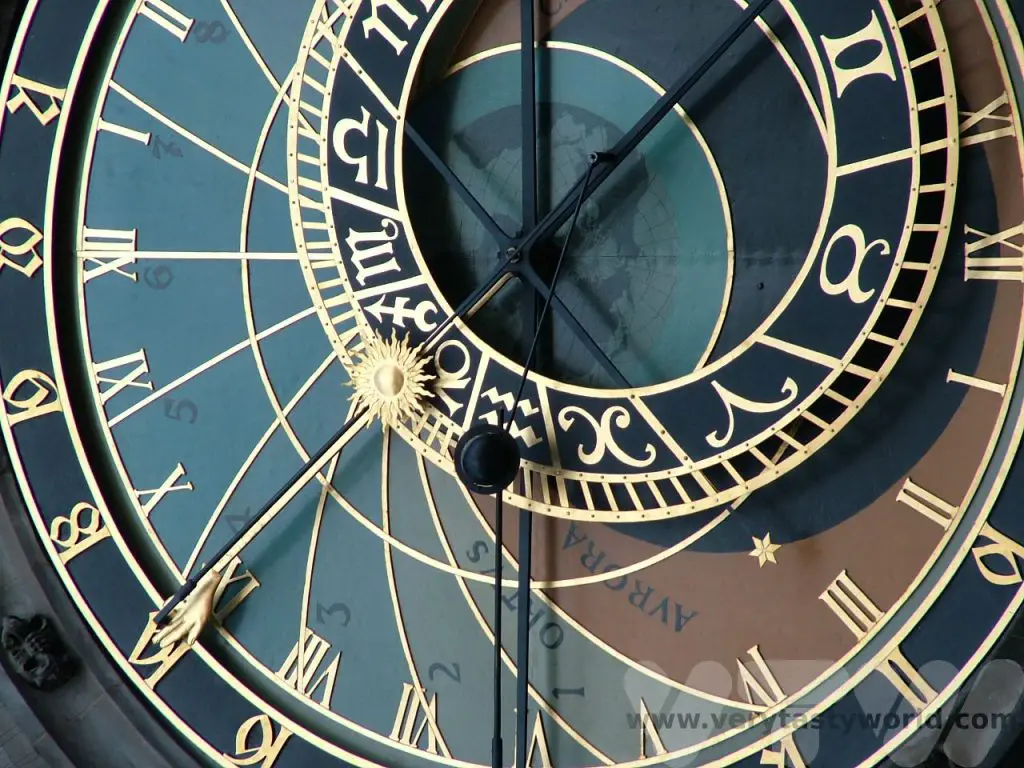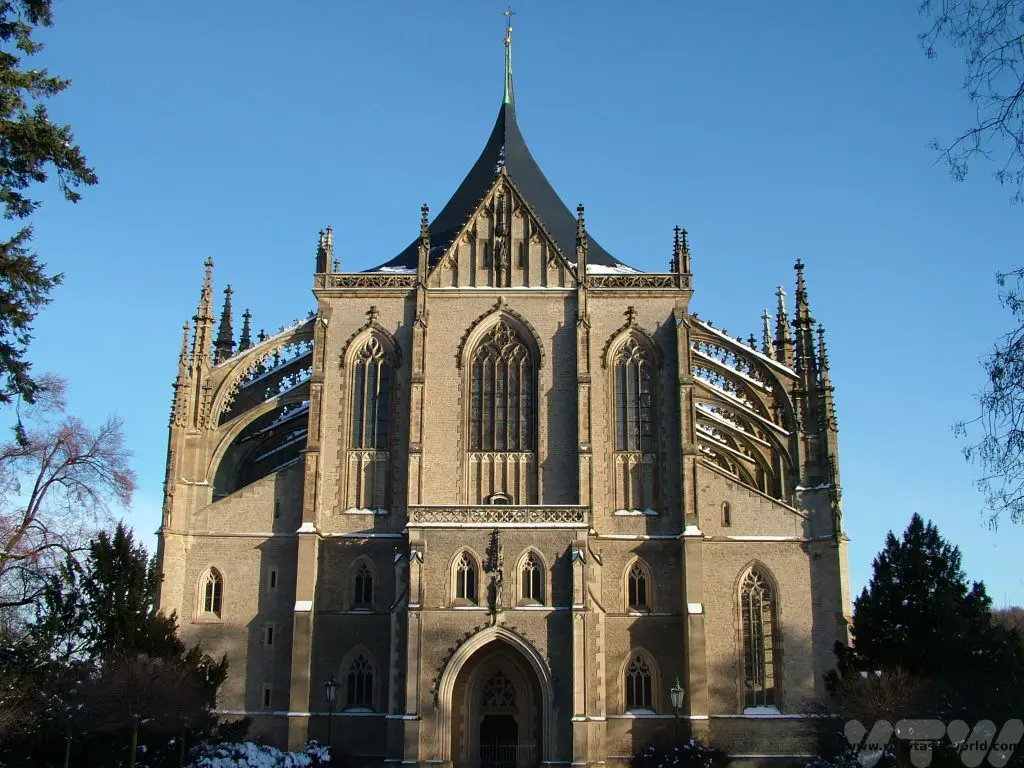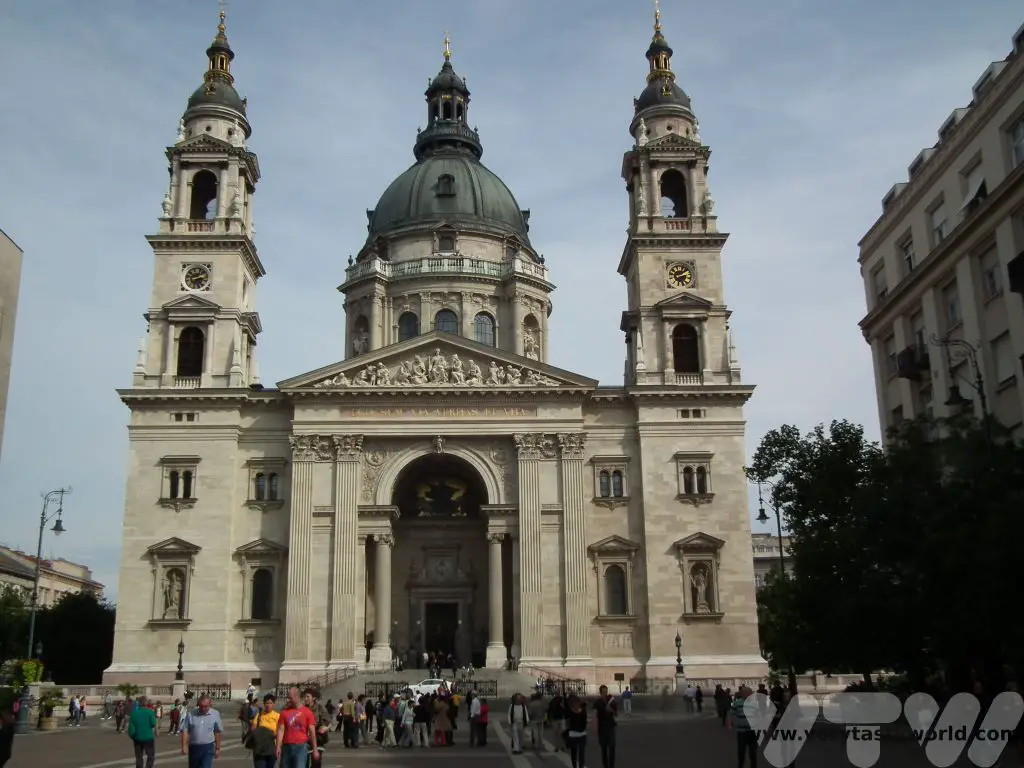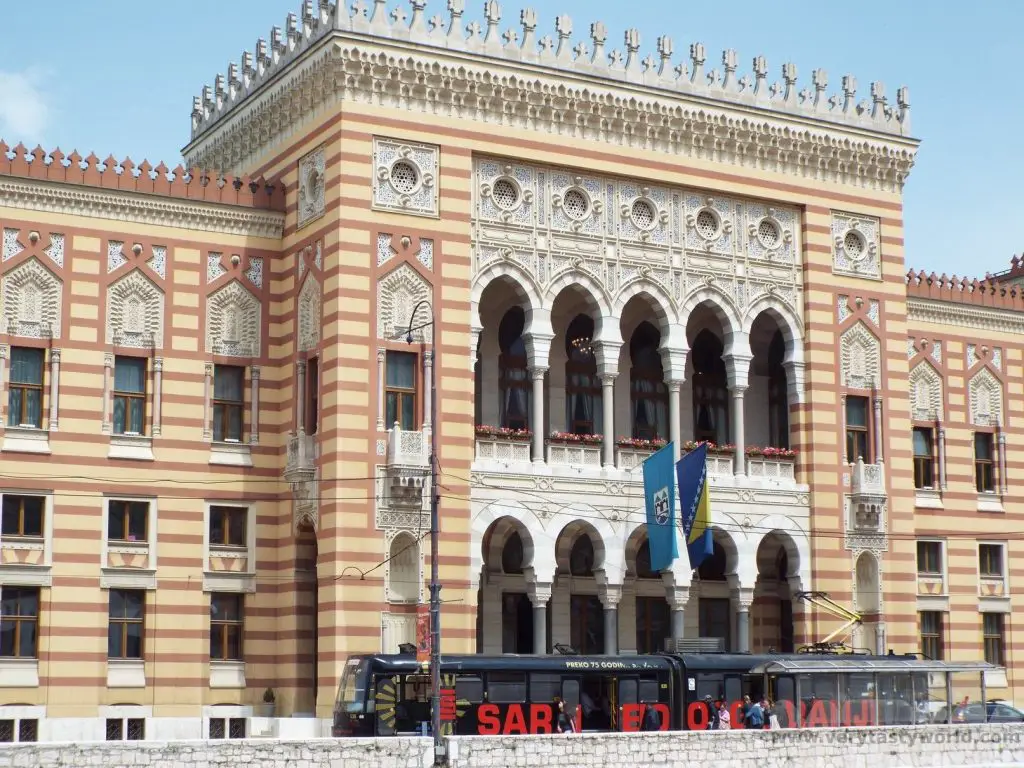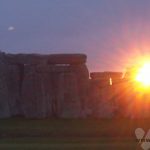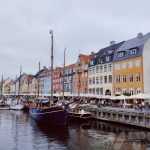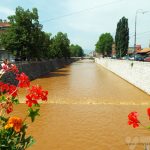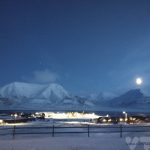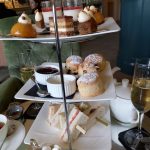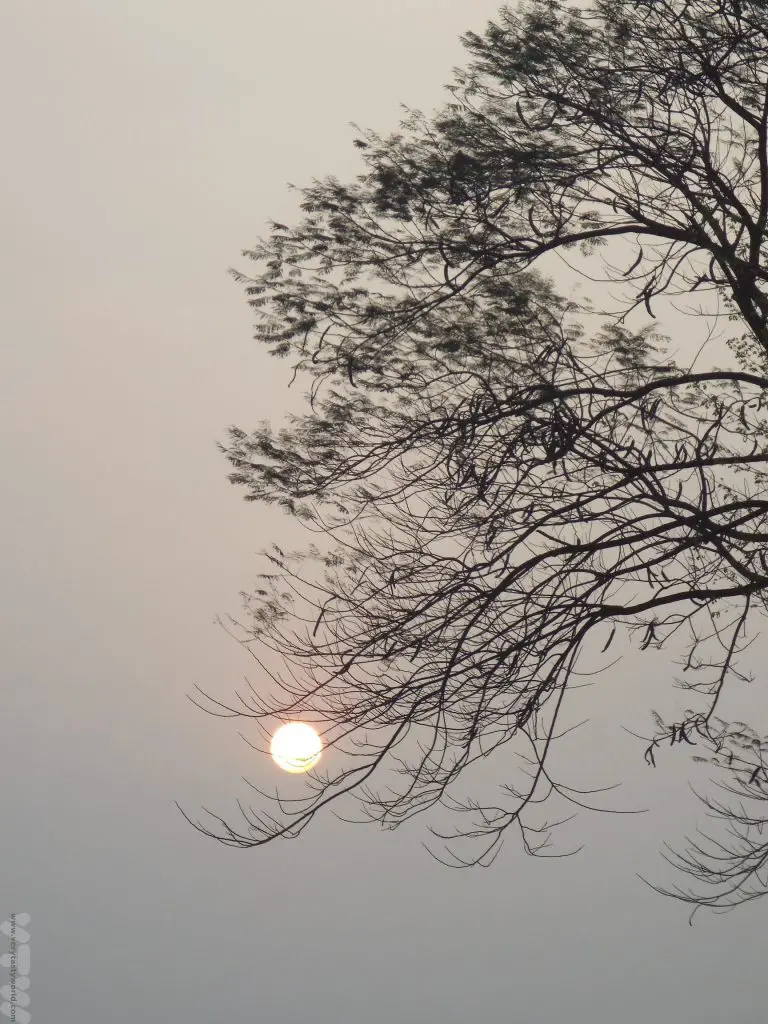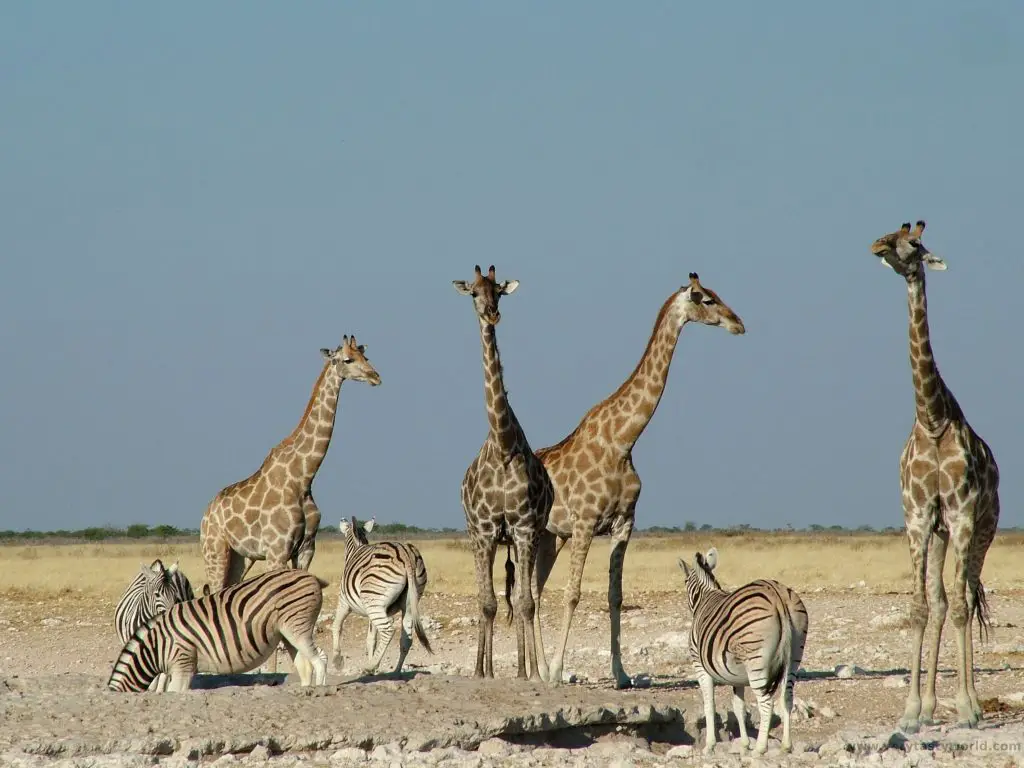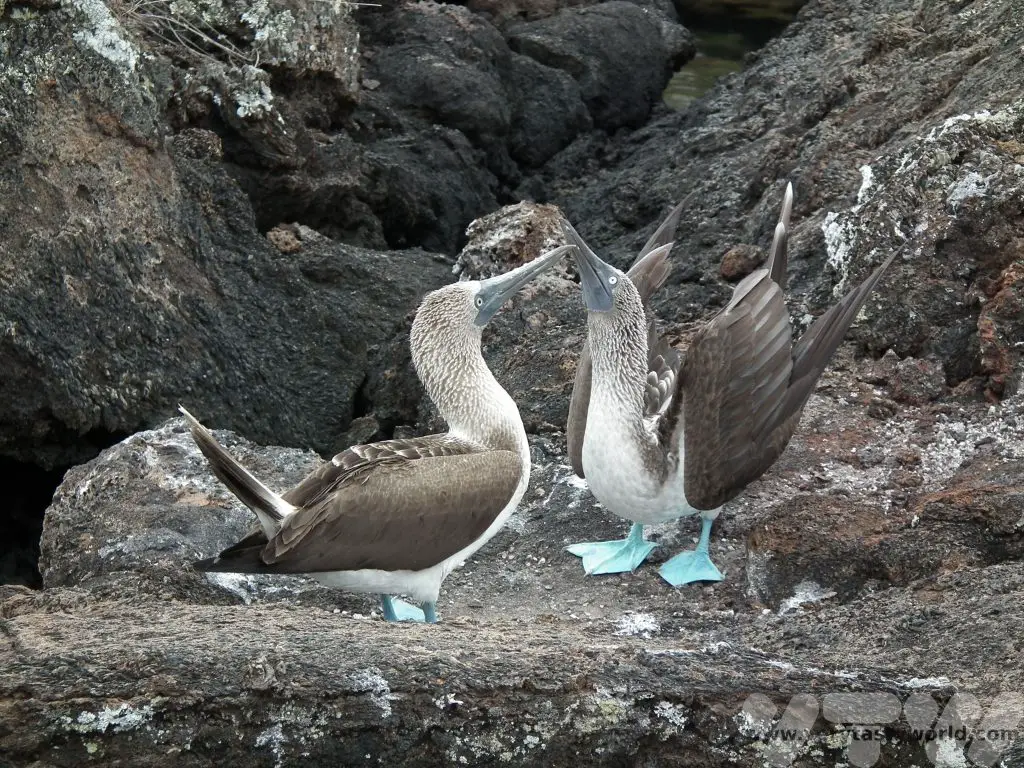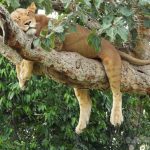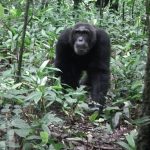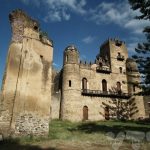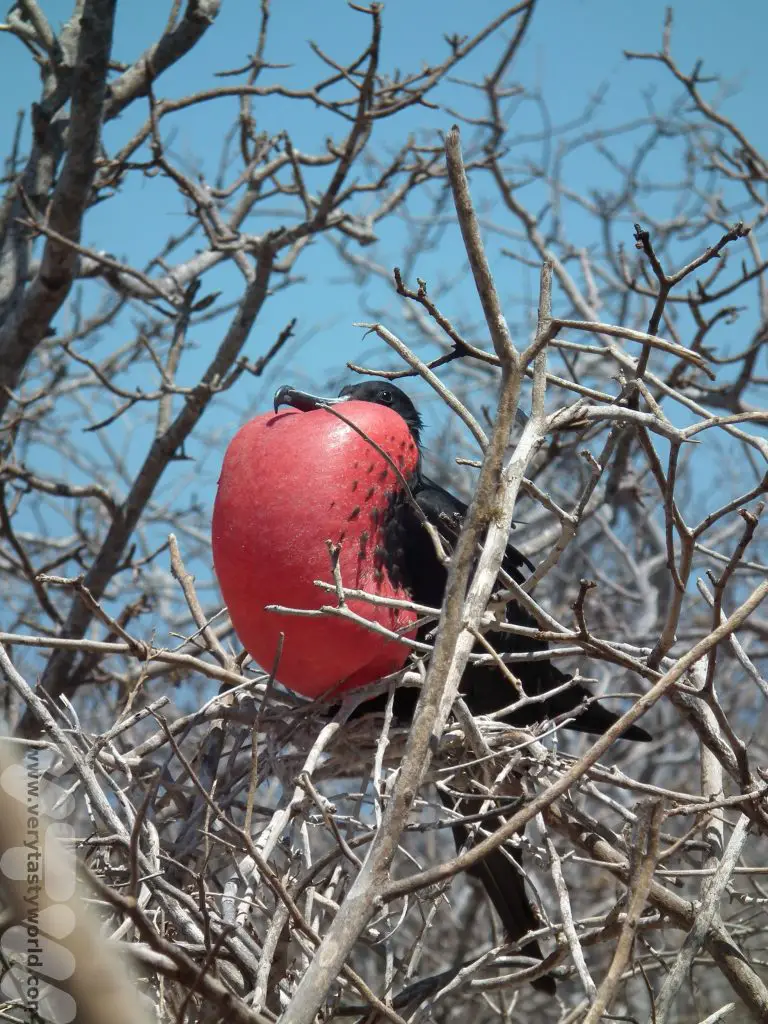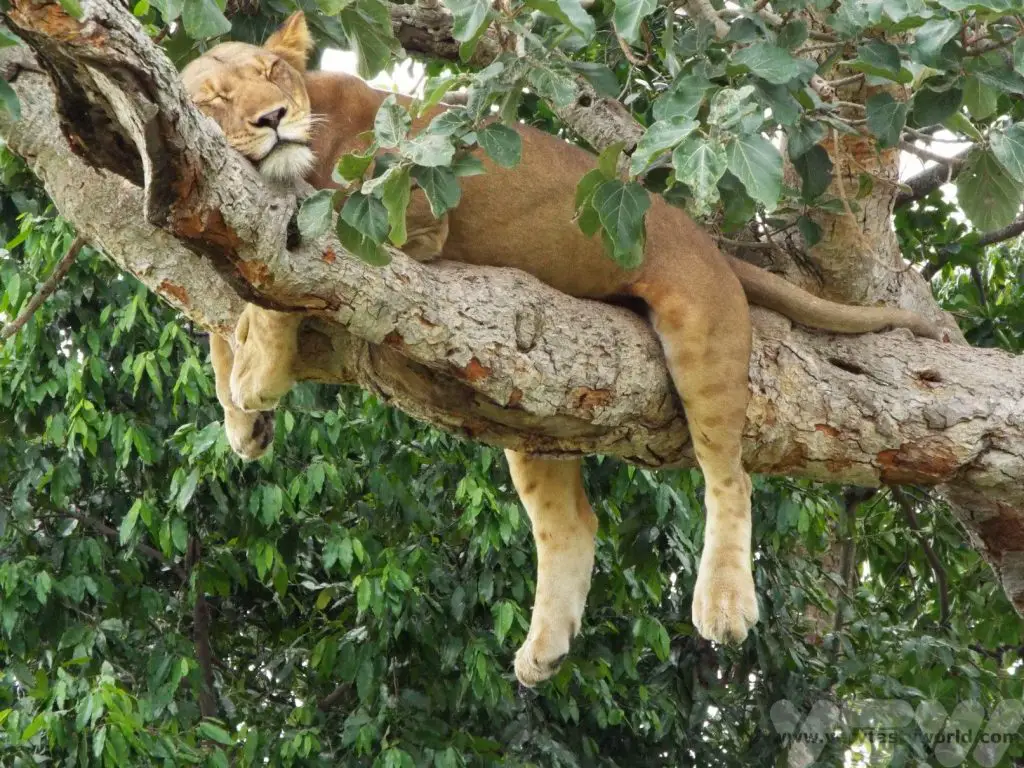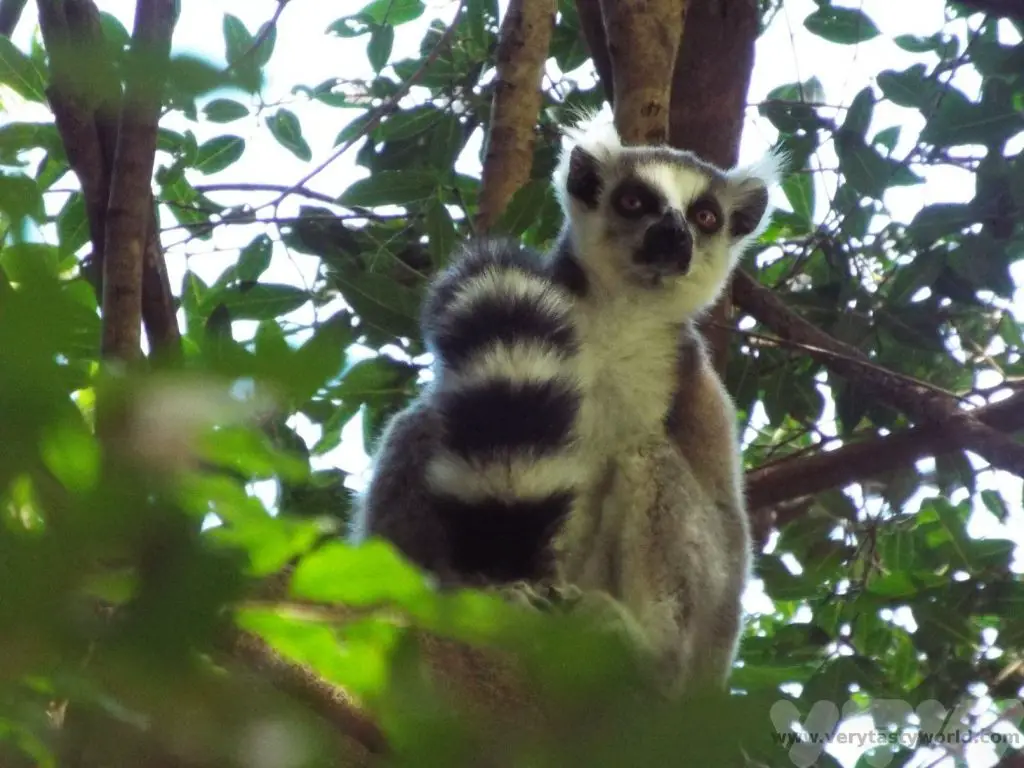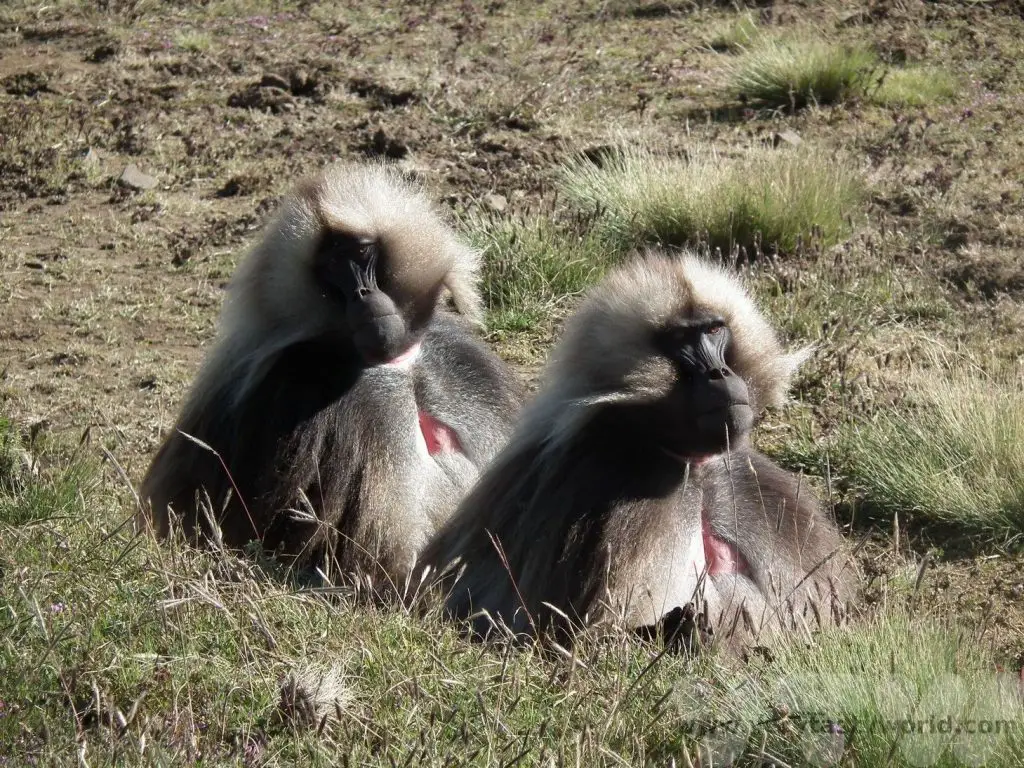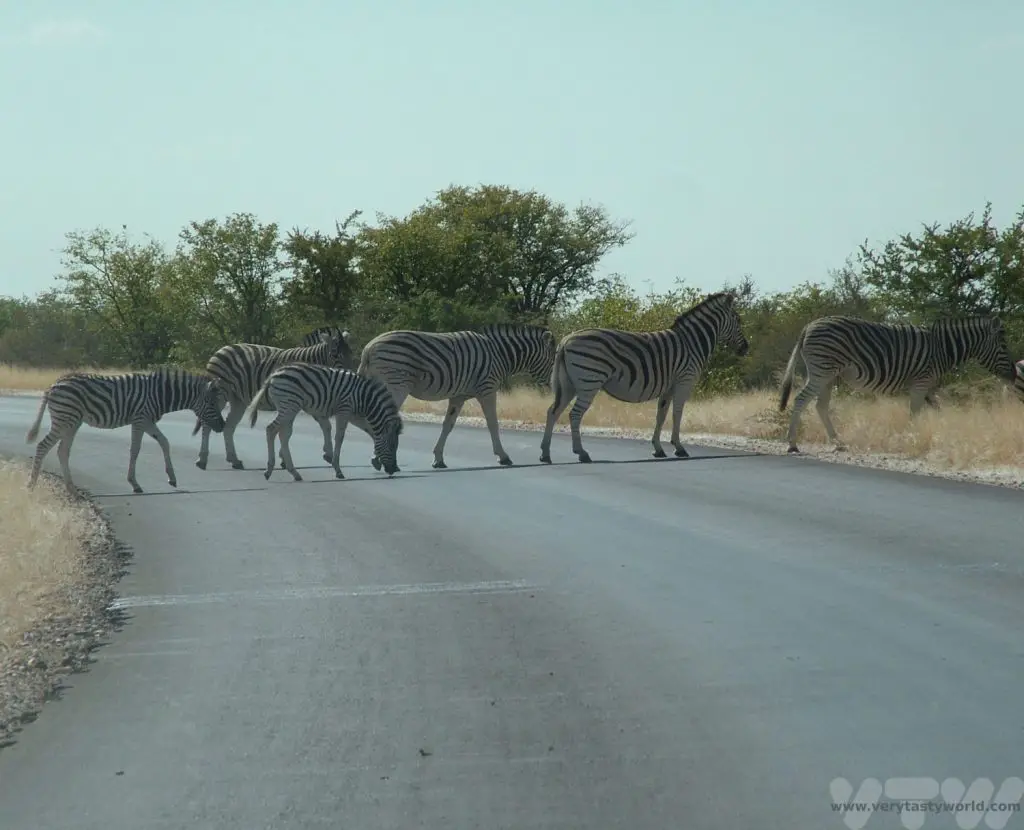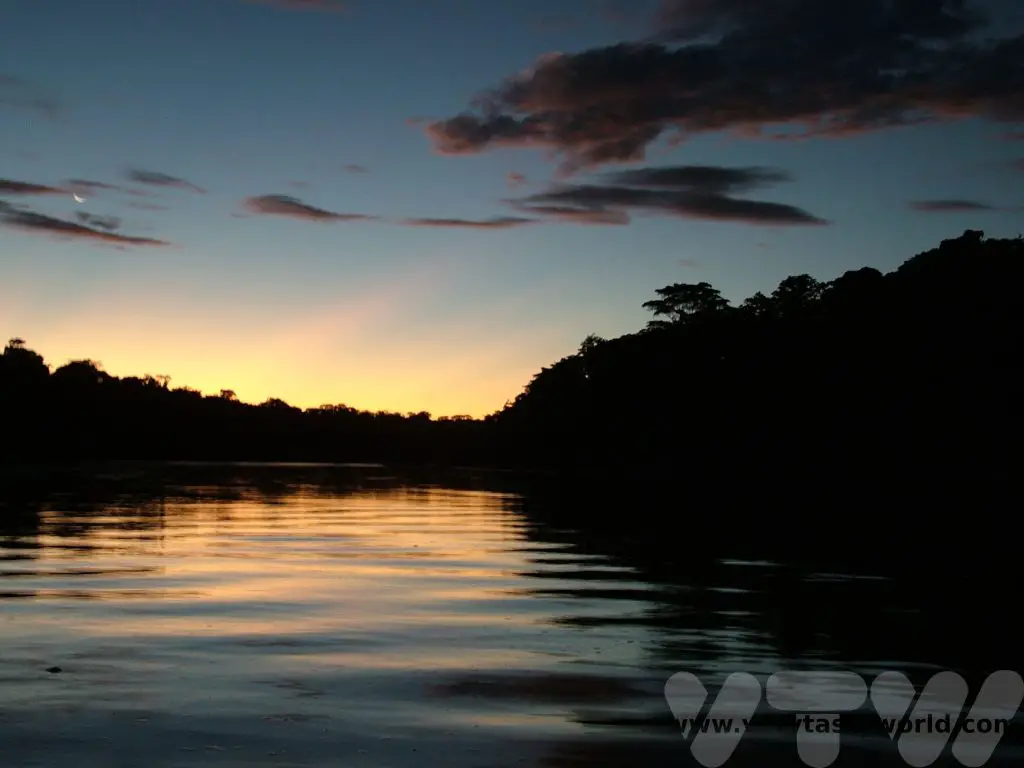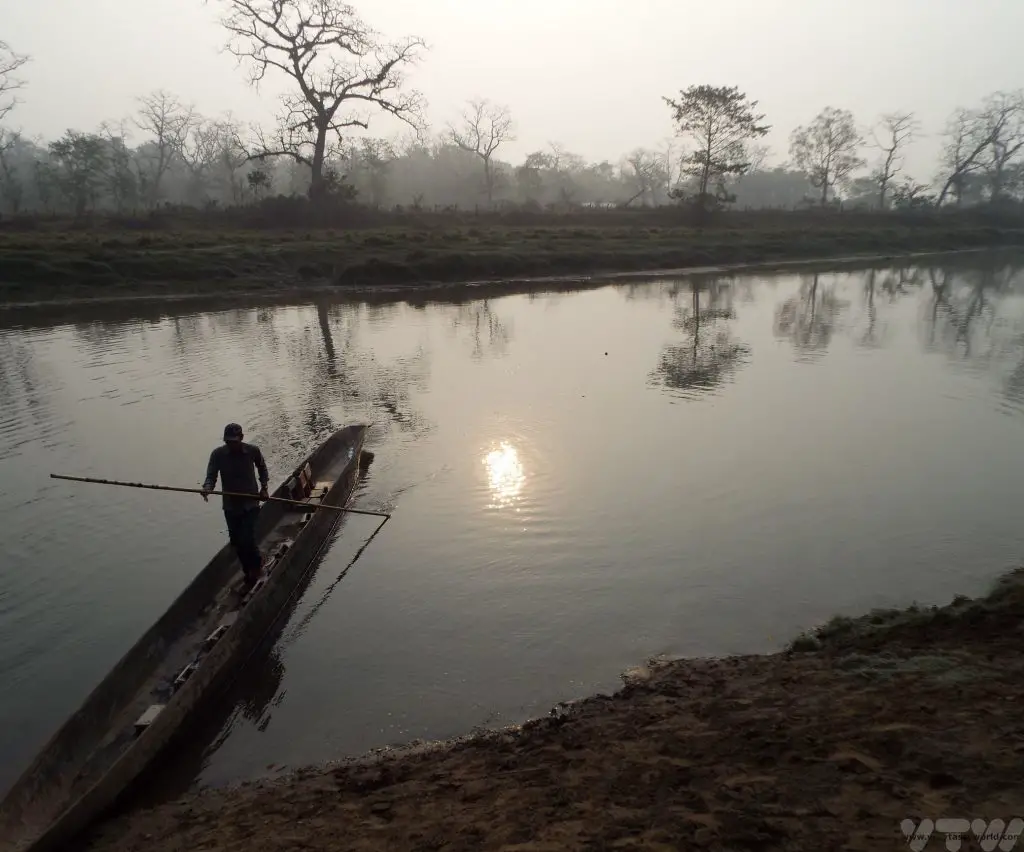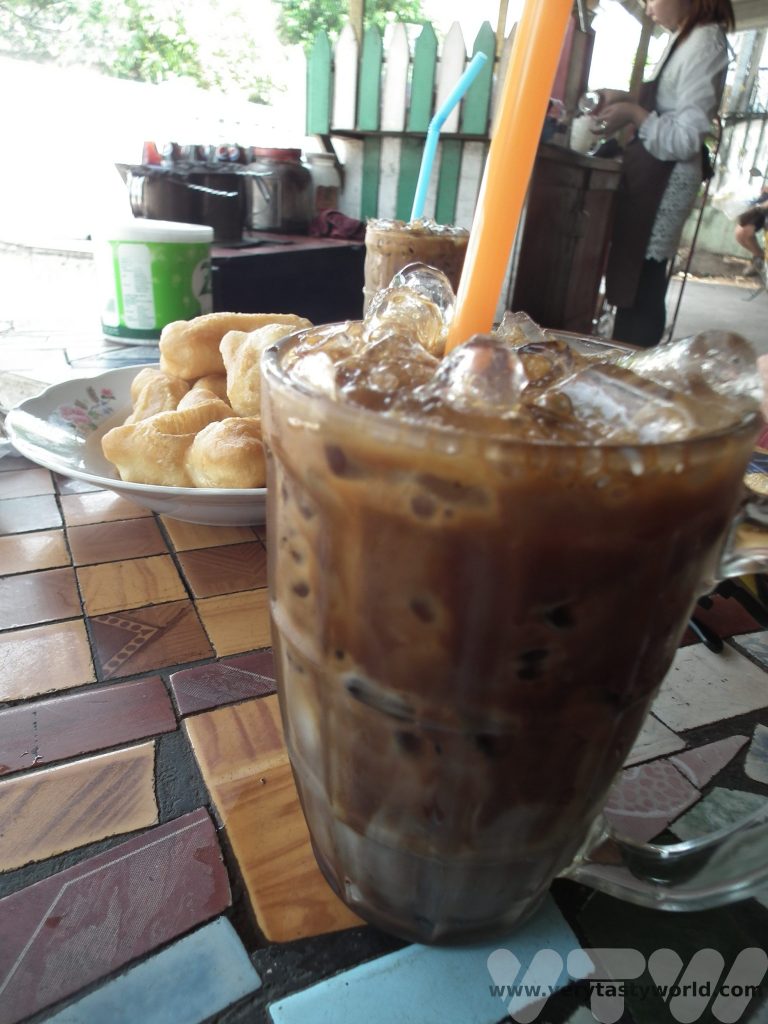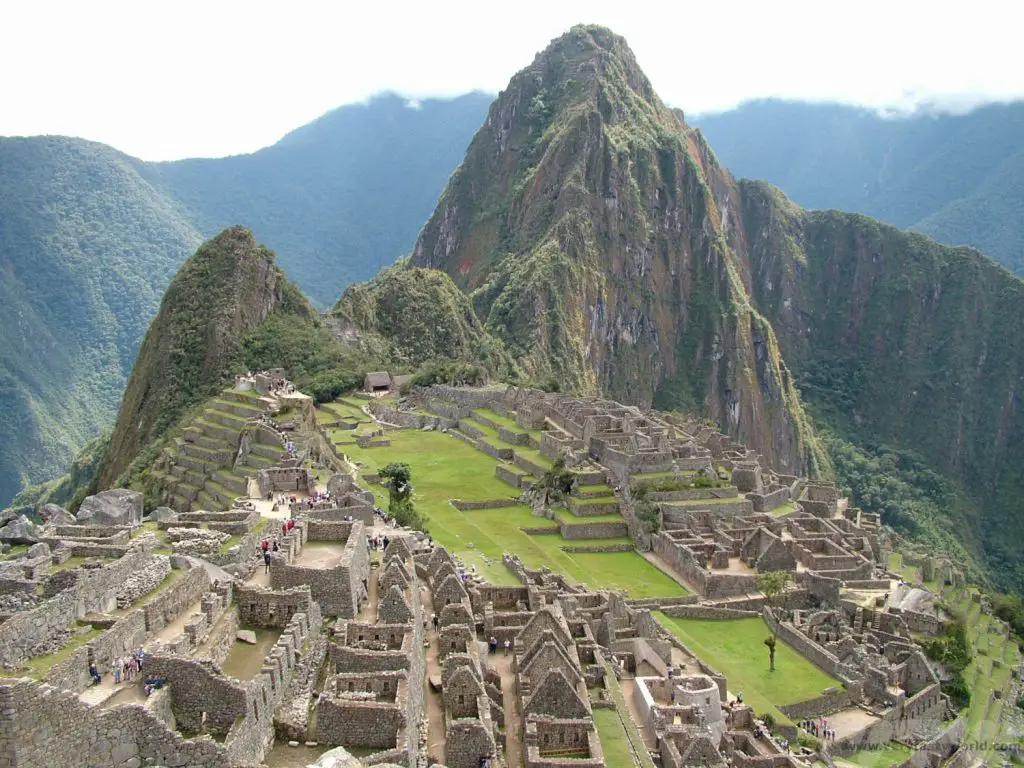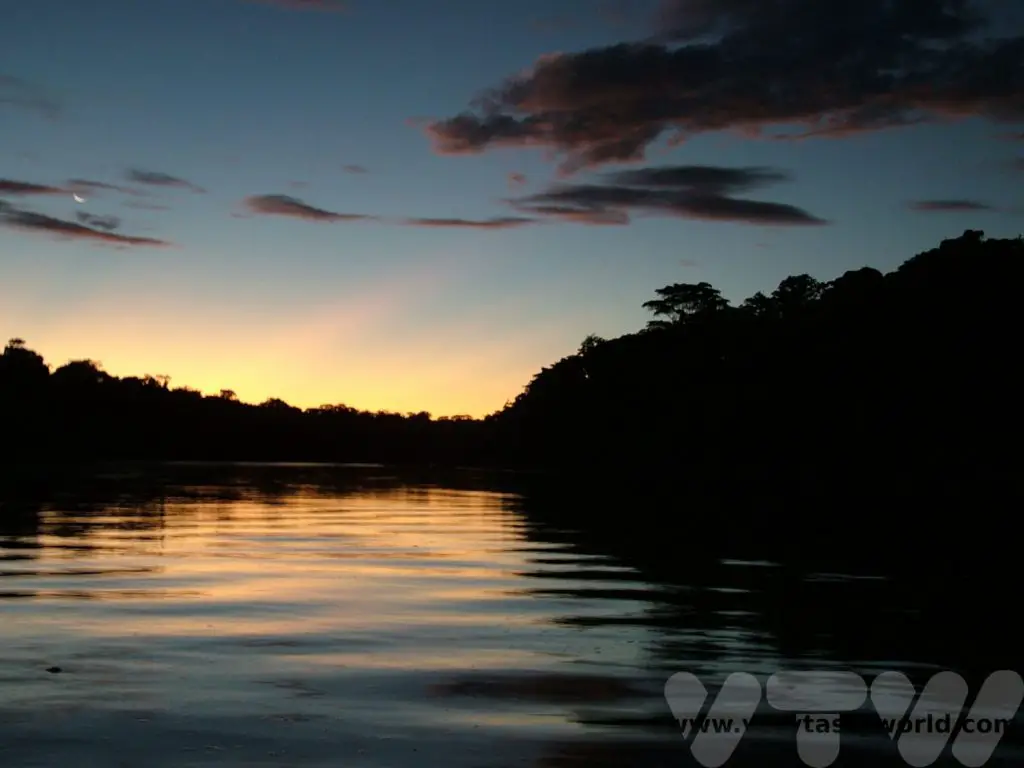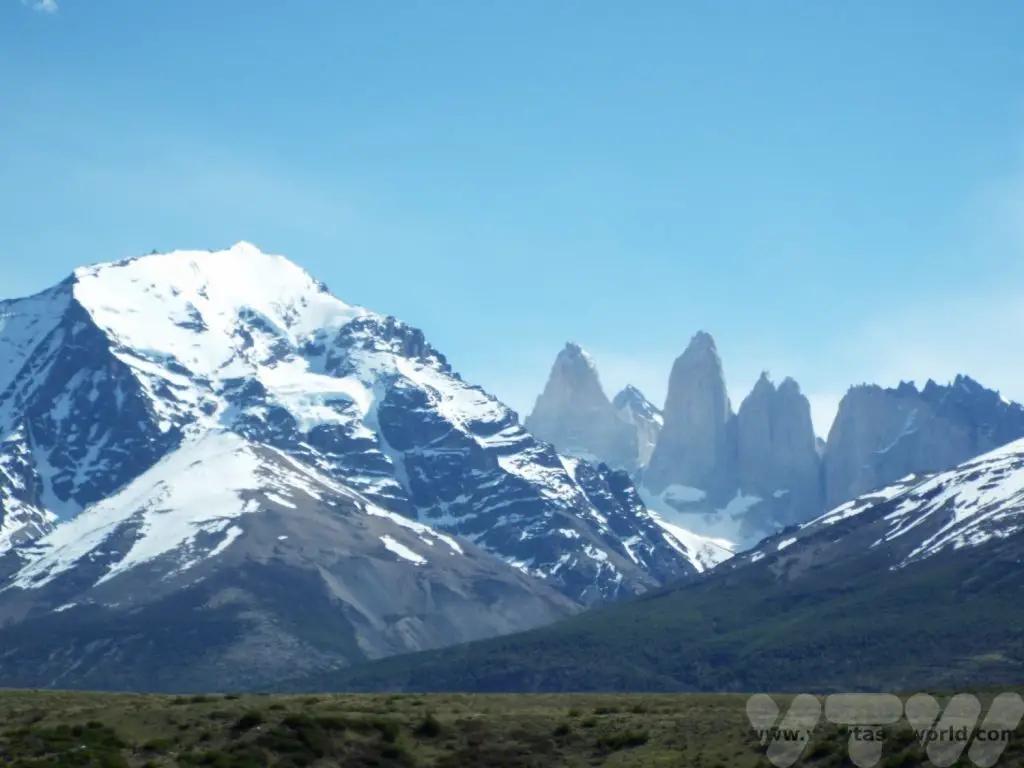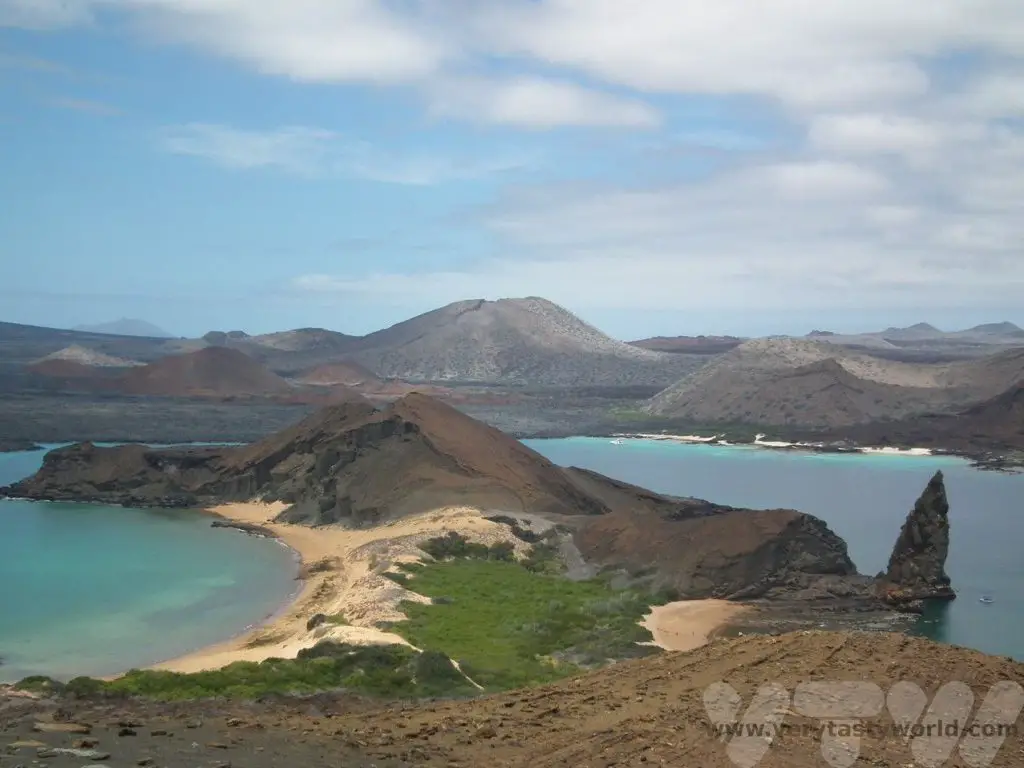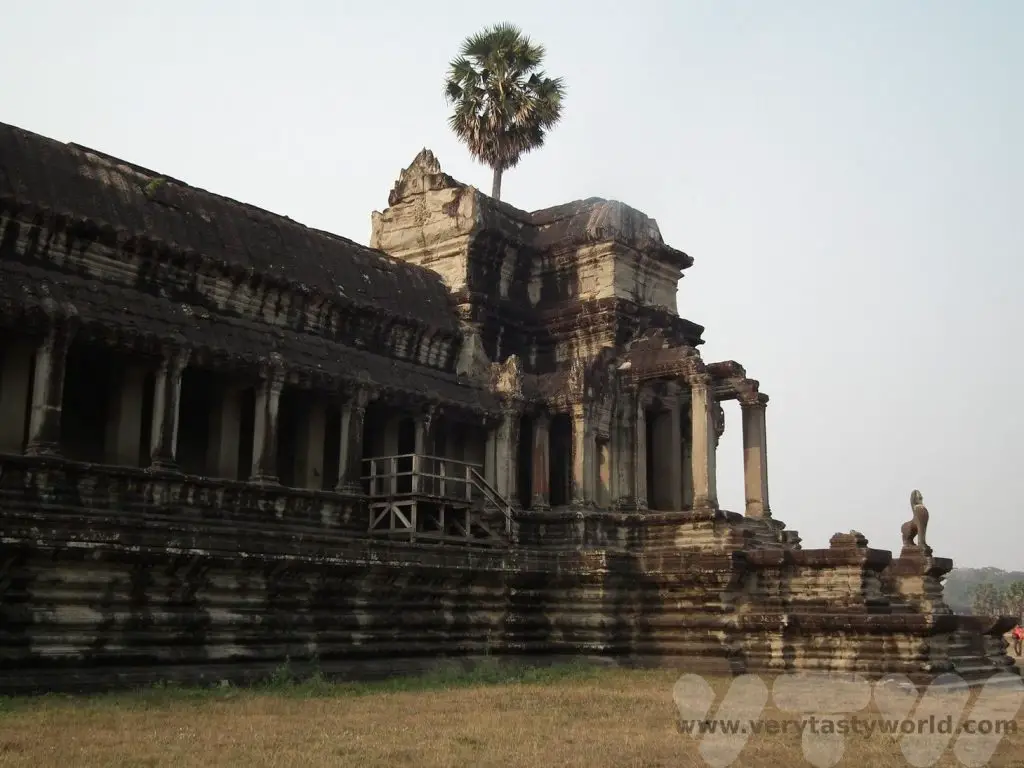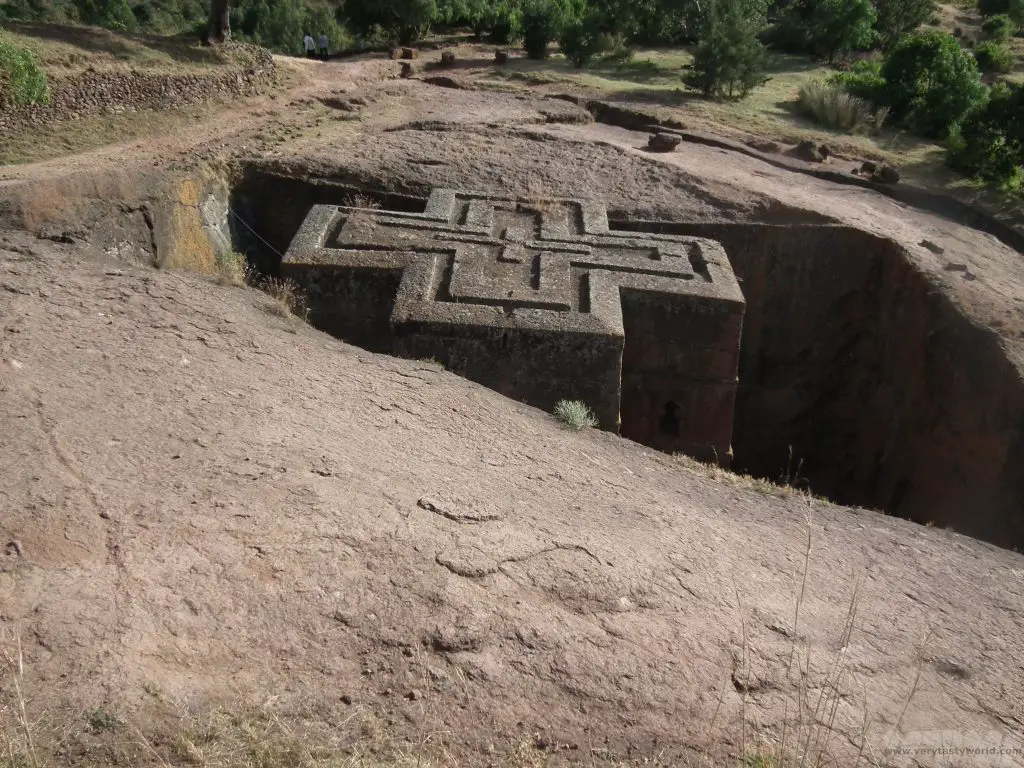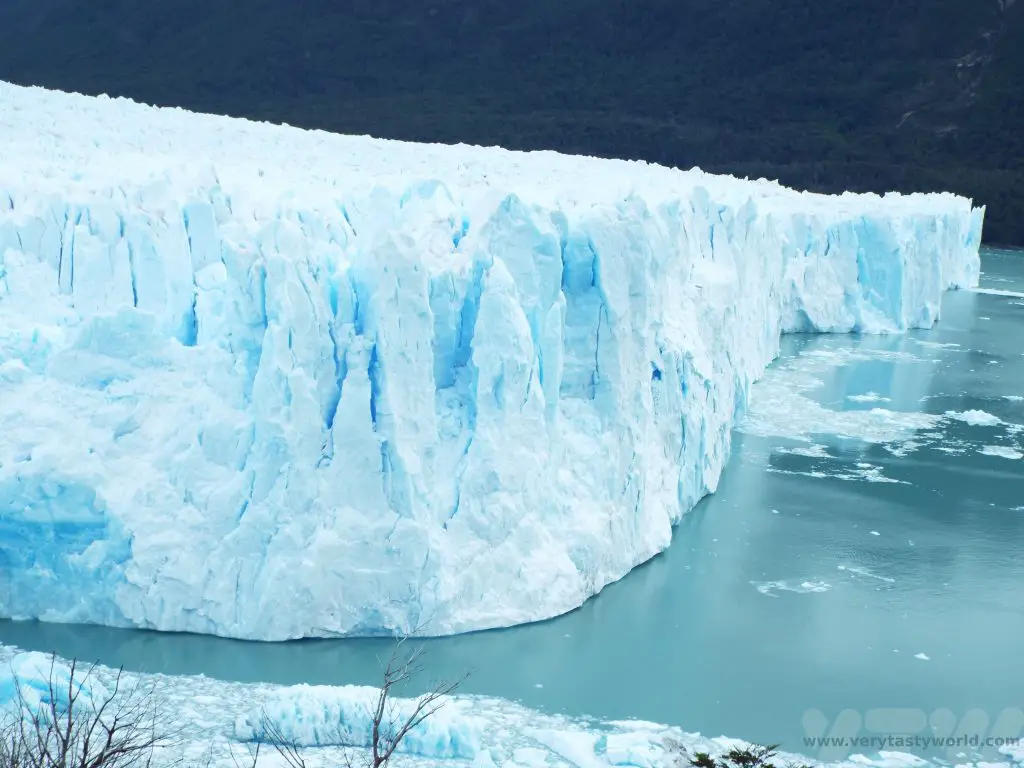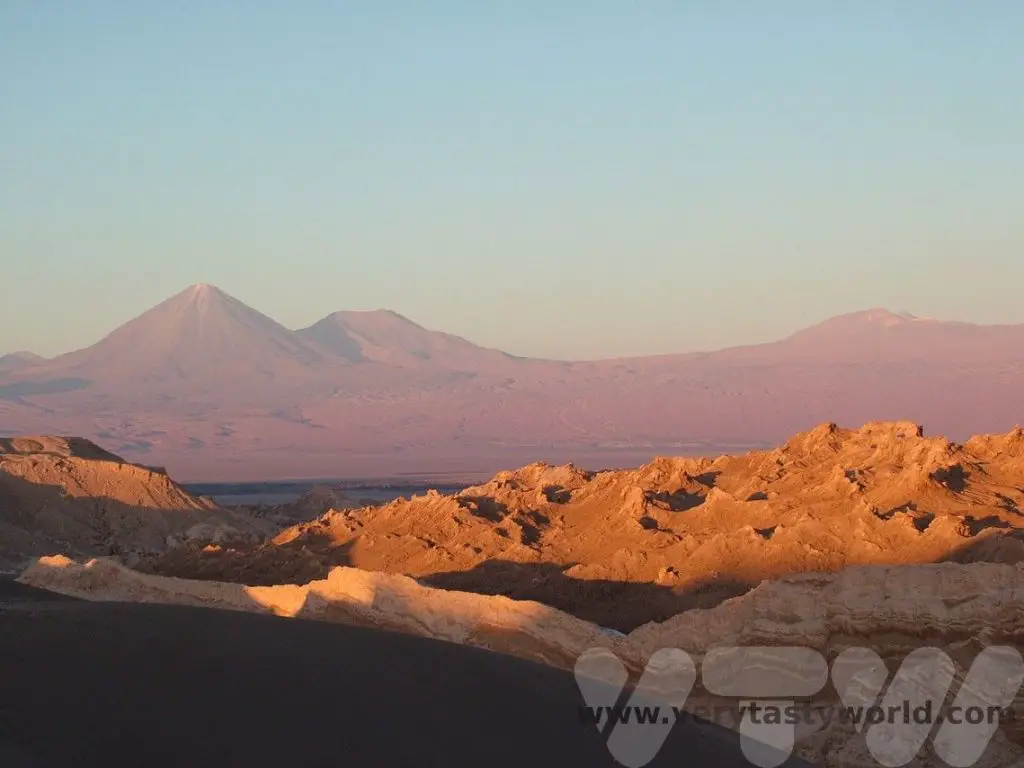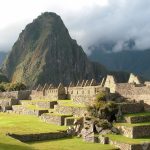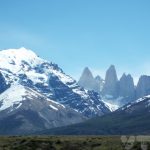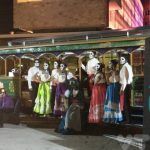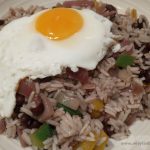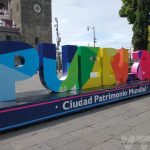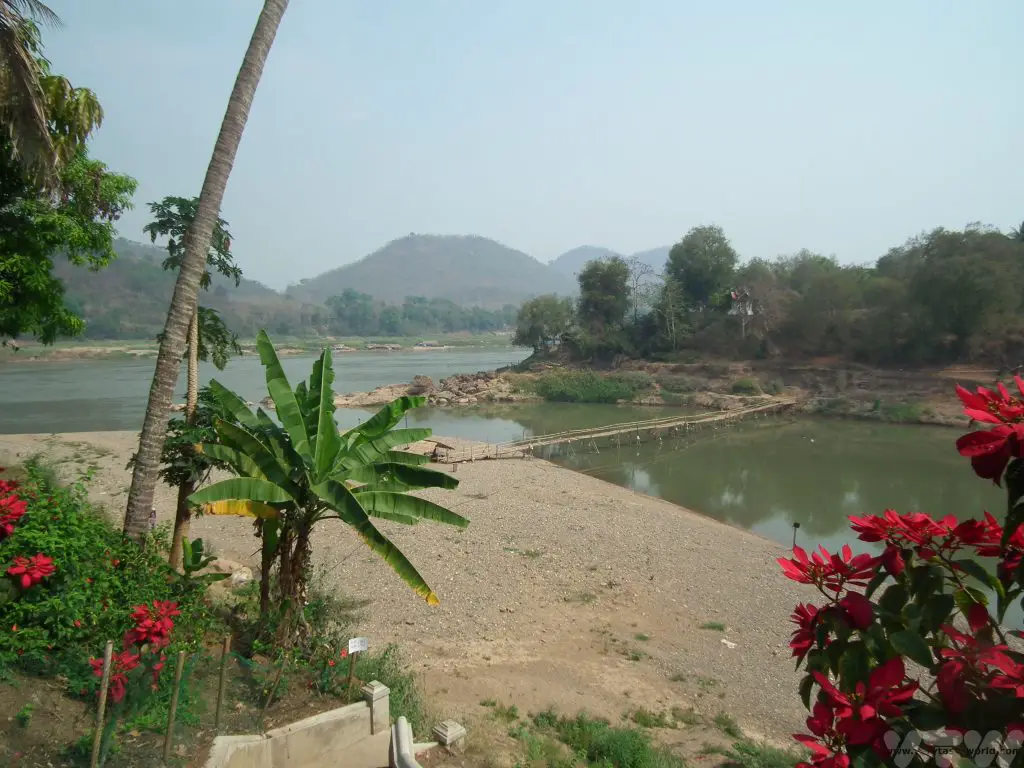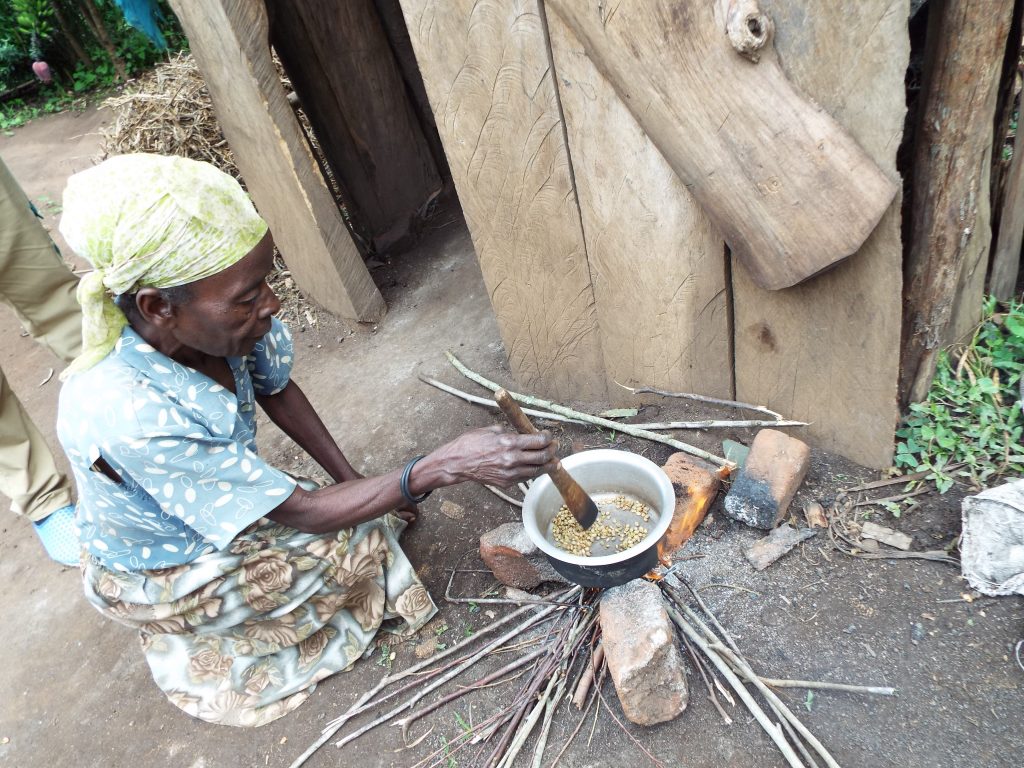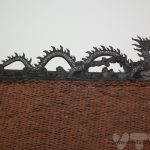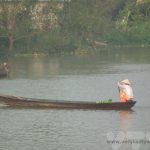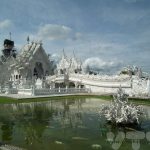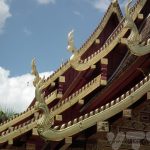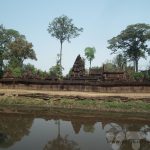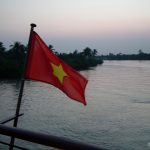1 Day in Mostar, Bosnia and Herzegovina
We have recently returned from a holiday travelling through Croatia and Bosnia Herzegovina, two countries that we have long wanted to visit. We decided to take a fly-drive trip, flying in and then hiring a car so that we could have flexibility touring through these two beautiful countries. We spent 1 day in Mostar exploring this beautiful city with its iconic bridge.
Driving in Bosnia and Croatia
We flew into Dubrovnik in Croatia (as that worked best for our flights from the UK) and then hired a car at the airport. It’s always worth pre-booking the hire car. Driving in both countries is pretty easy – the roads are generally good (they are better in Croatia which has a more established tourism infrastructure) and, even better, usually free of traffic. Due to the mountainous nature of region dual carriageways were rare and the drives were leisurely but the scenery throughout each drive was spectacular. We kept to the speed limit – and be aware that there are speed cameras, particularly close to schools in towns – but were overtaken on quite a few occasions.
An ordinary driving licence was fine for driving in Croatia but we needed to obtain an International Driving Permit (1968 version, available from Post Offices in the UK for £5.50) in order to drive in Bosnia Herzegovina. It was also important to ensure that the car hire company provided the car’s registration and insurance paperwork as we could have been asked to show it to police or customs officials at any time, particularly in Bosnia.
Border crossings were generally easy – we just needed to join the queue for cars and simply hand over our passports at the first check-in booth and then answer any questions as the next one, the customs booth. In Bosnia Herzegovina proof of Covid vaccination was needed (at the time of travelling). We had printed our Covid passes out so they were easily to hand but a mobile phone app would have been just as good. Our itinerary took us in and out of both countries. After an overnight stay in Mali Ston we headed into Bosnia Herzegovina.
Bosnia and Herzegovina’s History
Bosnia Herzegovina has a long and complex history. Its location in the Balkans is often described as the crossroads between south and south-east Europe. Populated by south Slavic people it was annexed into the Ottoman Empire, who brought Islam to the area, in the middle of the 15th century. Hence the population comprises Serb (Orthodox Christians), Croat (Catholic) and Bosniak (Muslim) peoples. This is reflected in the multitude of churches and mosques that can be seen throughout the region.
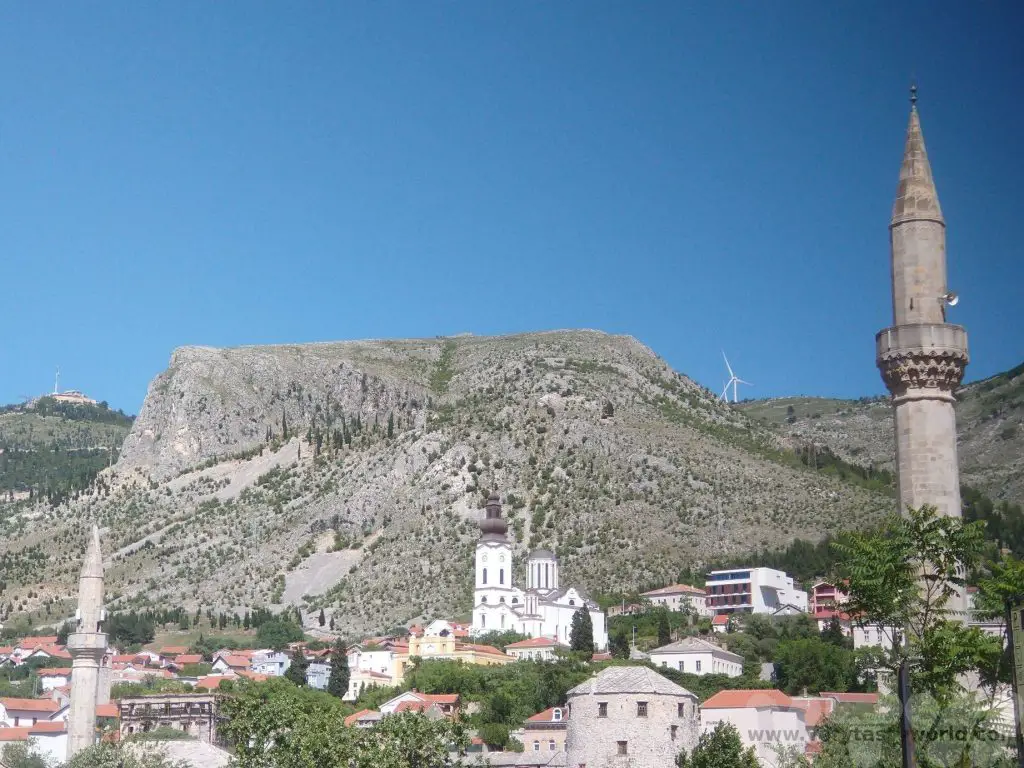
Mostar is the main (in fact, the only) city in Herzegovina. (The northern region of the country is Bosnia, with Sarajevo as its capital, and Herzegovina is the south.) Mostar is located on the Neretva river, surely one of the world’s most beautiful rivers, with its crystal clear turquoise water. The city is most famous for the Stari Most bridge that crosses the river. It was commissioned by Suleiman the Magnificent in 1557 and completed somewhere between 1566 and 1567.
It was the widest constructed arch in the world at the time at 30 metres long and 4 metres wide. The drop to the water is around 20 metres depending on the river level. The Ottomans were clever in that this was the only bridge spanning the river for several centuries – the word Mostar derives from ‘mostari’ – bridge keepers – so that the authorities could impose tolls on the traders who needed to cross as they moved their goods through the region. The bridge is flanked by two impressive towers.
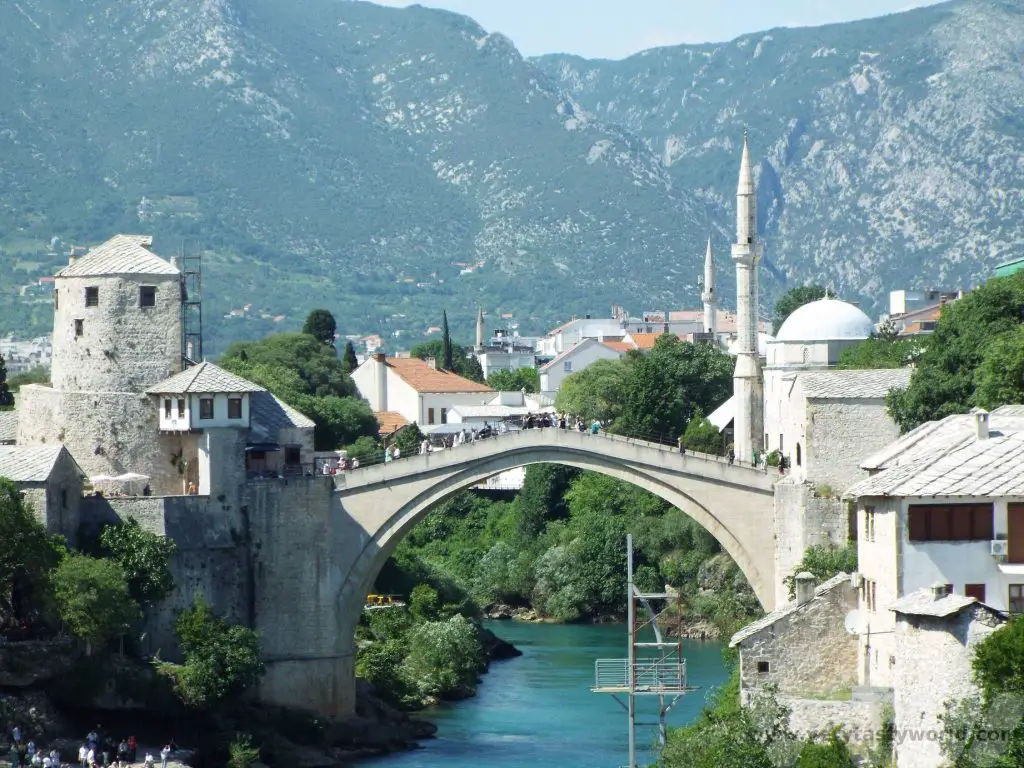
Following the decline of the Ottoman Empire and then the annexation of Bosnia Herzegovina by the Austro-Hungarian Empire in 1909, the Kingdom of Yugoslavia was established in 1929 after World War 1. This became the Socialist Federal Republic of Yugoslavia, under the rule of Josip Broz Tito, following World War 2. The region remained stable until the breakup of Yugoslavia in the early 1990s. Following Slovenia and Croatia’s respective secessions from Yugoslavia, Bosnia Herzegovina held an independence referendum in February 1992. The outcome was in favour but, while most Bosnian Croats and Muslim Bosniaks had voted, the referendum had been boycotted most of the Bosnian Serbs, a significant proportion of the population. A series of events following this led to war breaking out between the different groups. It lasted until December 1995.
It is incredibly difficult to summarise – let alone truly understand – the complexities of the war but what is undeniable is how horrific it was. This was a war that happened during our lifetime – we remember from seeing news reports on the television at the time. We spoke to a number of local people – from all ethnicities – during our time in Bosnia Herzegovina and they told us about their experiences living through the war, notably the Siege of Sarajevo. Following the peace declaration, the government structure in Bosnia Herzegovina has become incredibly complex with representatives from each ethnic group holding positions of power. For example, the country has three presidents: a Bosniak, a Serb, and a Croat.
One of the consequences of the war for Mostar was the destruction of the Stari Most bridge in December 1993. It was not only considered to be a strategic bridge (the other bridges crossing the river in Mostar were also destroyed) but also a cultural icon. The bridge was rebuilt after the war using funding from a variety of sources and many different countries contributed to the fund. The aim was to reconstruct the bridge in identical style and using similar materials (some salvaged from the original bridge where possible). It was reopened in 2004.
1 Day in Mostar – A Walking Tour
When visiting a new city, particularly when we are touring and short on time, we enjoy taking a walking tour. There are usually lots of options available but we especially like the ‘free tours’ which are run by local guides (who will expect a tip at the end of the tour and absolutely deserve one) who can show you the main places to visit in Mostar, explain the history of the area and give some personal insight into the country. They are also the perfect people to recommend local food and restaurants.
We started at the Spanish Gymnasium, which is the first public school in Mostar (the word derives from the European term for high school rather than being an exercise centre). It’s about a 20 minute walk from the centre of the city and is a good meeting point as its orange colour is very easy to spot. It is a working school so entering the building isn’t possible.
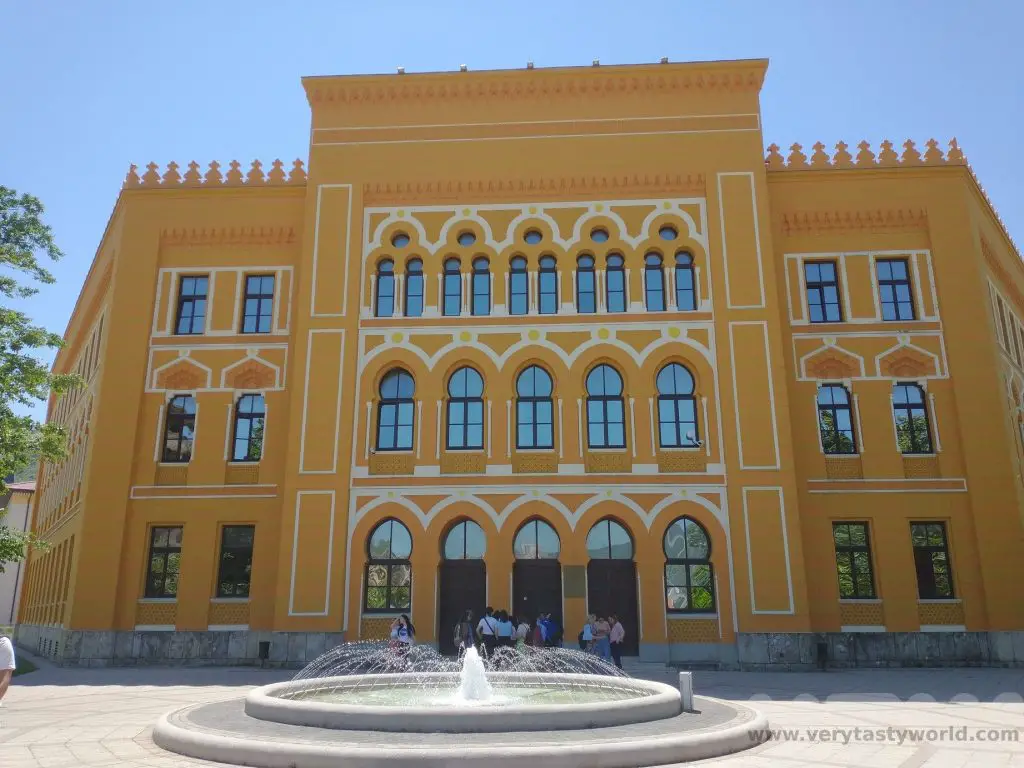
The gymnasium is located next to the Zrinjevac City Park, which is a pretty park that has a rather unusual statue. We really weren’t expecting to see a life-sized (well, apparently it’s 4cm short of life-sized) statue of Bruce Lee. Apparently he was chosen as a symbol of diversity and couldn’t be perceived to have an affiliation with any of the local ethnicities, but rather represented “loyalty, skill, friendship and justice.”
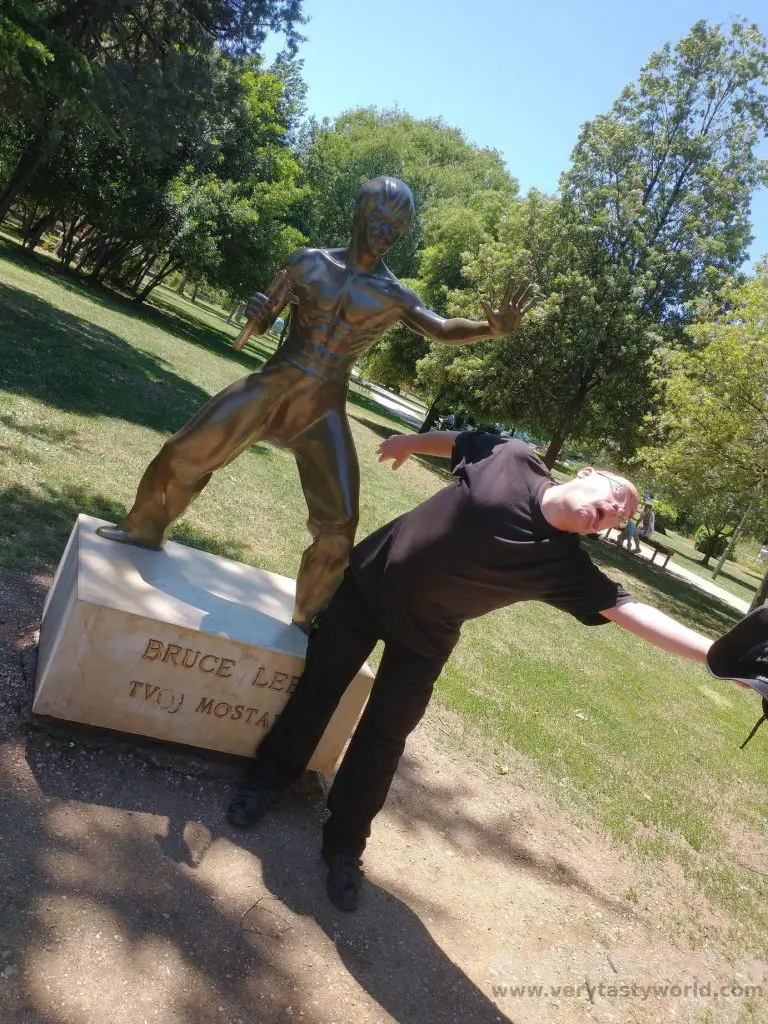
When walking around Mostar the scars of the war remain. We walked through the former financial district – many of the buildings are still shells. Our guide explained that while reconstruction work had taken place following the war, the capital Sarajevo had received more money to rebuild. There was still a lot of work that needed to be undertaken throughout Bosnia and Herzegovina.
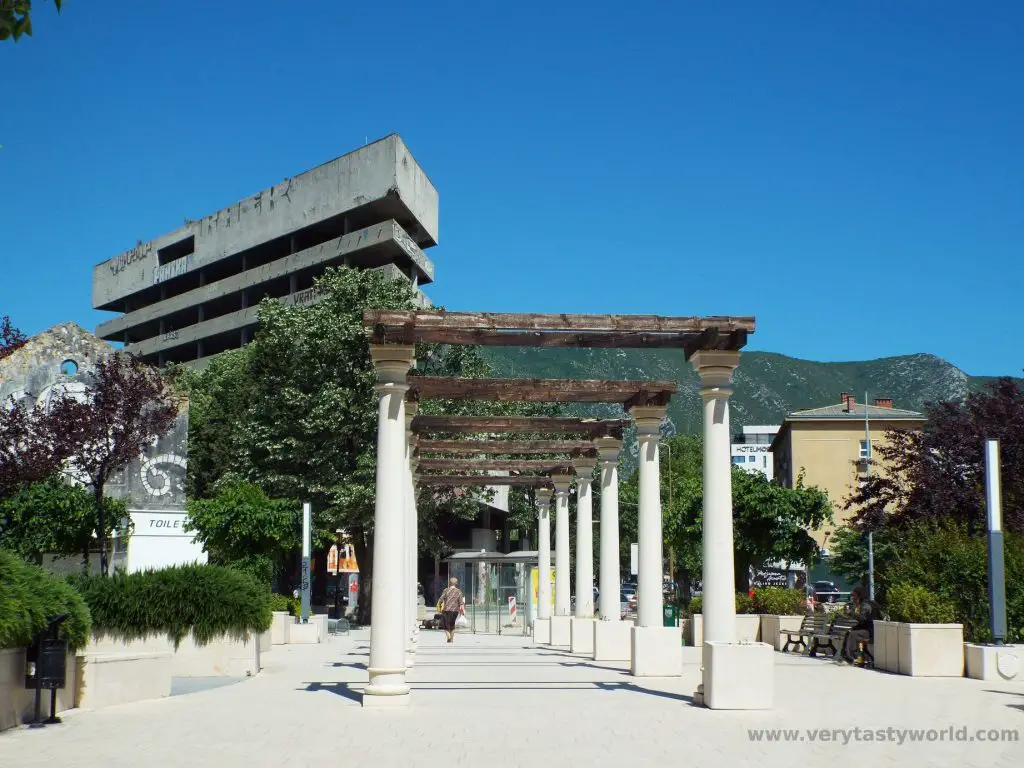
Walking across the Most Musula bridge we could see good views to the hills above. Although walking up to the summit would ensure a magnificent panorama of the city, the area sadly still contains land-mines.
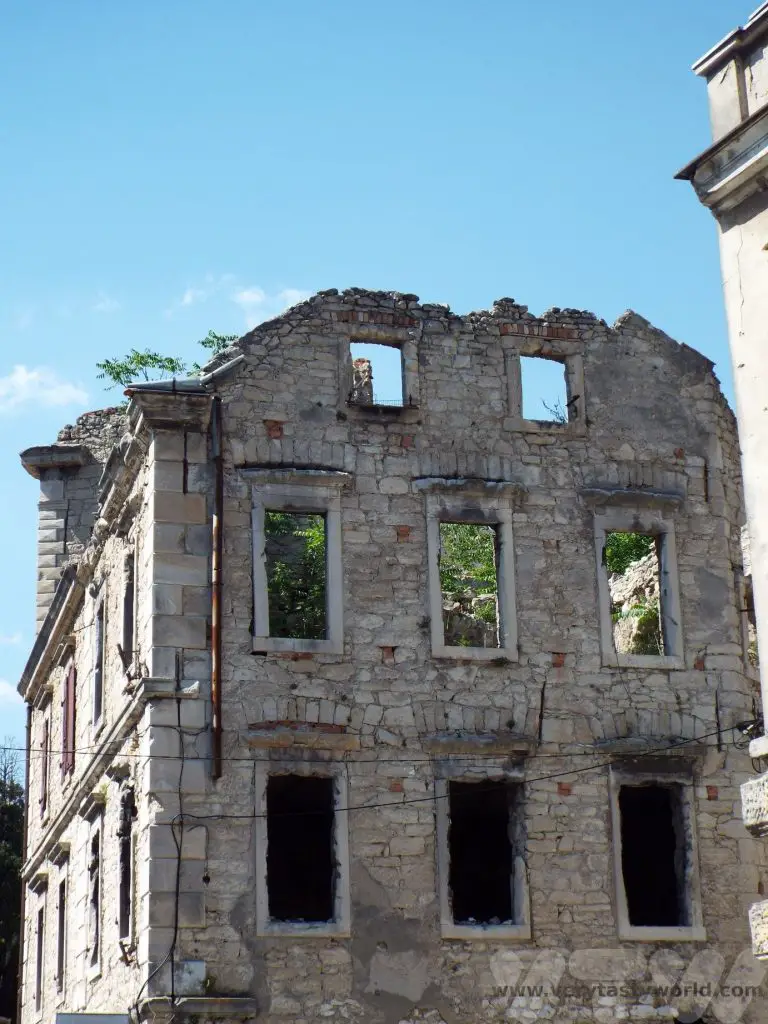
We then headed towards the older part of the city. The Karadoz Bey Mosque is one of the largest mosques in the region and dates from the same year as the Stari Most bridge.
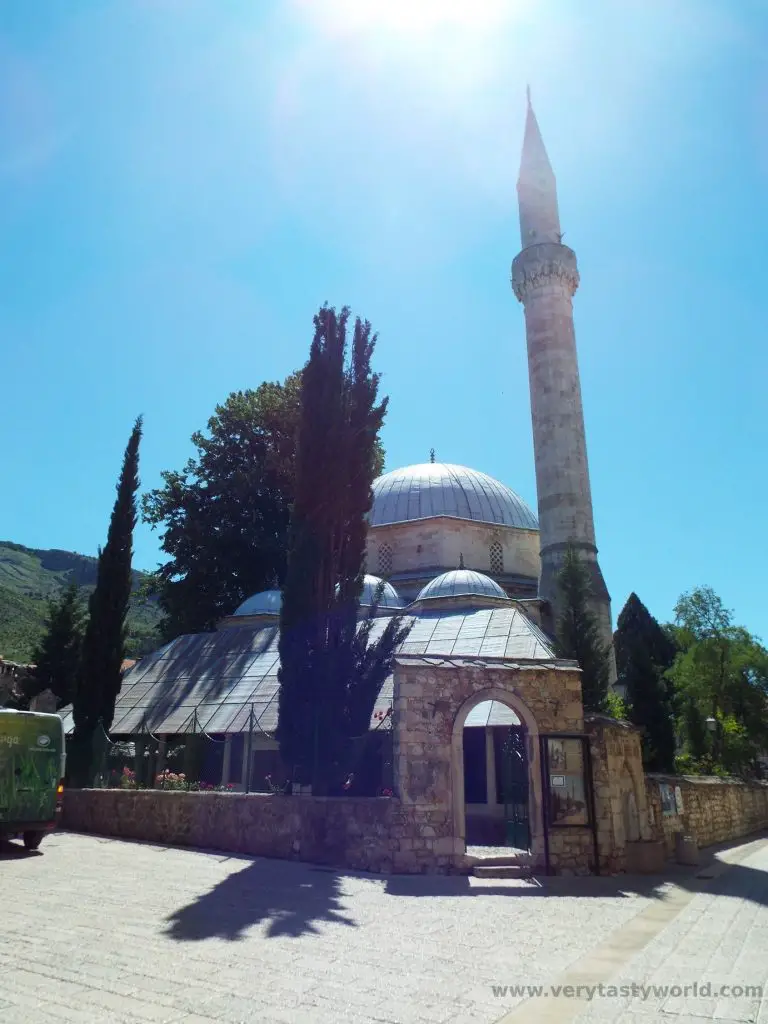
It is possible to visit the Koski Mehmed Pasha Mosque. It is located on a side street just away from the main street.
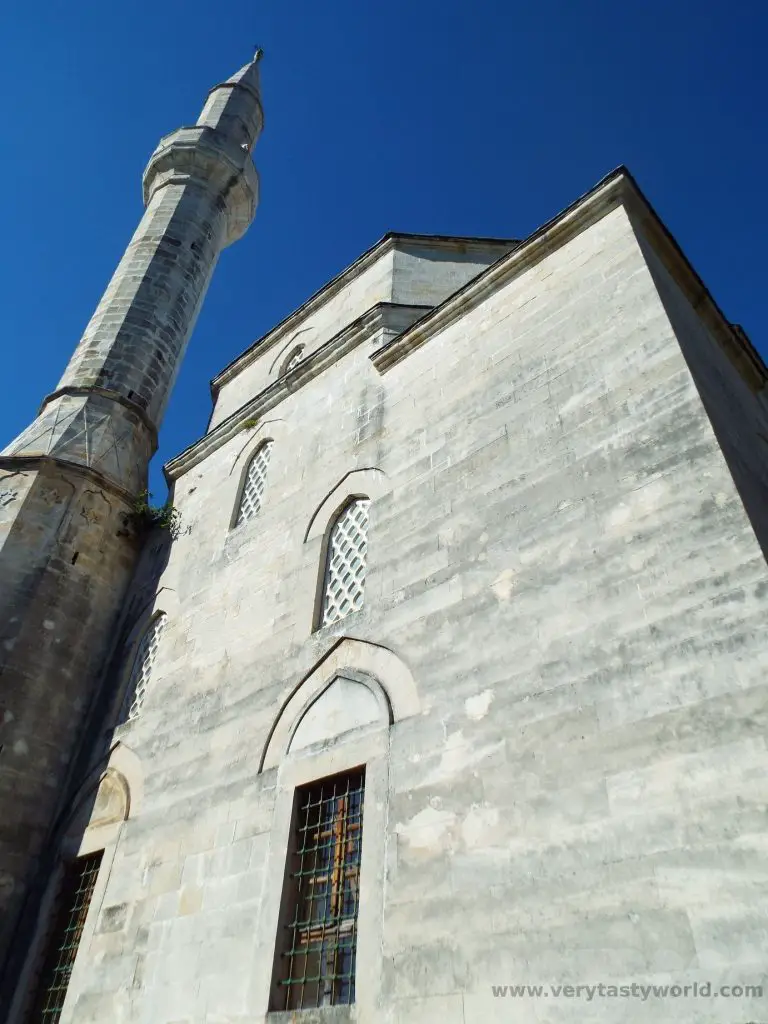
Outside is a fountain traditionally used for washing before entering the mosque to pray.

For visitors it costs 4 Euros to enter the mosque and a further 4 Euros to climb the minaret. Photos were allowed and, although we asked if they would like us to remove our shoes and cover our heads, we were told that it wasn’t necessary.
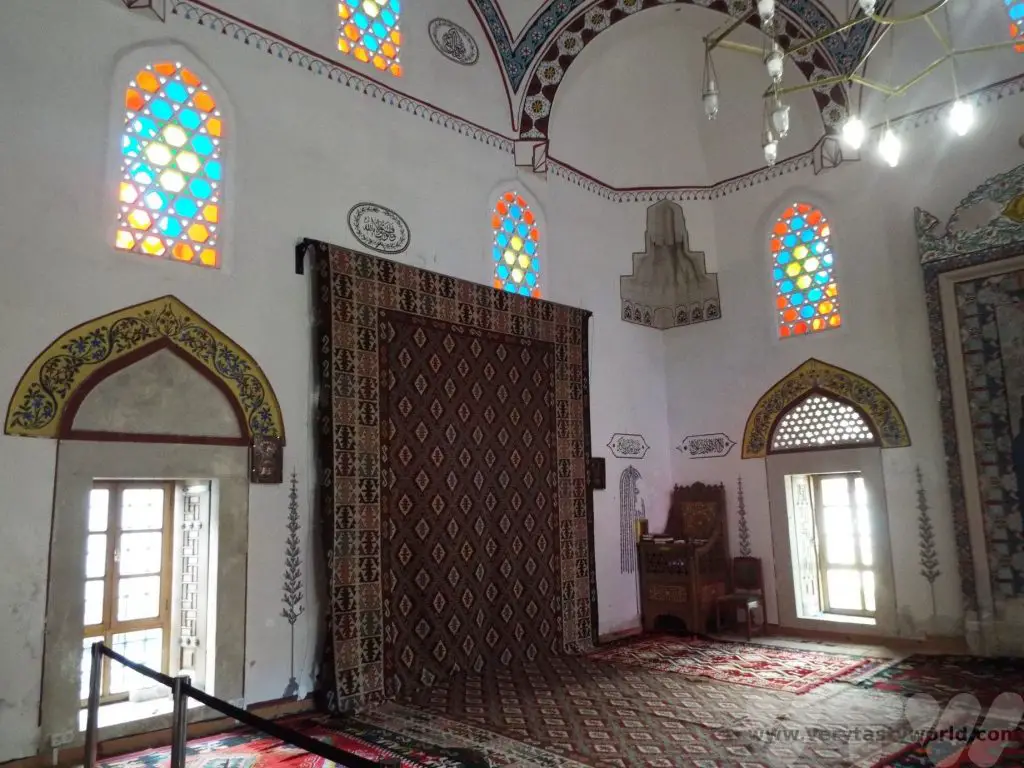
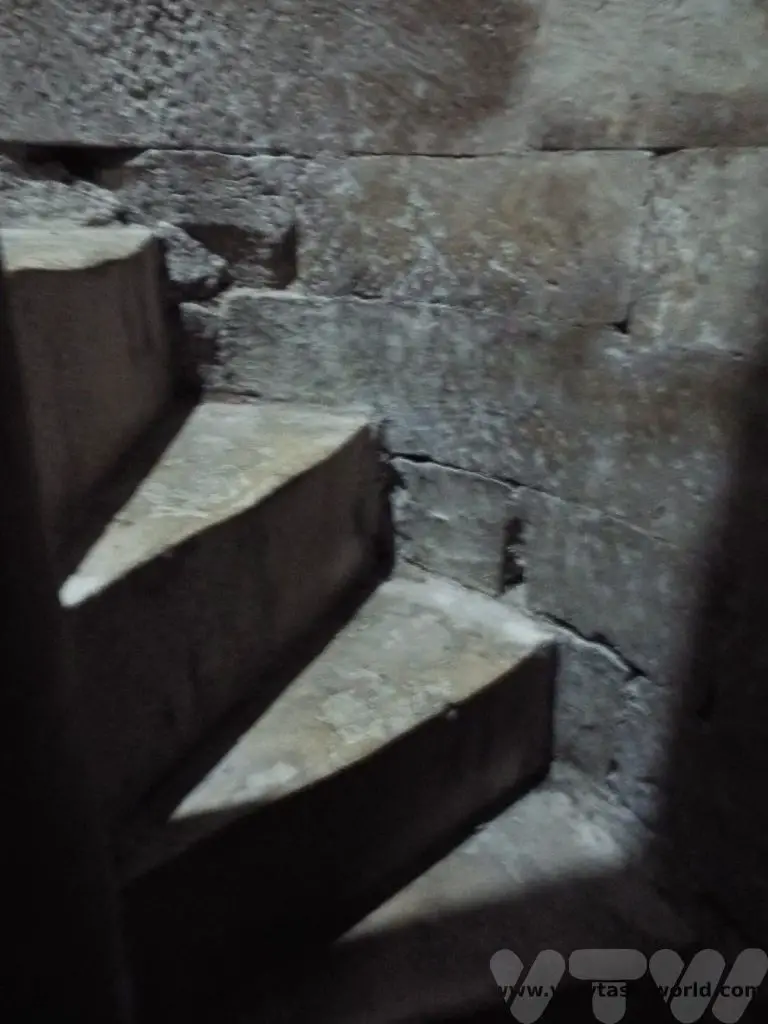
The interior of the mosque itself is quite compact and the climb to the top of the minaret was fairly claustrophobic.
However the view across the river to the bridge was spectacular. The balcony of the minaret was pretty narrow so we were lucky that there was only one other visitor there. You can also enter the small garden adjacent to the mosque for more river views.
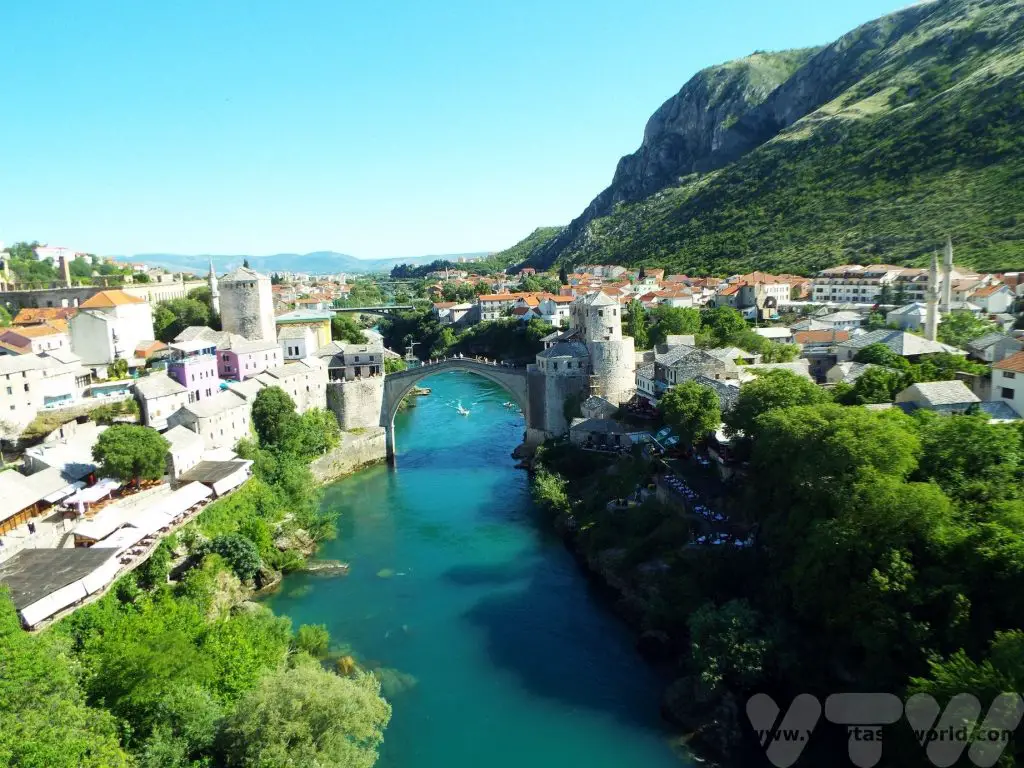
Wandering through the old town, there are lots of shops and restaurants. It is very touristy and can get crowded during the day. There are also a couple of museums in this area, The Museum of War and Genocide Victims 1992-1995 and also the Bridge Museum, which we were keen to visit, but sadly it was closed. There were reminders of the war as we walked through the streets.
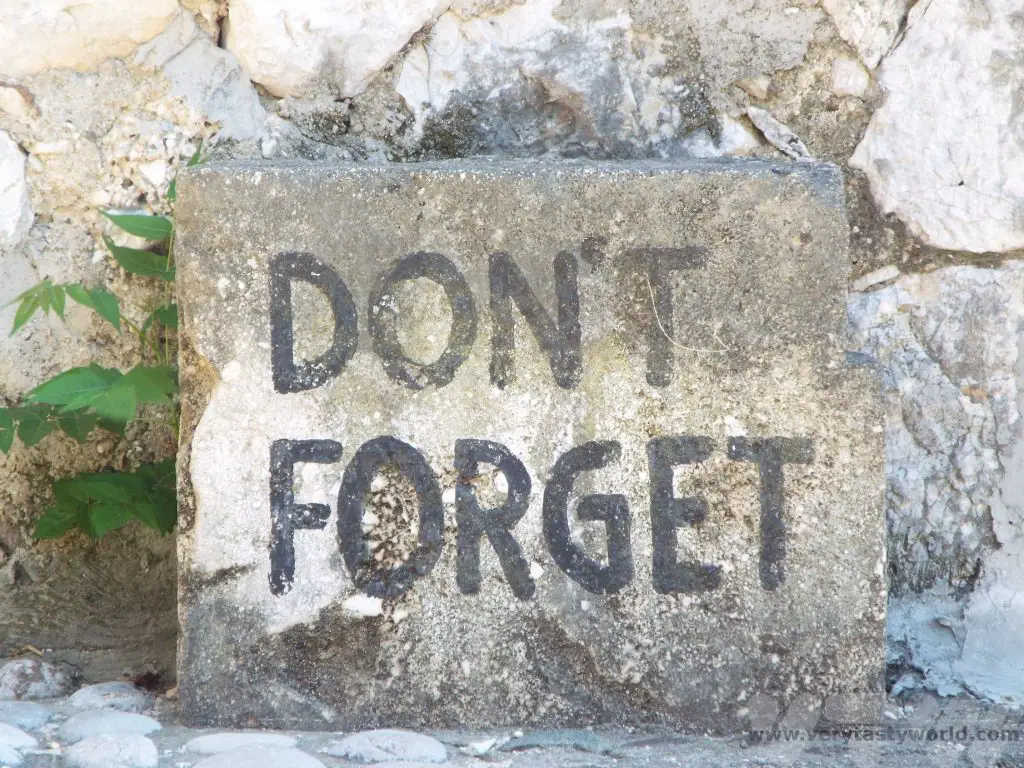
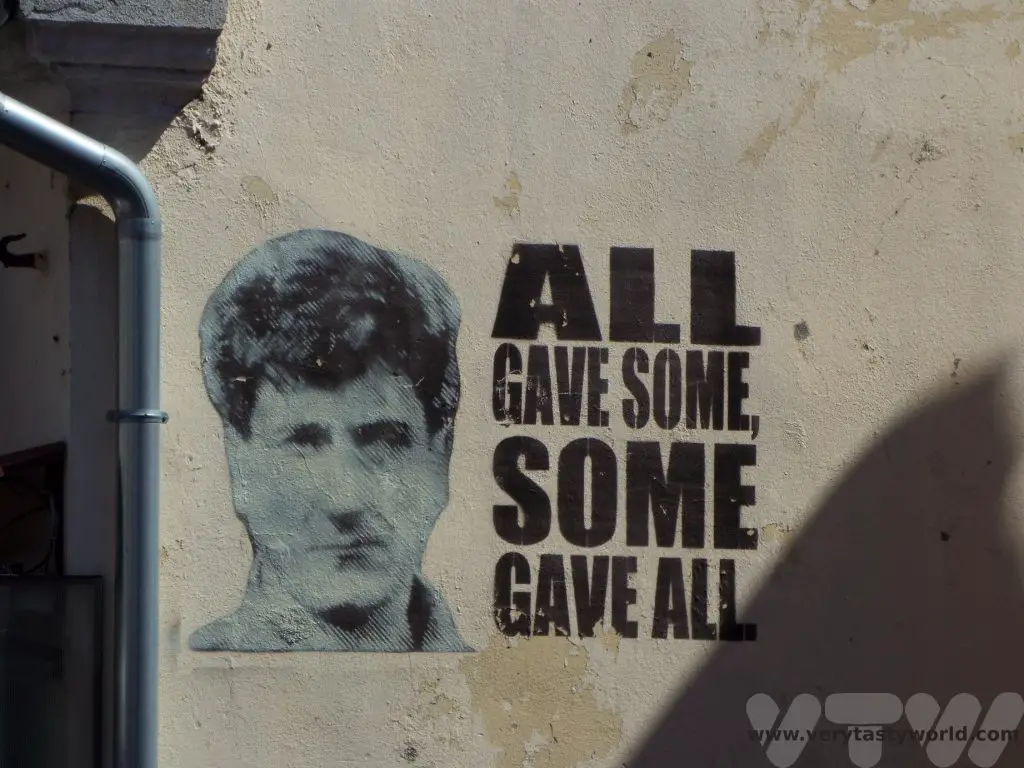
Approaching Stari Most again we crossed the river over the old bridge. The steps can be quite slippery.
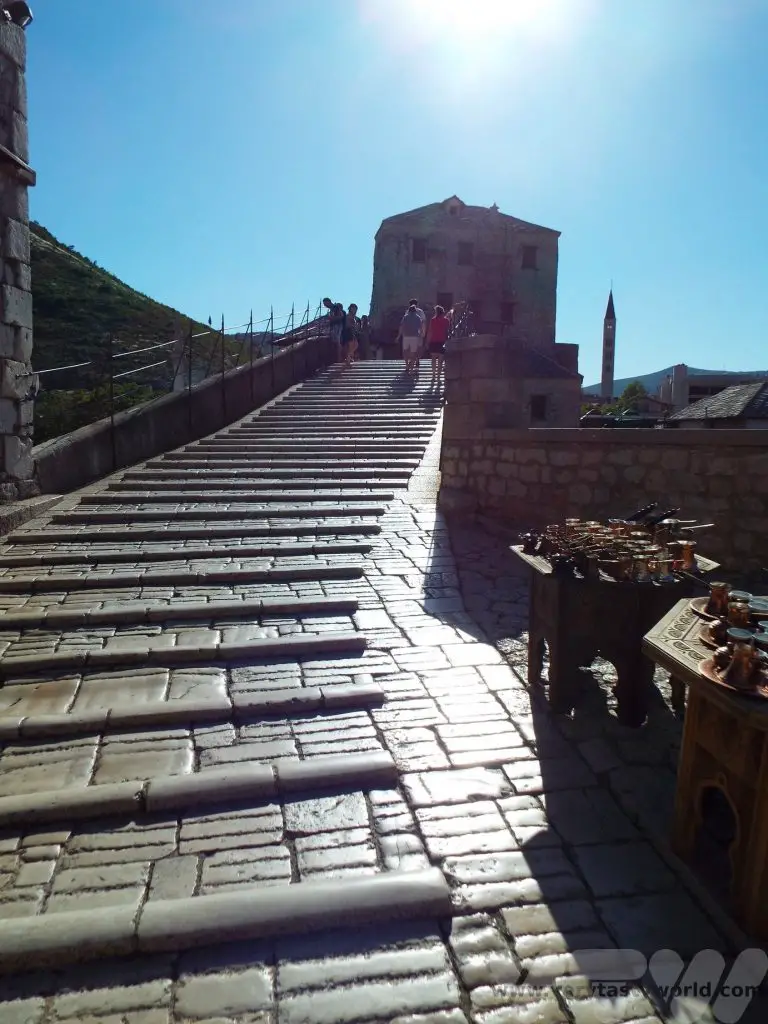
One thing that is very popular is watching locals who dive from the bridge into the crystal clear water below. You’ll see them hanging around at the top of the bridge, sitting on the top railing, and they will usually dive once they have raised enough money – normally in the region of 50 Euros – from tourists. You will be able to tell when they are ready to dive when either one of them dons a wetsuit or they start splashing themselves with cold water because the temperature of the river is extremely cold, especially in spring and early summer. We were some distance from the bridge, upriver, when we saw a diver preparing to go. Despite the camera being focussed and on full zoom, we only managed to capture the splash! There are diving competitions held in Mostar each year.
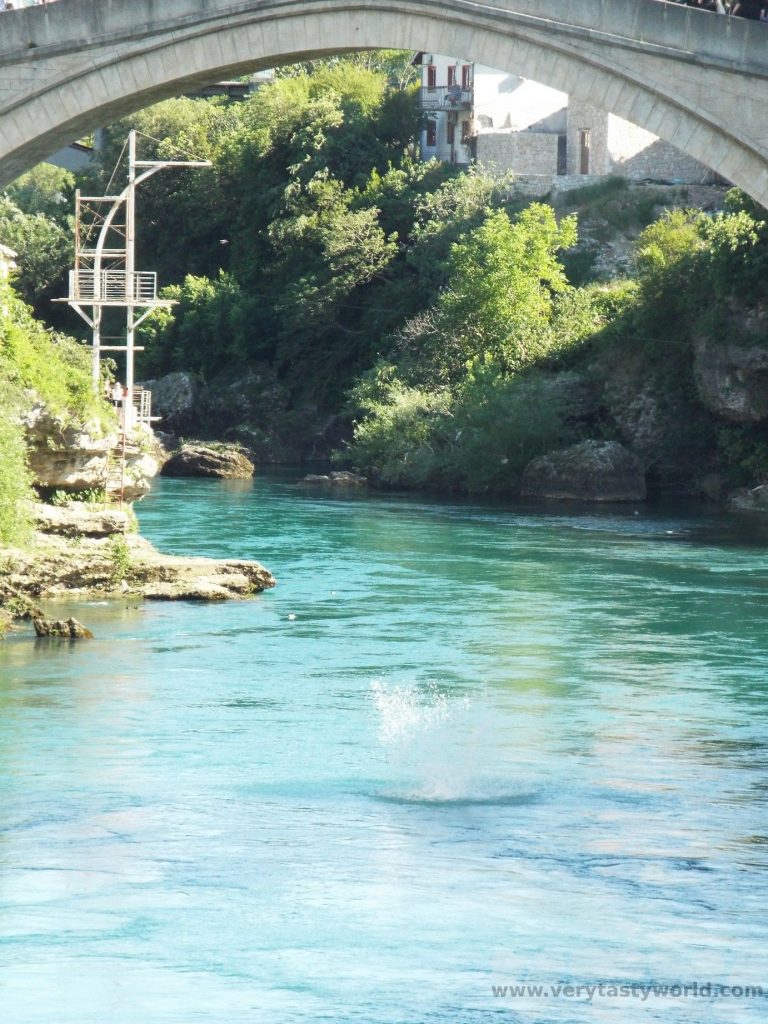
It’s worth noting that the bridge is a focal point for tourists and, because the city is only a couple of hours’ drive away from Croatia, it gets very busy during the late morning and afternoon as day trippers arrive in their coachloads. The surrounding streets and bazaars will be teeming with people. So staying overnight to explore the area and view the bridge when it’s less busy is definitely recommended.
Our walking tour concluded by another stone bridge – the Crooked Bridge – just a five minute walk away from Stari Most. It dates from 1558. It was strategically important because it allowed traffic to be controlled from the towers of the old bridge. This, too, is a reconstruction – sadly the original was destroyed during floods in 1999, but it was rebuilt in 2002.
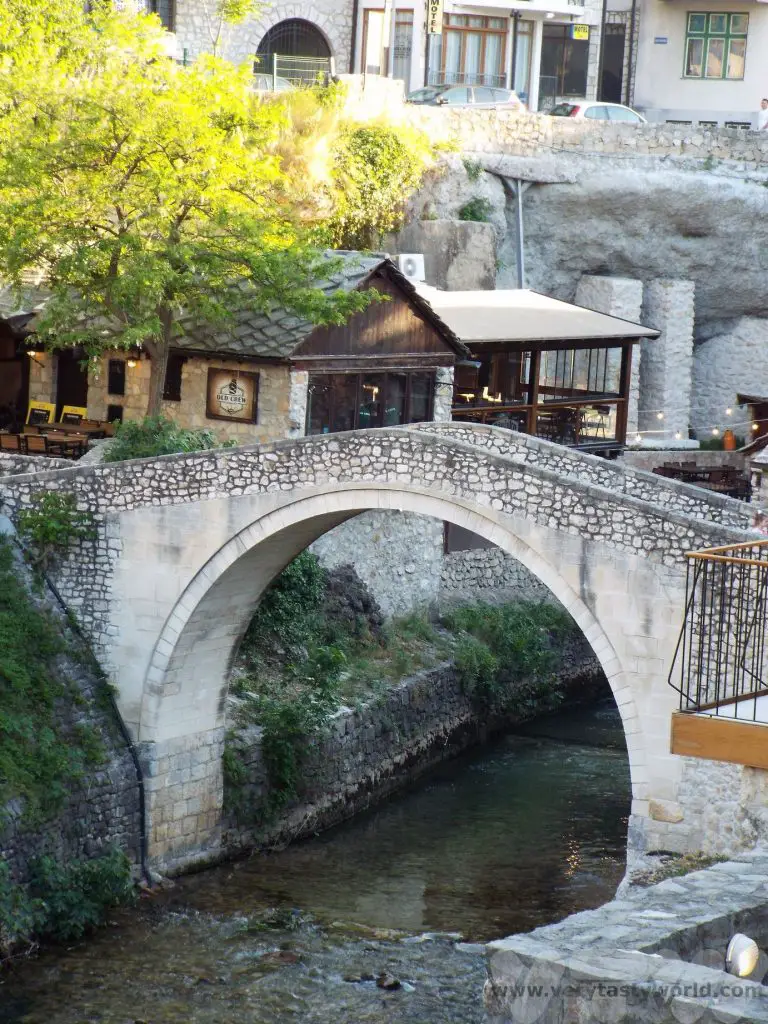
Dining Out in Mostar
There are loads of eateries offering tasty food in Mostar. The restaurants closest to the bridge, or those with a good view of it, are likely to be more expensive than those in the surrounding streets. Mostar was our first introduction to Bosnian cuisine. The national dish is considered to be cevapi – little meaty sausages/kebabs served inside a bread called somun which is a flatbread like pitta but has a really nice focaccia-like spongey texture. It’s served with chopped raw onions, which are quite sweet in flavour rather than being too pungent. You usually get a choice of a small portion (5 little sausages) or larger portion (10 little sausages). Many of the dishes we tried in both Bosnia Herzegovina and Croatia were accompanied by ajvar, a condiment made from red peppers (it isn’t spicy).
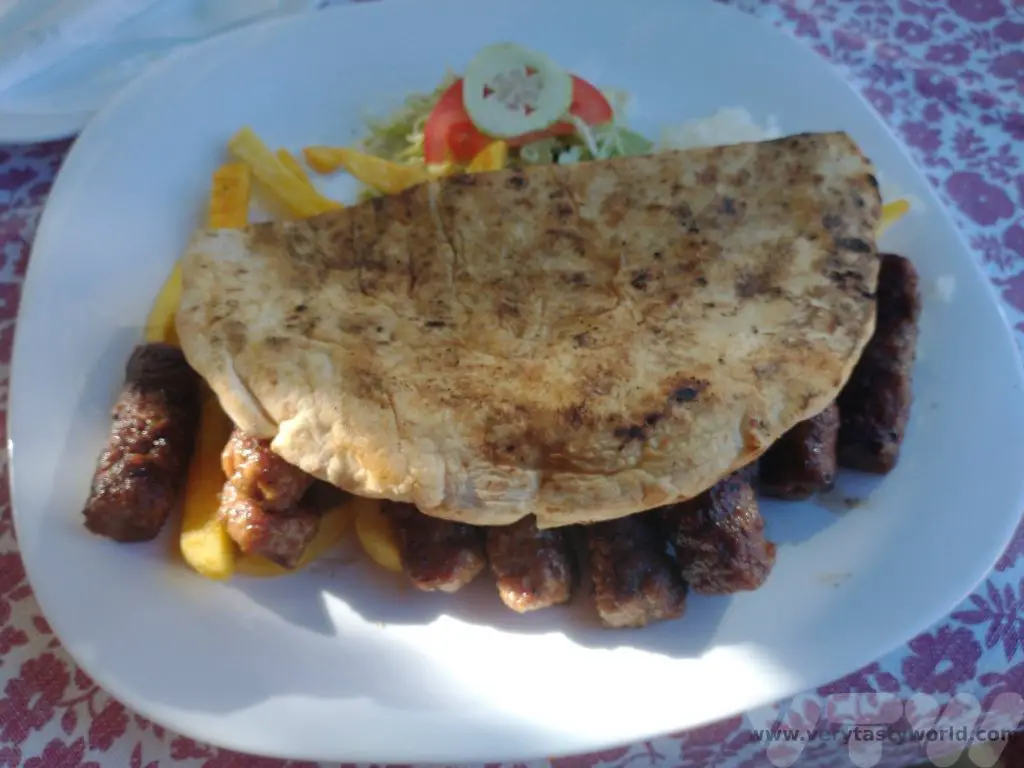
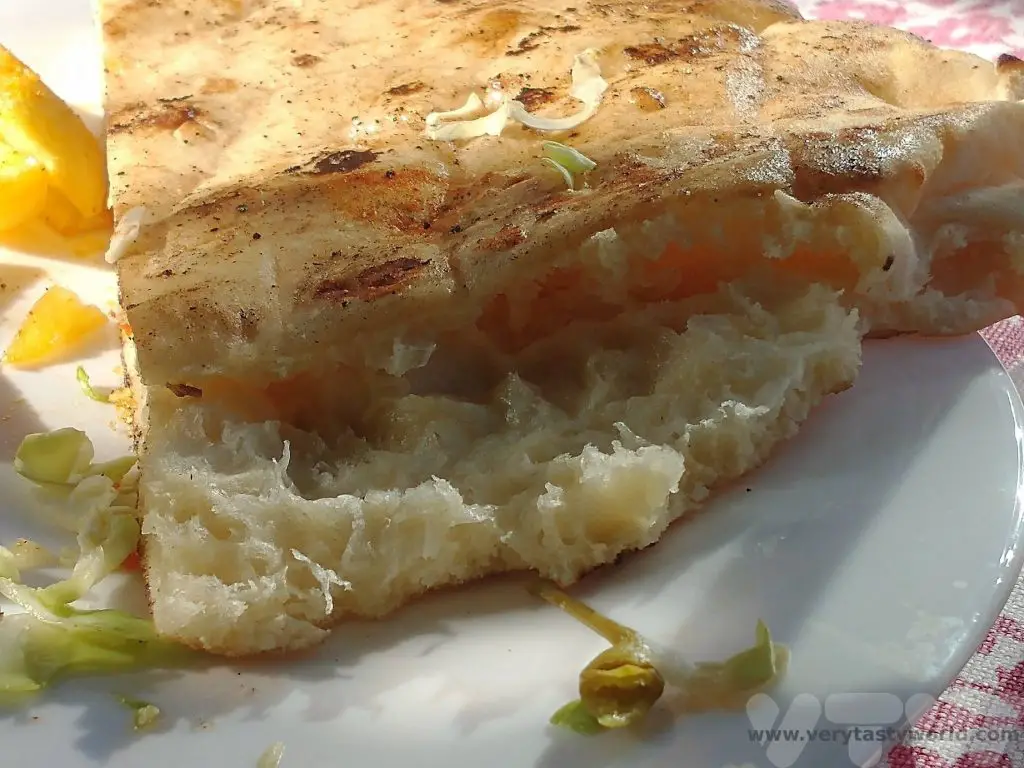
There are plenty of sweet dishes on offer as well. Baklava is a familiar dessert, a sweet, filo-based pastry, filled with layers of nuts and a sweet syrup, popular across the region and the Middle East. We particularly enjoyed hurmasica, a pastry doused in lemon-flavoured sugar syrup. It comes in an oblong shape and is very sweet but really delicious with a nice gooey cake-like texture.
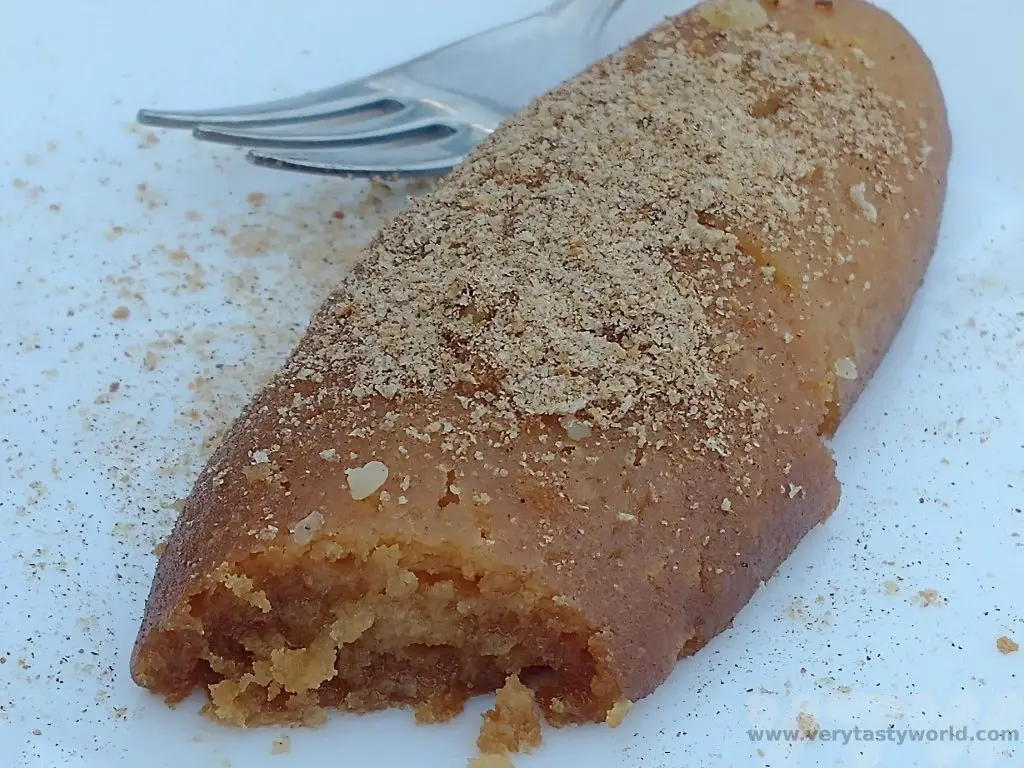
And a meal wouldn’t be complete without a cup of incredibly strong, rich, sweet coffee. Coffee culture is very important in this part of the world.
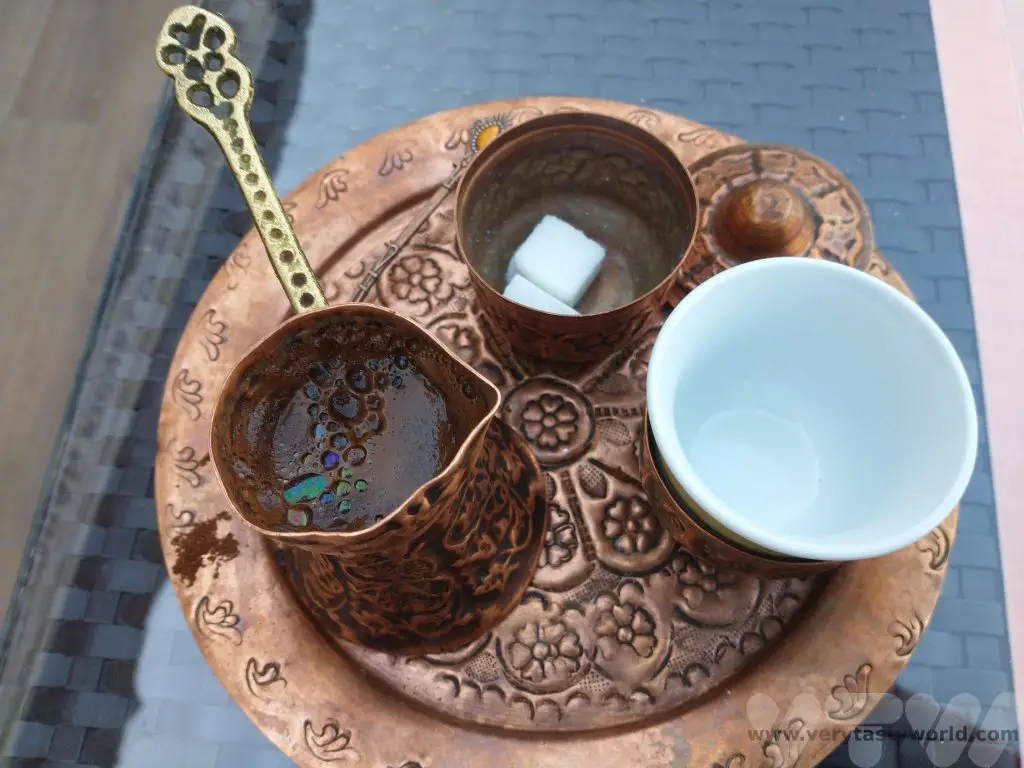
There was also a very good craft beer emporium in Mostar,on Gojka Vukovica, close to the Crooked Bridge. It had a wide variety of local beers on offer, brewed in both Mostar and Sarajevo. We particularly enjoyed Marakuja, an American Pale Ale, Onano Maze, a rich porter, Darkness, a dry Irish Stout and Kukambera, a cucumber-infused lager which was really refreshing on a hot spring day.
And if you’re after something stronger, rakija is the local brandy made from fermented fruit. Its alcohol content can range from around 40% to 60%. It’s not uncommon for local people to make their own rakija. One of the guides we met told us that it was the cure for all ailments! What’s nice about it is that, even though the alcohol content is strong, you don’t just get a blast of booze, the flavours of the base fruit really do come through – it’s a pleasant tipple.
After dinner, when the day trippers have melted away, it’s lovely to wander through the city at night. The bridge and local buildings are lit up beautifully and Mostar becomes a much more peaceful place.
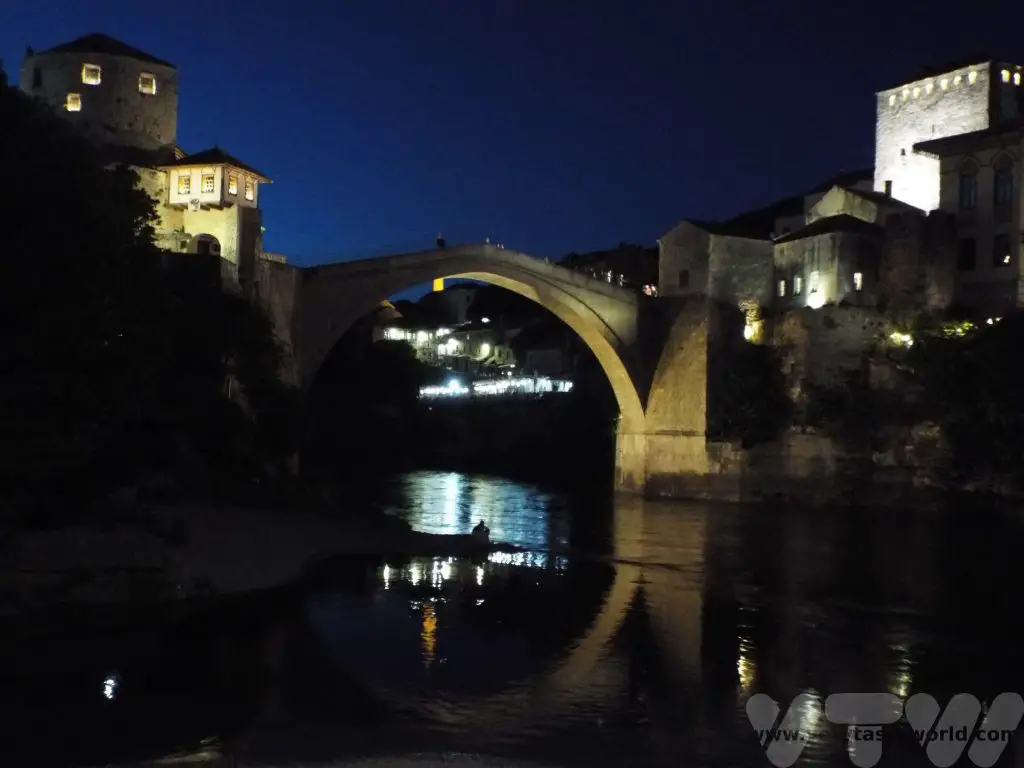
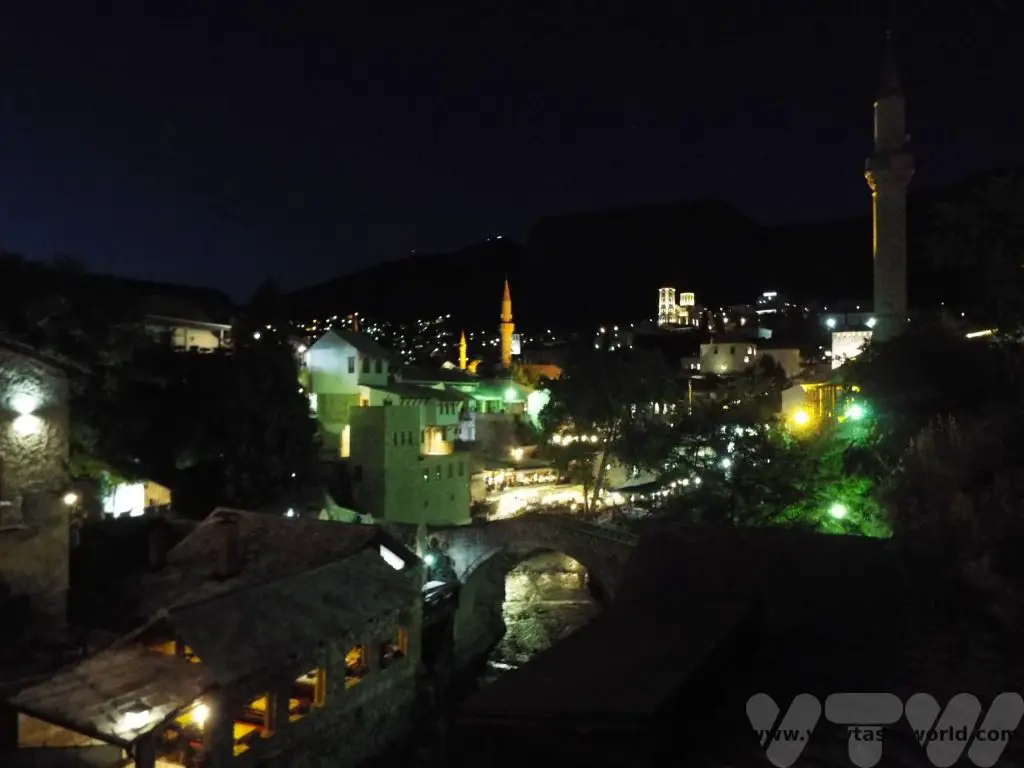
It is possible to see many sights in just one day in Mostar. We recommend staying overnight if you can, or at least waiting until the evening to see the iconic bridge beautifully lit up.
Related Posts You May Enjoy

Kibale National Park Chimpanzee Trekking
Uganda is one of the best places in the world to view wildlife. From the Murchison Falls park, through Kibale National Park, the Queen Elizabeth Park, and into Bwindi Impenetrable, where the extremely endangered mountain gorillas reside, there are opportunities to get really close to all sorts of amazing wildlife all over the country. While it’s very possible to encounter all the ‘big five’ game animals Uganda is also an exceptional location for encounters with large primates.
Kibale National Park is one of the best places to go chimpanzee trekking. Kibale is located in western Uganda, around 340 km from Kampala. It would take around 5-6 hours to drive there, depending on road conditions.
The opportunity to spend time in the forest following the local primates is a marvellous experience. You need a permit to enter the park – the tariffs are published on the Uganda Wildlife Authority website.
Kibale National Park – The Briefing
On arrival at the park you receive a briefing and are then split into small groups. Each group comprises six people who are accompanied by two guides. The chimps are wild but habituated, that is, they are comfortable in the presence of humans. It is a privilege to be able to track them, so it is important to pay close attention to the briefing and to follow the guides’ instructions at all times.
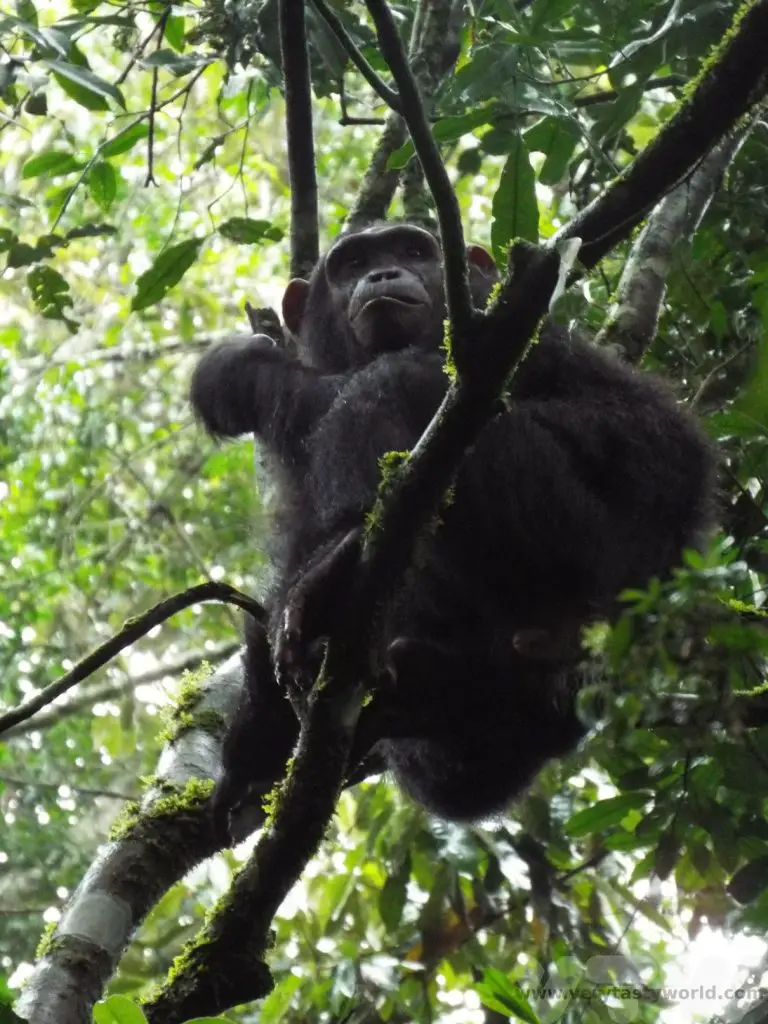
It is essential not to visit if you are feeling unwell. We share about 98% of our DNA with these amazing primates so passing on a virus or disease could wipe out the population.
There are a number of rules to abide by to ensure the safety and welfare of both the chimps and the humans while tracking: these include staying with the guide, keeping your distance from the chimps (unless they decide to walk past you) and – our favourite – don’t imitate the chimps’ vocal sounds – you don’t know what you might be saying!
Chimpanzee Trekking
We arrived in the morning and many of the chimps had yet to wake up. So the first part of the trek involved looking up. Sure enough, the chimpanzees were in the trees. They were eating breakfast – their diet mainly consists of fruit, supplemented by insects such as termites and leaves. The forest in Kibale has an abundance of fig trees so figs are usually the breakfast of choice.
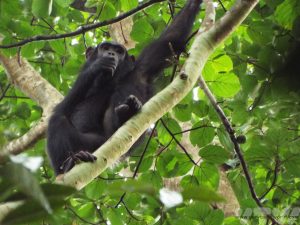
Walking though the forest is relatively easy – unlike Bwindi Impenetrable, the terrain is pretty flat and the paths through the forest easy to navigate. Sturdy shoes are recommended and waterproof gear is useful if you are trekking during the rainy season.
Each group tracks the chimps through the park, following the guides’ instructions in order to keep both the chimps and the visitors safe. It’s advisable to be reasonably fit as you may need to move pretty quickly to follow the chimps.
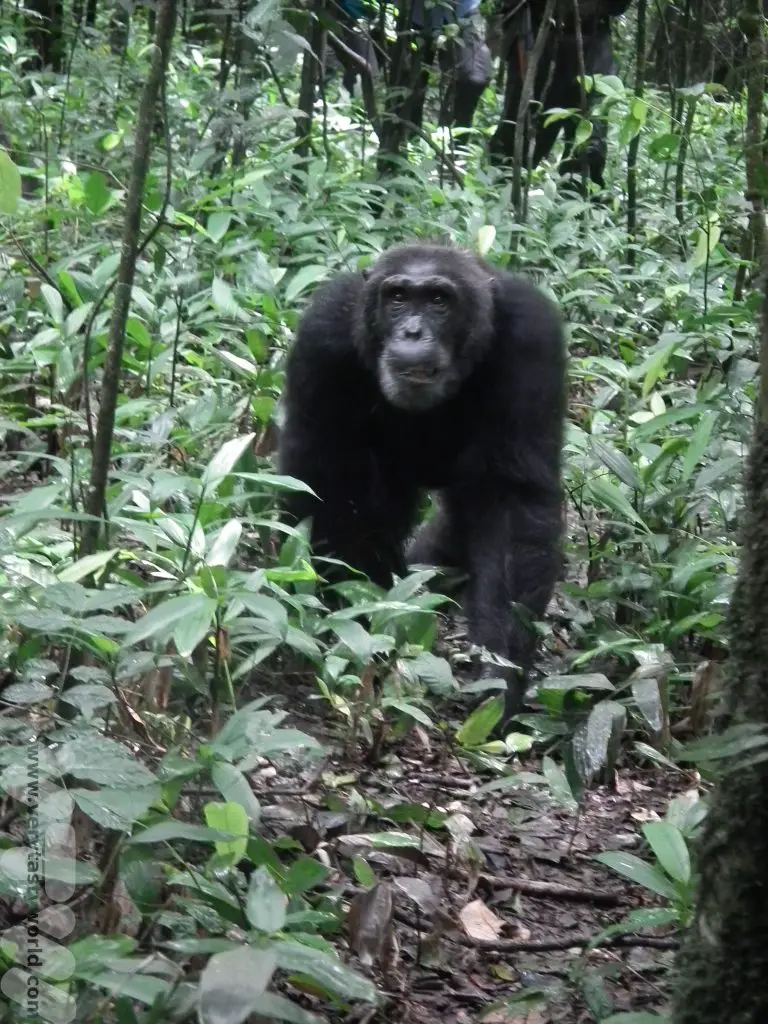
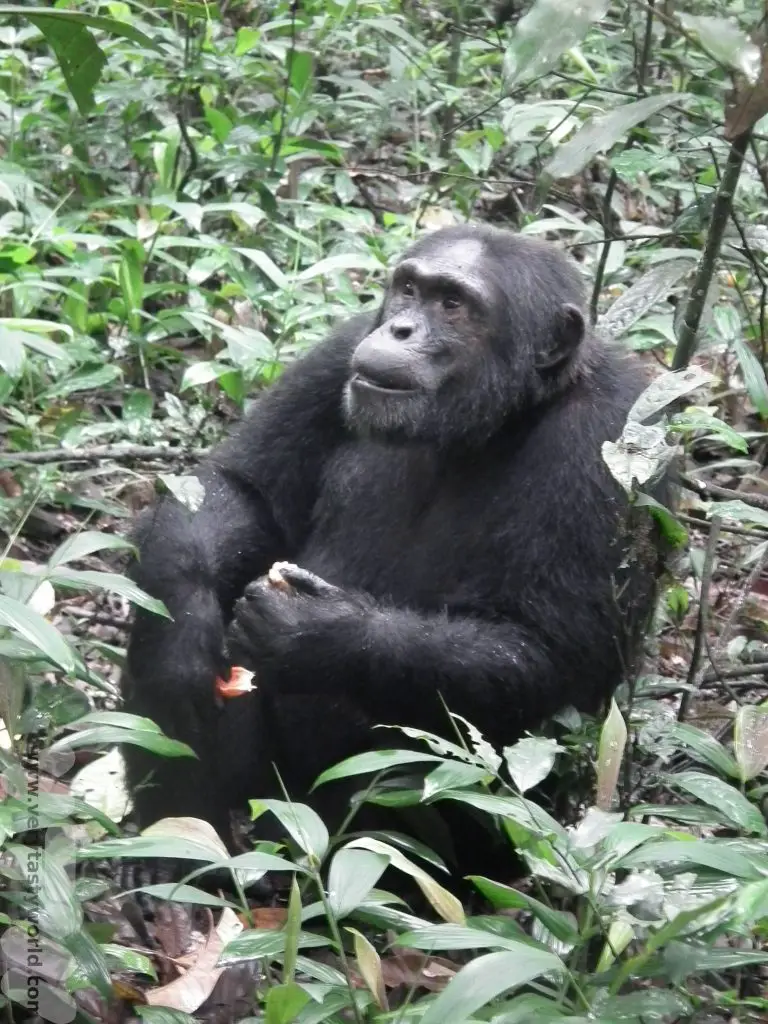
As the day progresses some of the chimps will come down from the trees and wander through the forest. It’s okay to follow them – just stay with the guide and keep a respectful distance.
One chimp climbed down from his tree and decided that he was going for a walk. He just strolled by. The rangers told us that you are lucky if you get within 10 metres of a chimp. This chimp passed by within 10 centimetres! He was totally nonchalant as he walked on. I could barely contain my excitement!
Other Activities In Kibale National Park
While in Kibale, it’s also possible to visit the local communities. The Bigodi community offer the chance to see how the local people live and work. We visited various craftspeople, including a brewer who made his own banana beer, weavers, a local shaman and a coffee maker .
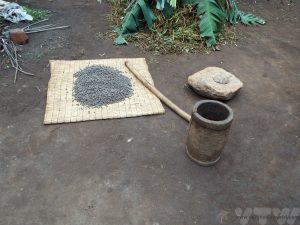
The local coffee maker makes a very fine brew. The coffee berries have been dried in the sun…
… they are then pounded to remove the husks
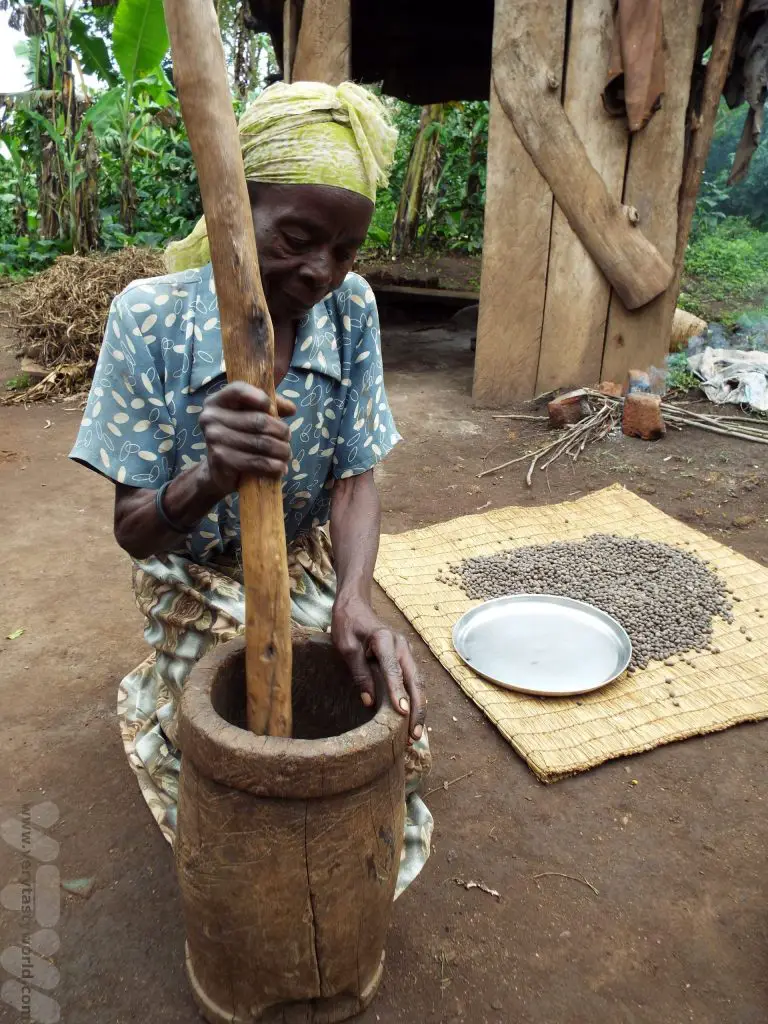
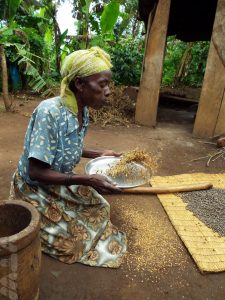
It’s a fine art to blow away the husks from the beans.
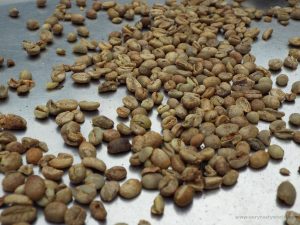
Then it’s time to light the fire and roast the beans .
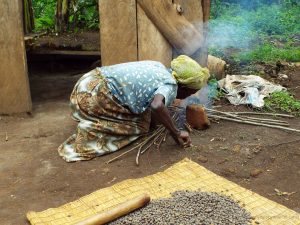
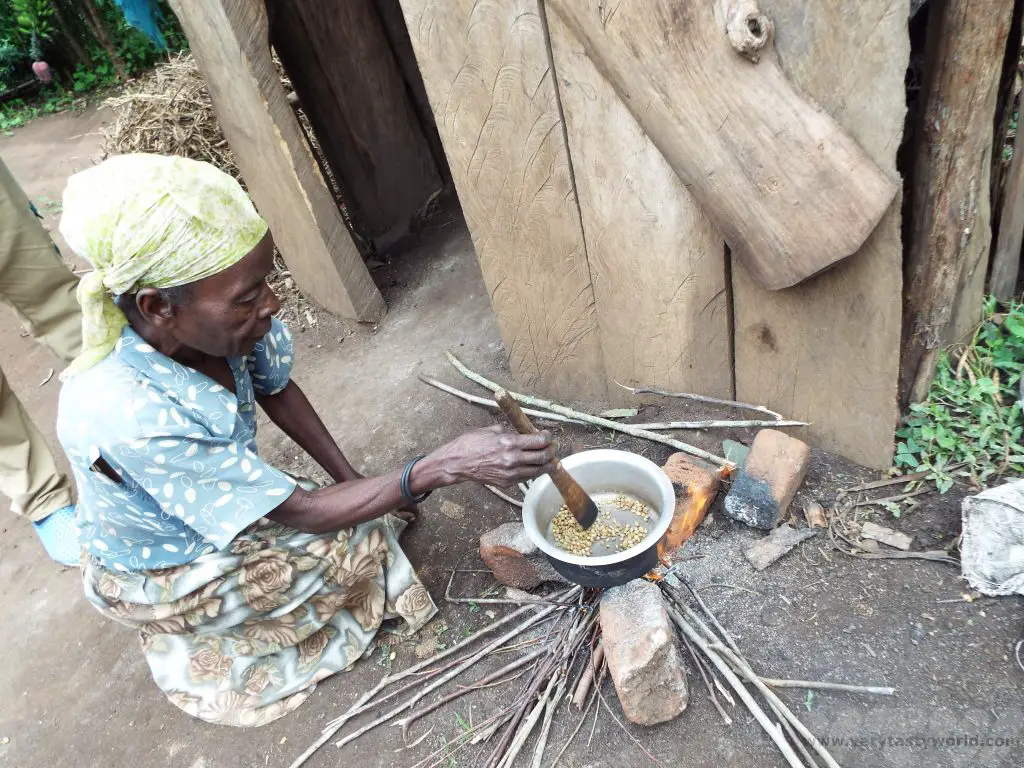
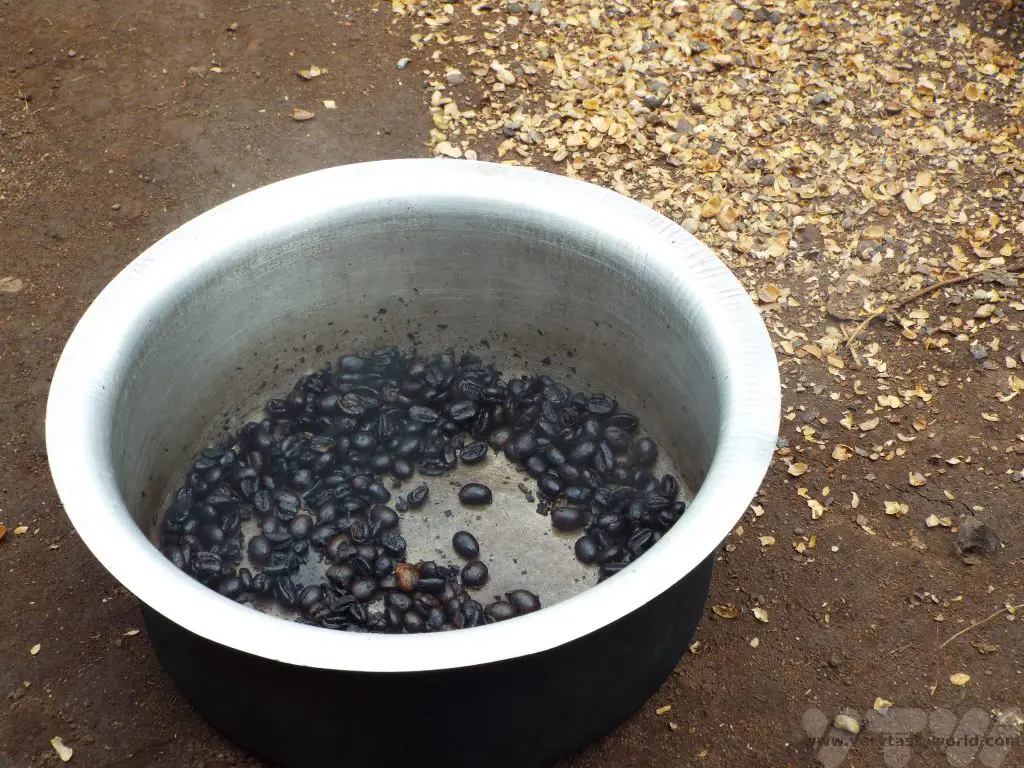
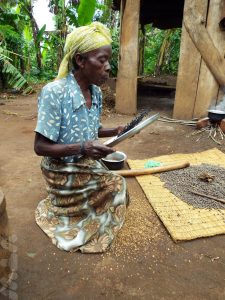
They are cooled off before grinding.
The final step is to brew with water for a damn fine cup of coffee.
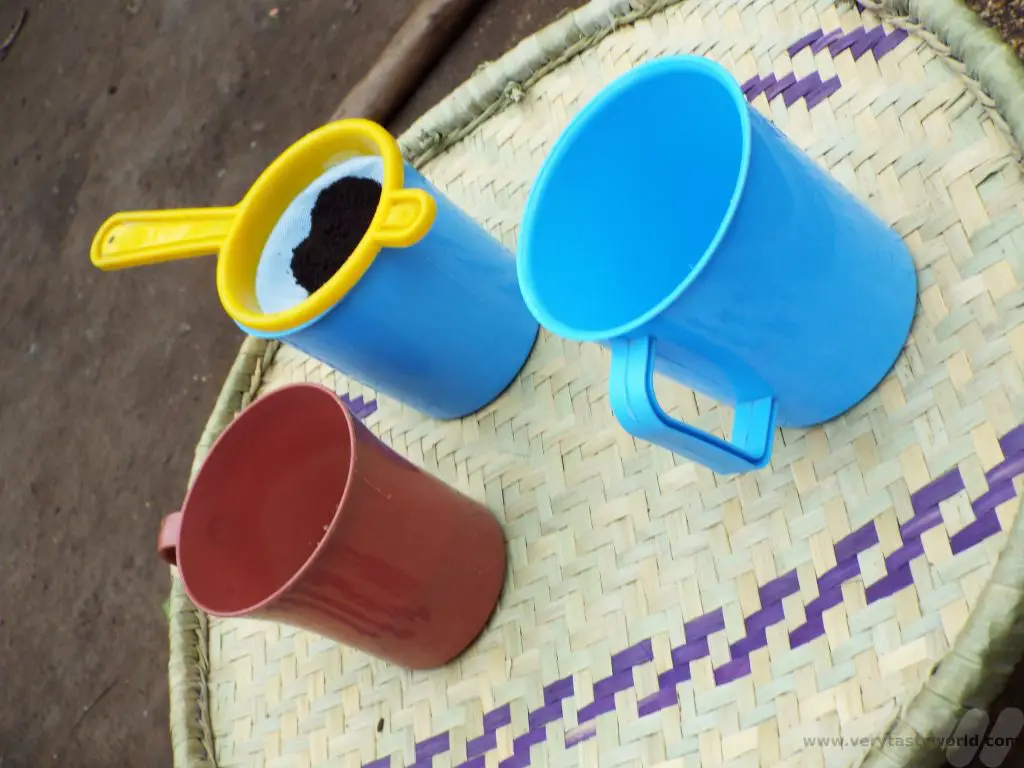
From bean to cup in half an hour. Cheers!
We also met the banana brewer. He stores large bunches of bananas in a wooden shed on stilts. A fire is lit underneath to ripen the bananas. The fruit needs to be ripe but not over-ripe. The bananas have a natural sweetness and the sugars are perfect for fermentation.
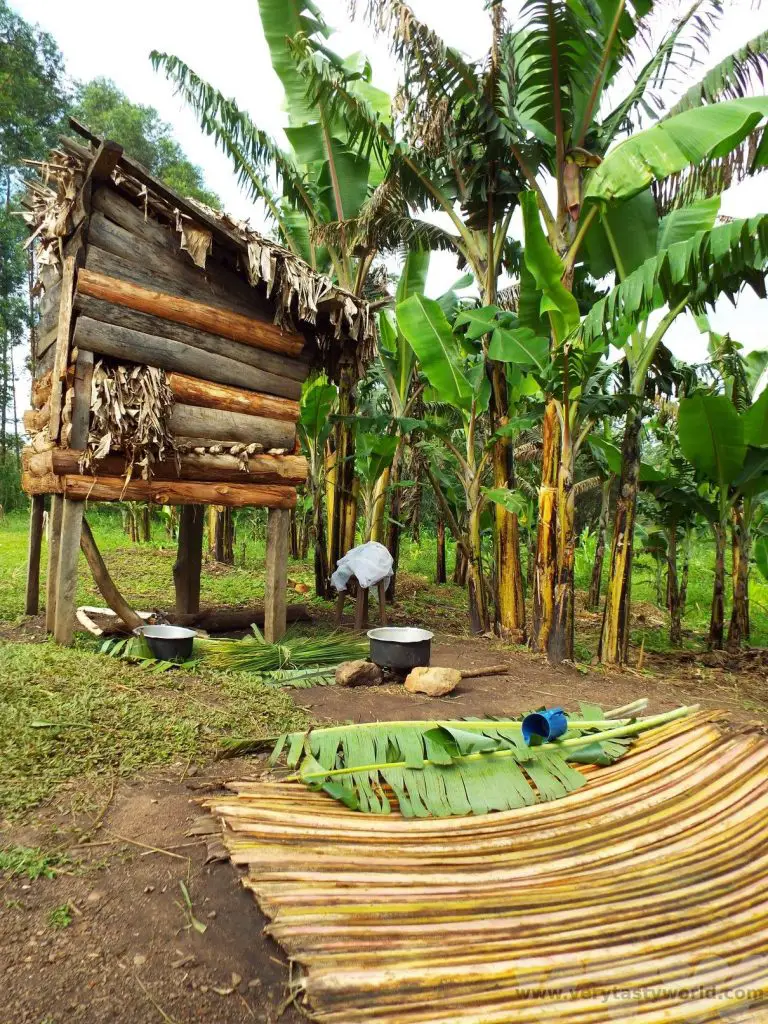
The bananas are peeled, mashed and mixed with leaves to extract the juice. The mash is filtered to separate the juice from the pulp. The resulting liquid is fermented for a day or so then bottled to produce a tasty and refreshing banana beer.
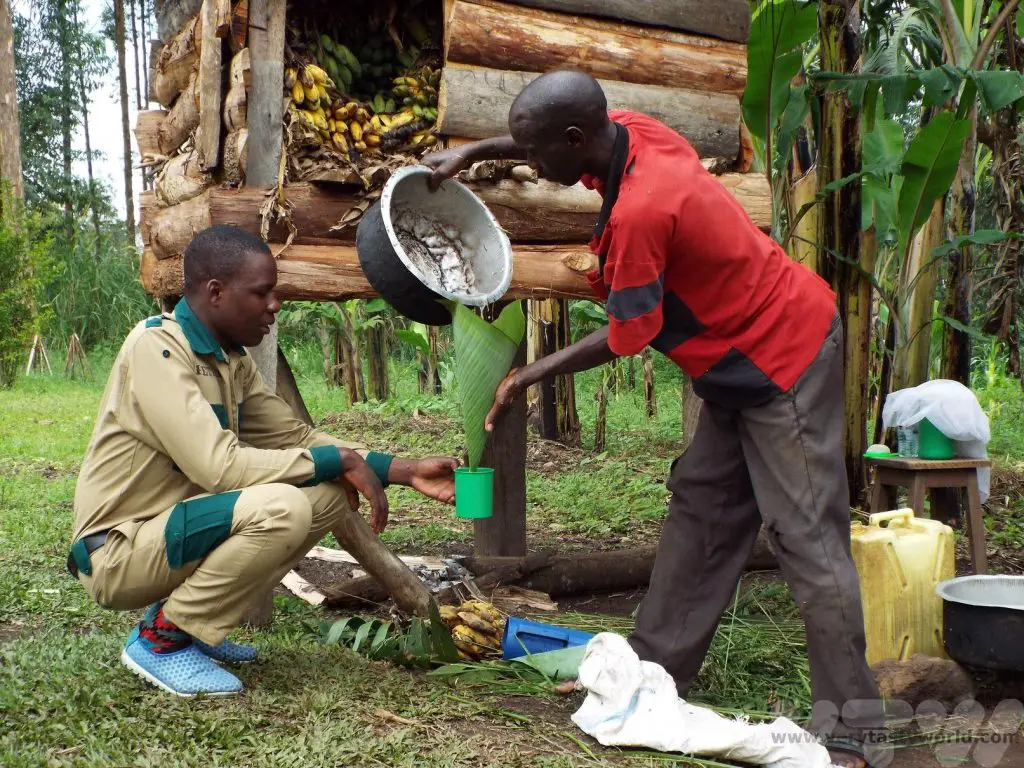
Some of the beer is distilled into a banana spirit which packs a punch!
A local shaman taught us about the medicinal uses of plants in the area and demonstrated some of the healing rituals he performs within the community.
We also met some weavers who showed us how to weave baskets using reeds from the area.
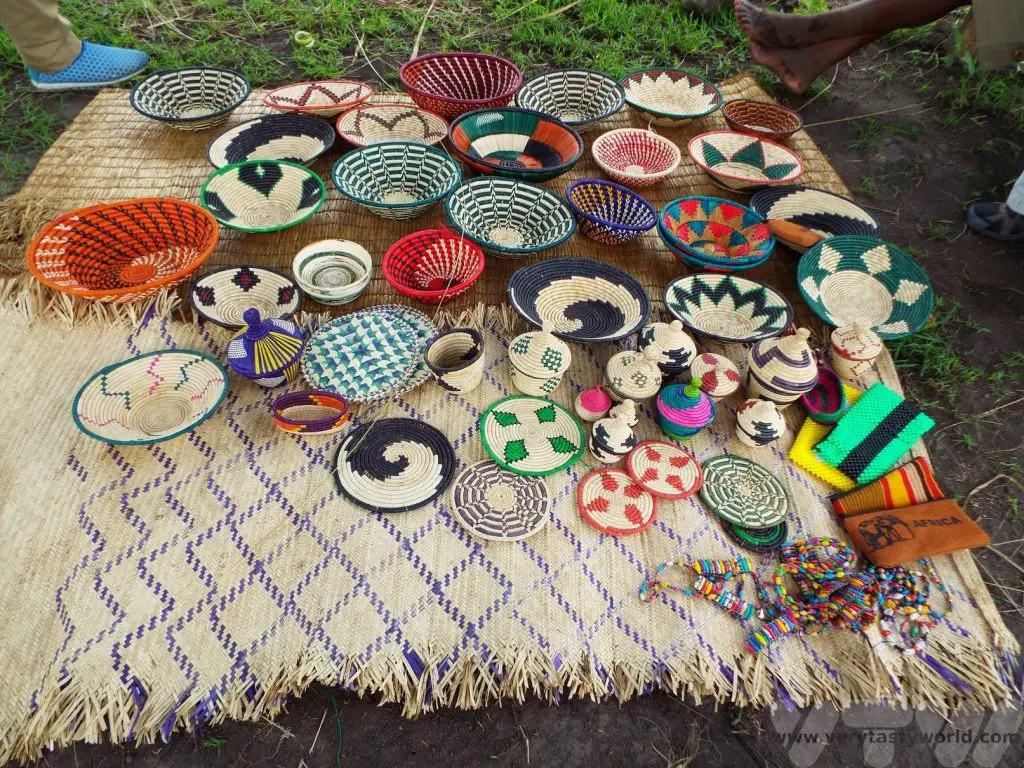
It required a lot of dexterity – they made it look so easy!
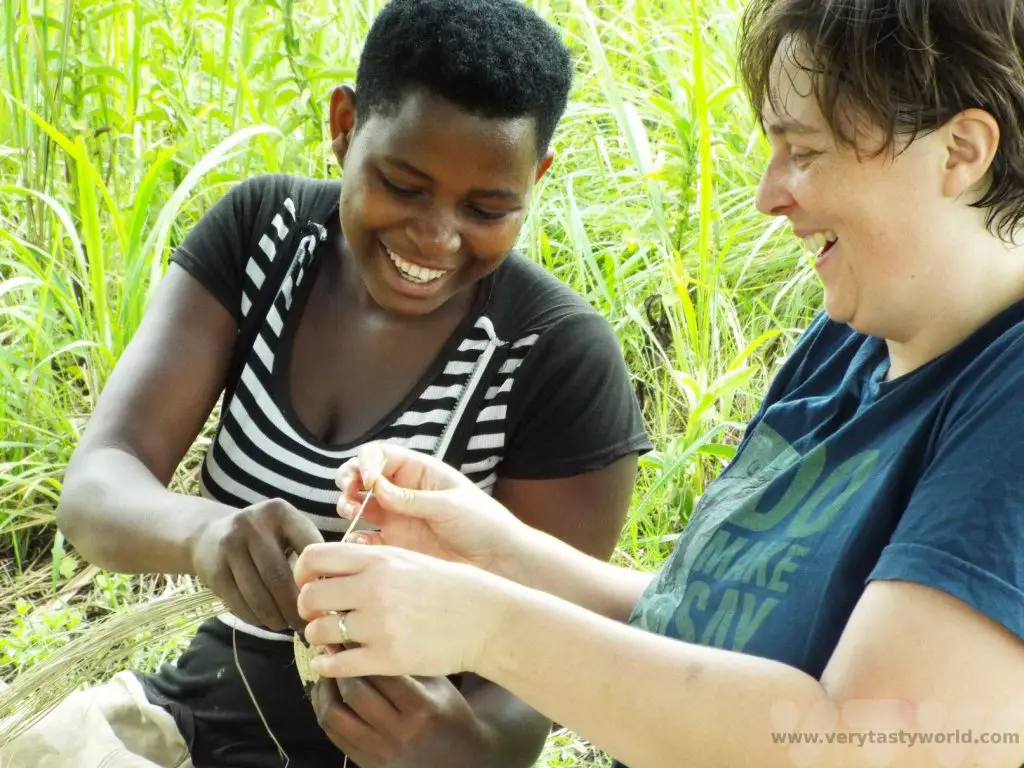
Related Posts You May Enjoy

1 Day Gorilla Trekking Uganda
Although it has its fair share of excellent safari locations where you can see the so-called Big Five game animals, Uganda is also well known as a top destination to see primates. We had the opportunity to track chimpanzees in Kibale and mountain gorillas in Bwindi Impenetrable in the south-west region of the country. 1 day gorilla trekking in Uganda is one of the country’s top attractions.
Gorillas in the Mist… And Pouring Rain
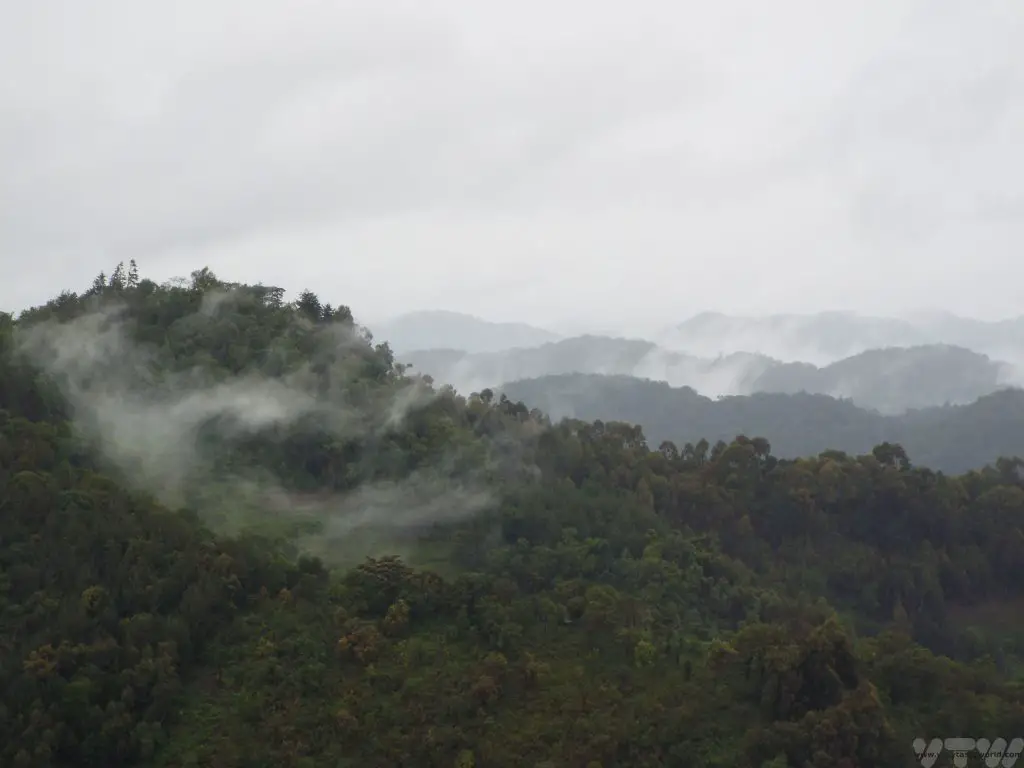
The mountain gorillas are critically endangered – there are only about 900 left in the wild and they can be found in Uganda, Rwanda and the Democratic Republic of Congo. Uganda and Rwanda offer a limited number of gorilla tracking permits each day. We chose to travel in the low season when it is more likely to be rainy, because the cost of the permits is reduced significantly during certain months of the year. It’s worth booking the permits in advance. They are really expensive, even out of season, but the money goes directly towards the conservation of these marvellous creatures. And it is really a once in a lifetime experience.
The Ugandan conservation programme has ensured that half of the gorilla population has been habituated – wild, but comfortable in the presence of humans – and the other half remain completely wild. This is a good strategy. The conservationists’ greatest fear is that the gorillas, which share about 98% DNA with humans, could catch a human disease for which they have no immunity. You are requested not to track the gorillas if you have a cold. Following the start of the pandemic, the area was closed off for a while, Covid presenting risks both from the disease but also an increase in illegal poaching activities, but it has now opened up with extra precautions in place that trekkers need to adhere to in order to protect these magnificent creatures.
Bwindi Gorilla Trekking – The Briefing
The trip starts with a briefing at headquarters. Then you are allocated to a gorilla group – a maximum of eight people join each trek. It can take any time between 30 minutes and 6 hours to reach the gorillas – some parties have returned after nightfall in the past. Additionally, we were tracking at altitude, around 2300m above sea level, which enough to knock the breath out of you going up some of the steeper slopes! We were assigned the Bitakura group in the Ruhija area. One member of our party had mobility issues and was carried on a sedan by a team of four porters (who rotated shift with an additional four porters at regular intervals) who did an amazing job and ensured that she had full access to the gorillas. Our guide called it “the helicopter”. This system can be used if any trekker becomes unwell during their hike.
You wouldn’t have known it was the rainy season for most of our trip – virtually every day was bright and sunny and it had rained for a maximum of 15 minutes on just a couple of the days throughout our trip. Of course, on the day we really wanted it to stay dry the rain absolutely chucked it down. That’s why we packed good walking boots and raincoats.
We were advised to borrow walking sticks and also to employ porters to accompany us on the trek. This was a really good idea. Not only do they carry your backpack (you are advised to take three litres of water and a box lunch because you just don’t know how long it will take to reach the gorillas and you will need the energy) they will also hold your hand to steady you if things get slippery and push/pull you over obstacles if necessary. Importantly, they are local people who can earn a decent living from tourists, so hiring a porter also contributes directly to the community. The porters are available at the starting location and will be allocated if you ask for one.
1 Day Gorilla Trekking Uganda – The Trek
The Uganda Wildlife Authority (UWA – apparently pronounced Oo-er!) have an excellent system in place which ensures that you have practically 100% chance of seeing the gorillas: each morning two trackers head out into the forest to find the troop based on their location the previous day. They then radio to the guide, who will lead the tourists via the best route to see the gorillas. The trackers do an amazing job – they spend all day with the gorillas, even after the tourists have left, so that they know where to trace them to on the following day. We were advised that they would appreciate a personal tip as most tourists don’t recognise the brilliant job they do and we were delighted to do this.
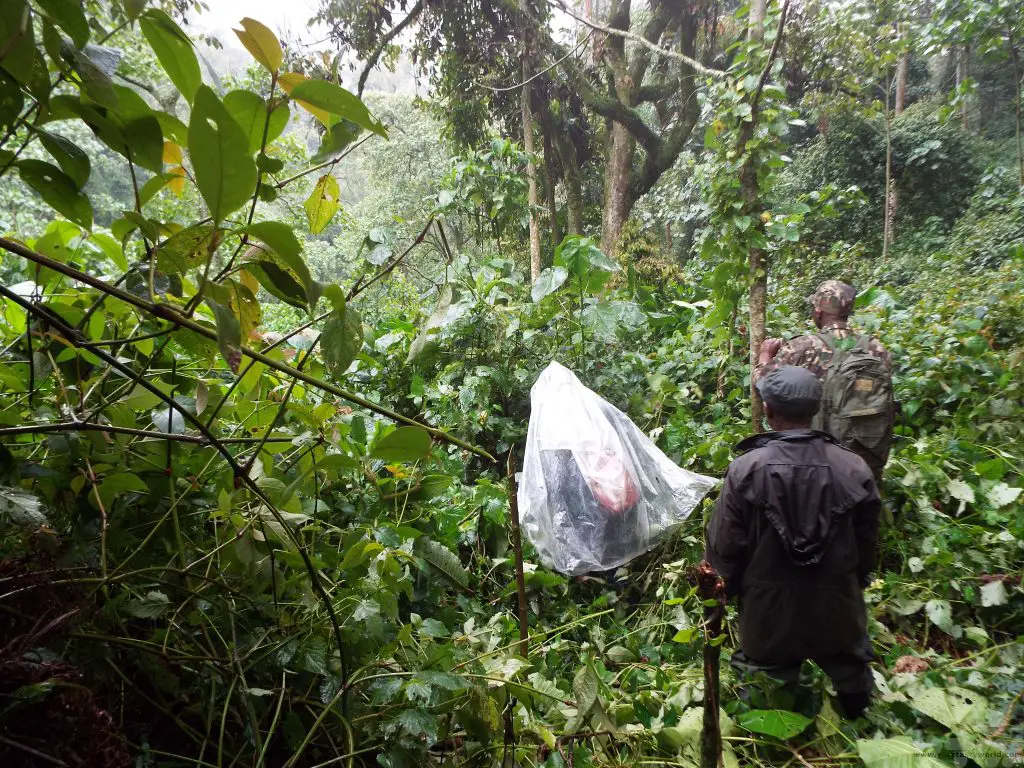
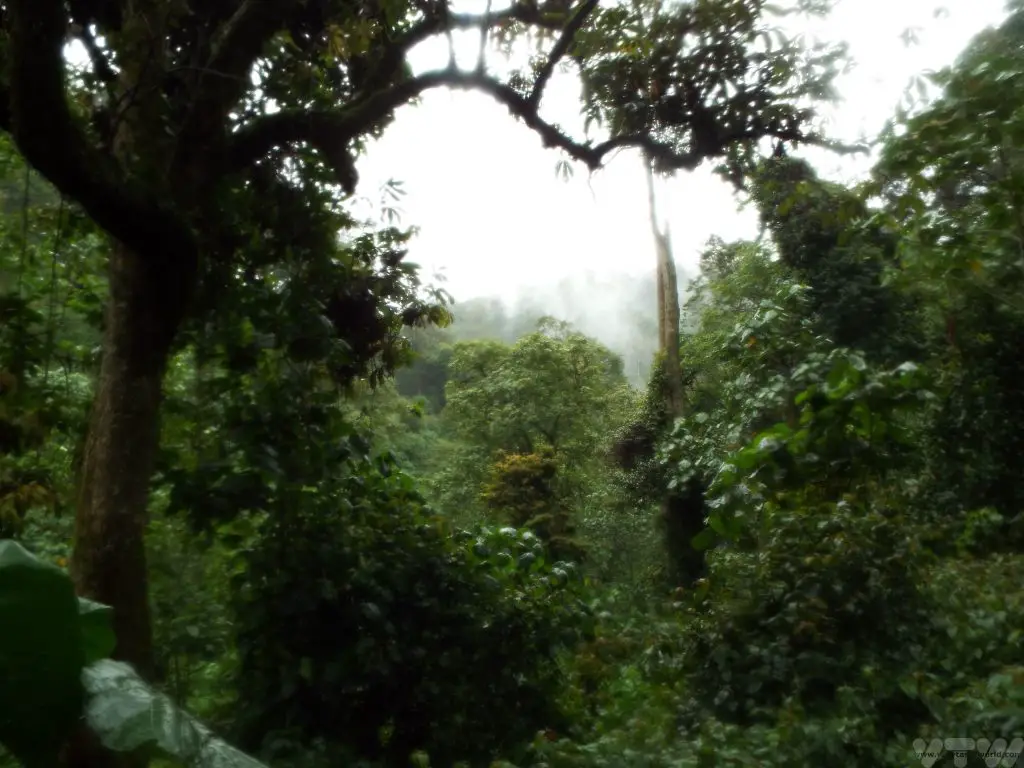
There’s a reason the region is named “Bwindi Impenetrable”. We trekked along a main path – up and down some very steep, muddy and slippery slopes, for a couple of hours. Then our guide indicated that he was close to the trackers. The rangers/trackers cut through the forest with machetes and we followed a newly made path, through dense forest to where the gorillas were located.
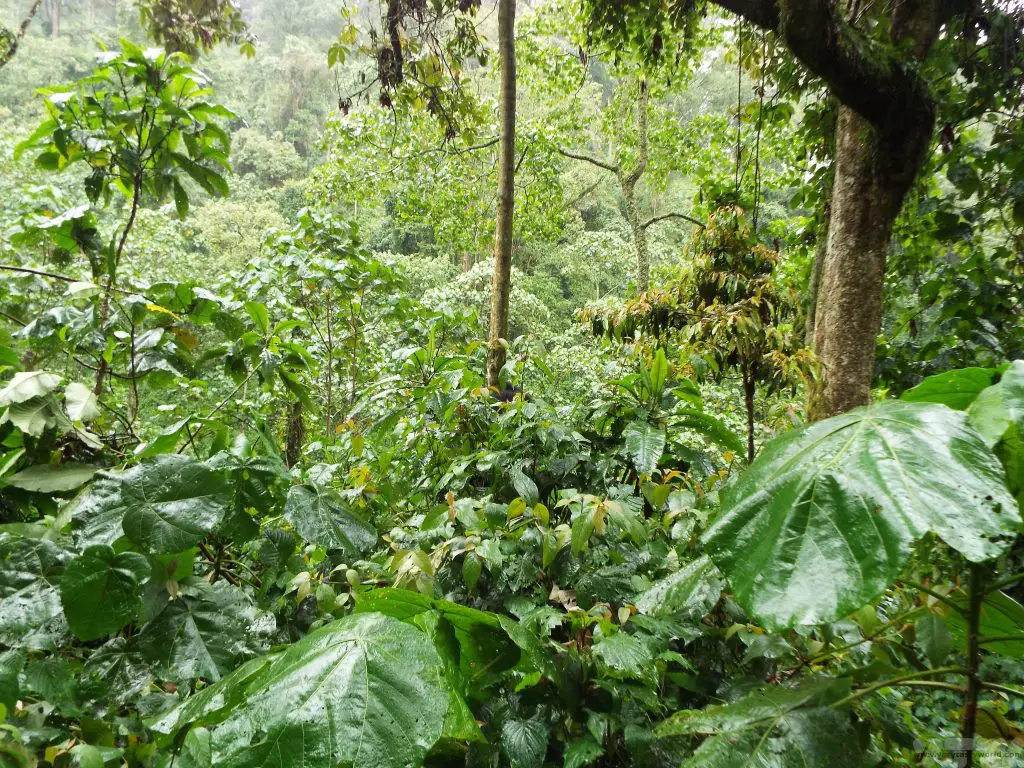
We were soaked through to the skin, muddied, shattered and utterly bedraggled. But nothing beats the sight of wild gorillas just a few metres away from you.
We saw one of the group’s silverbacks…
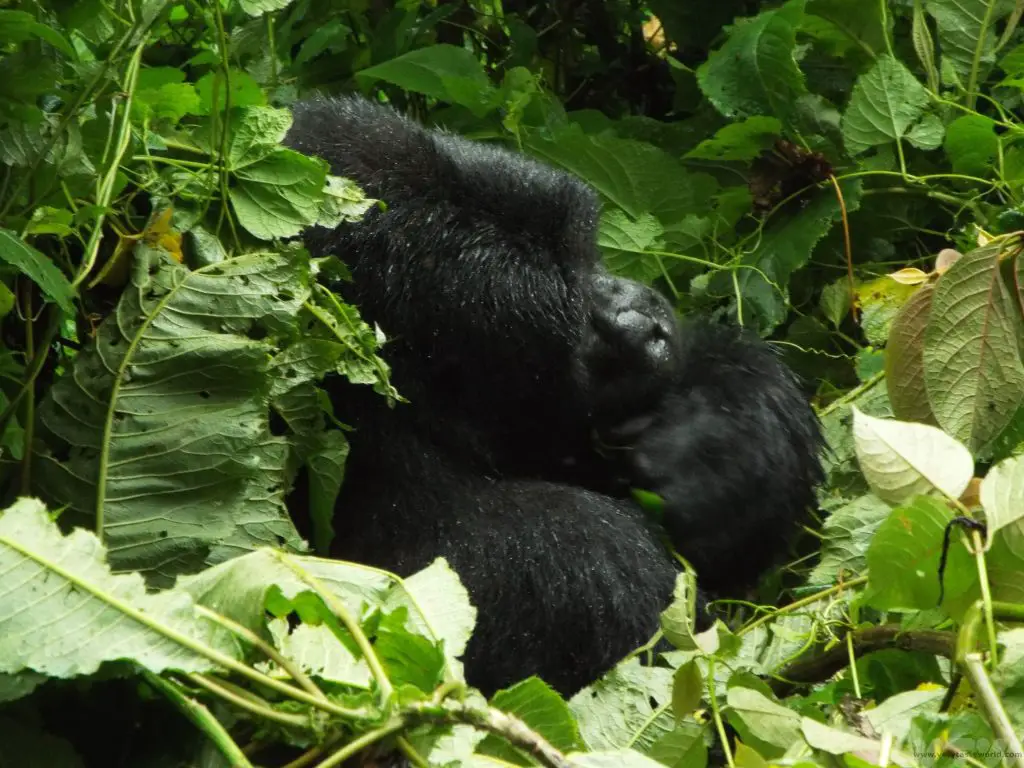
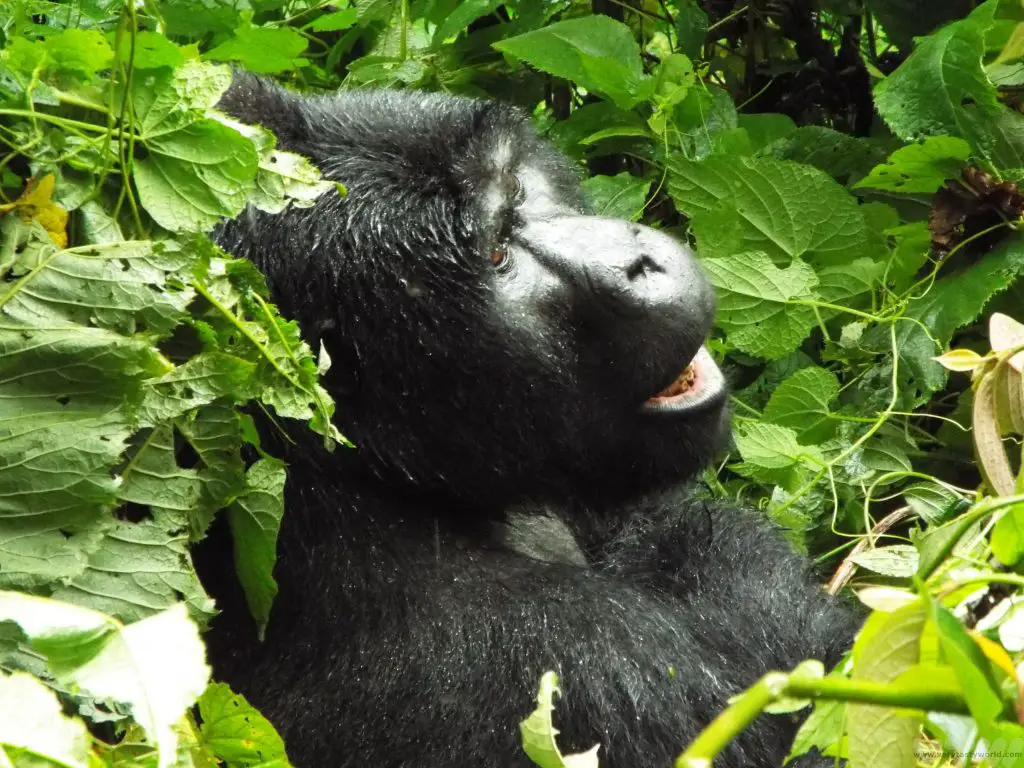
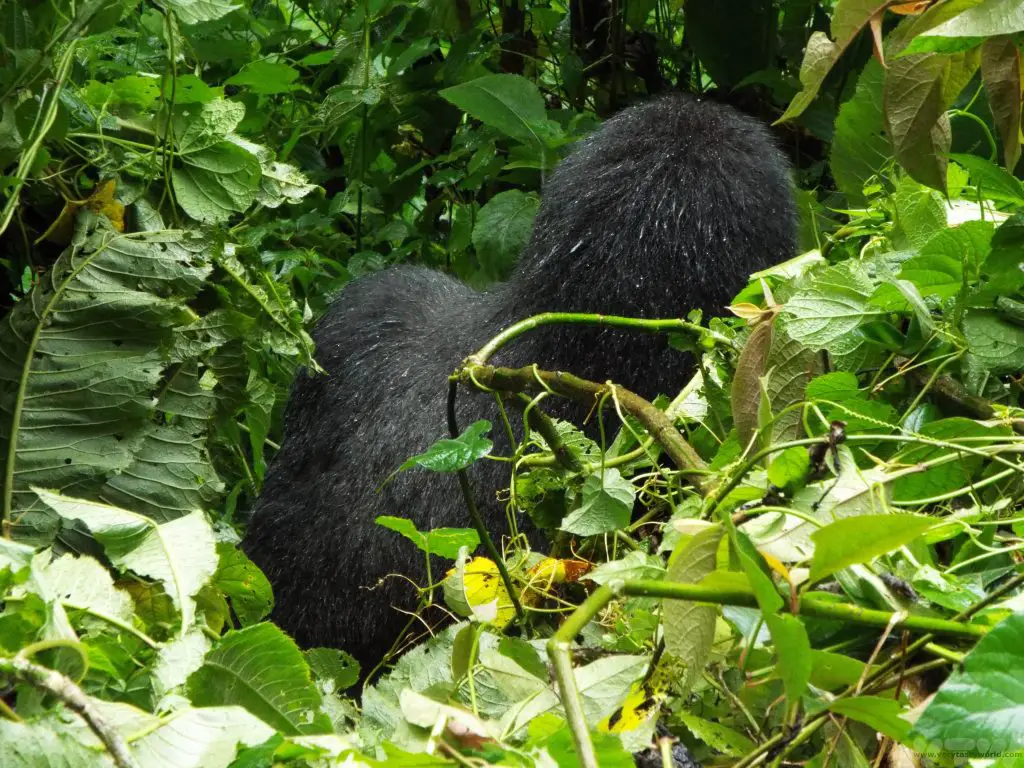
…some younger males…
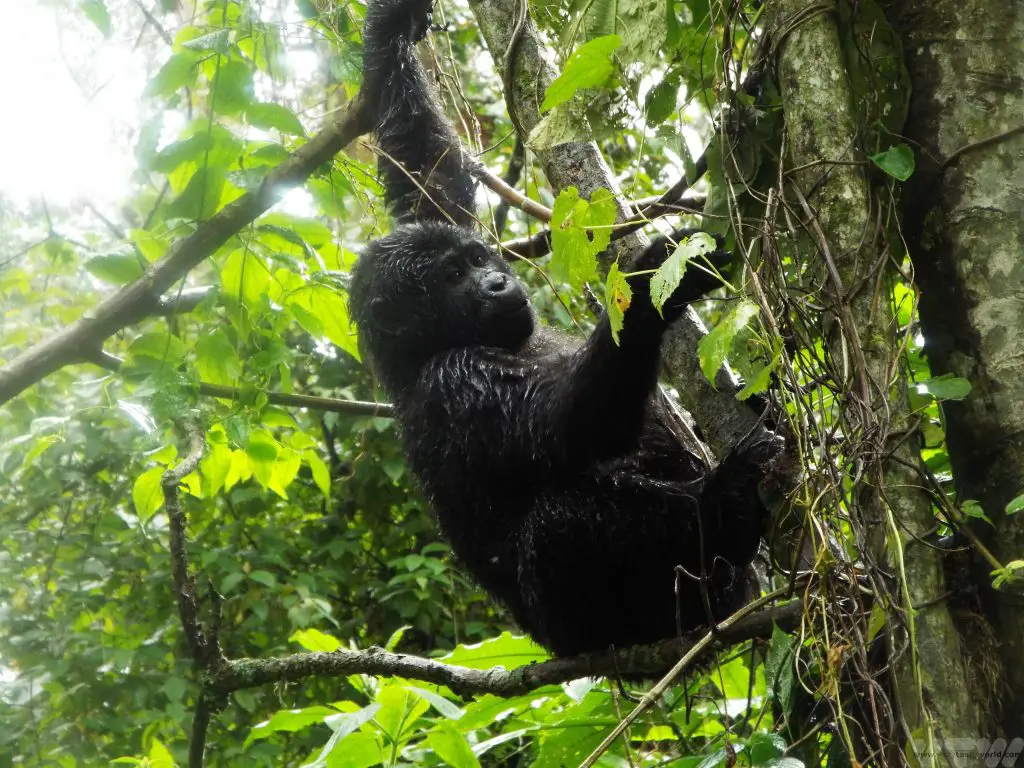
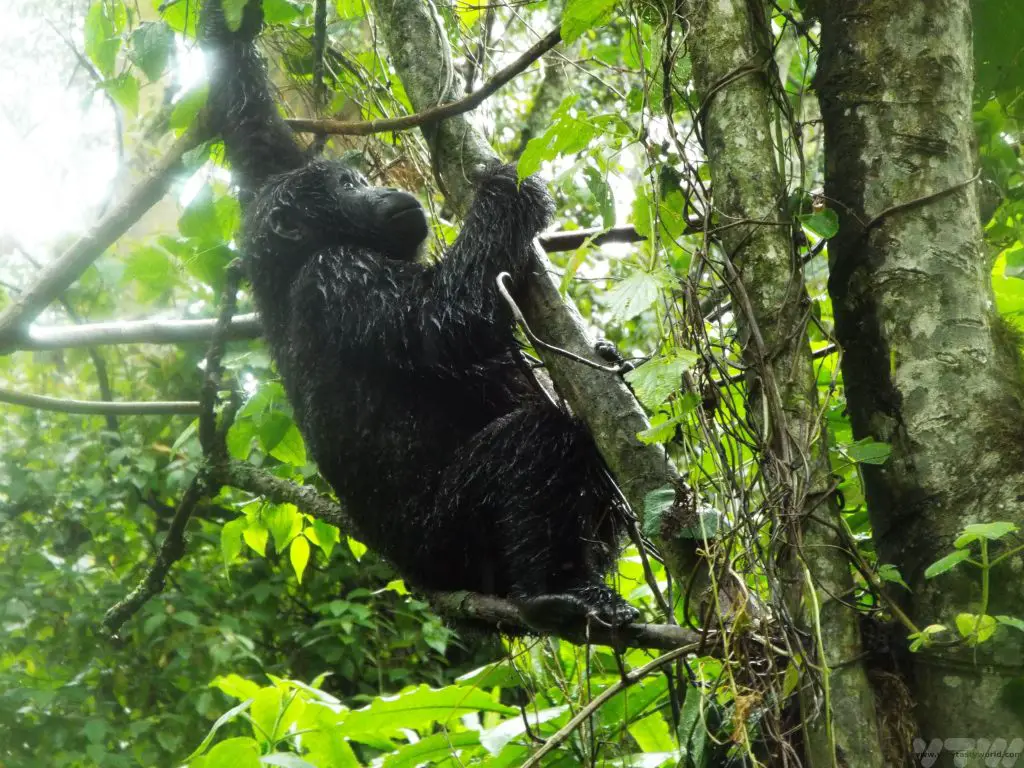
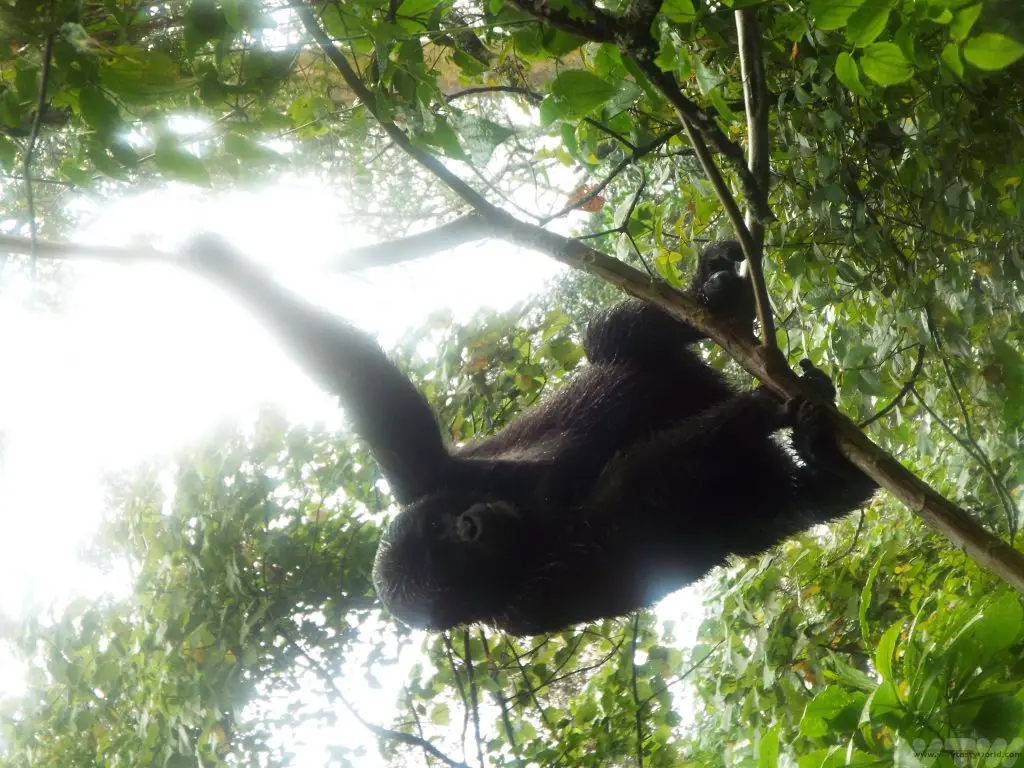
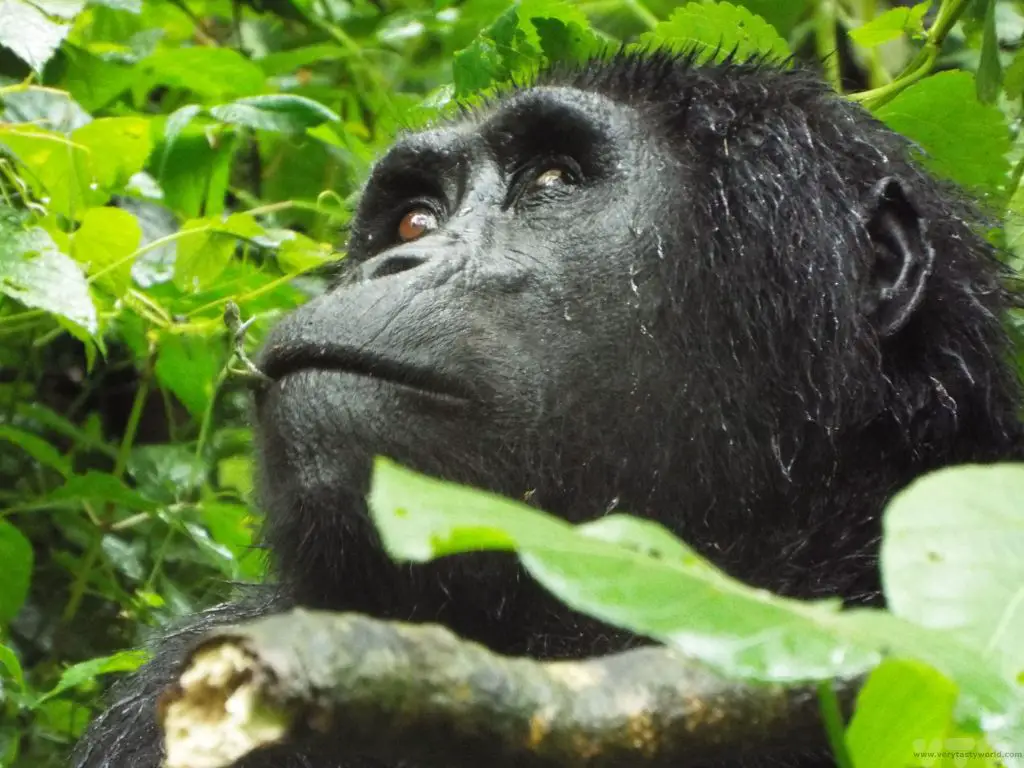
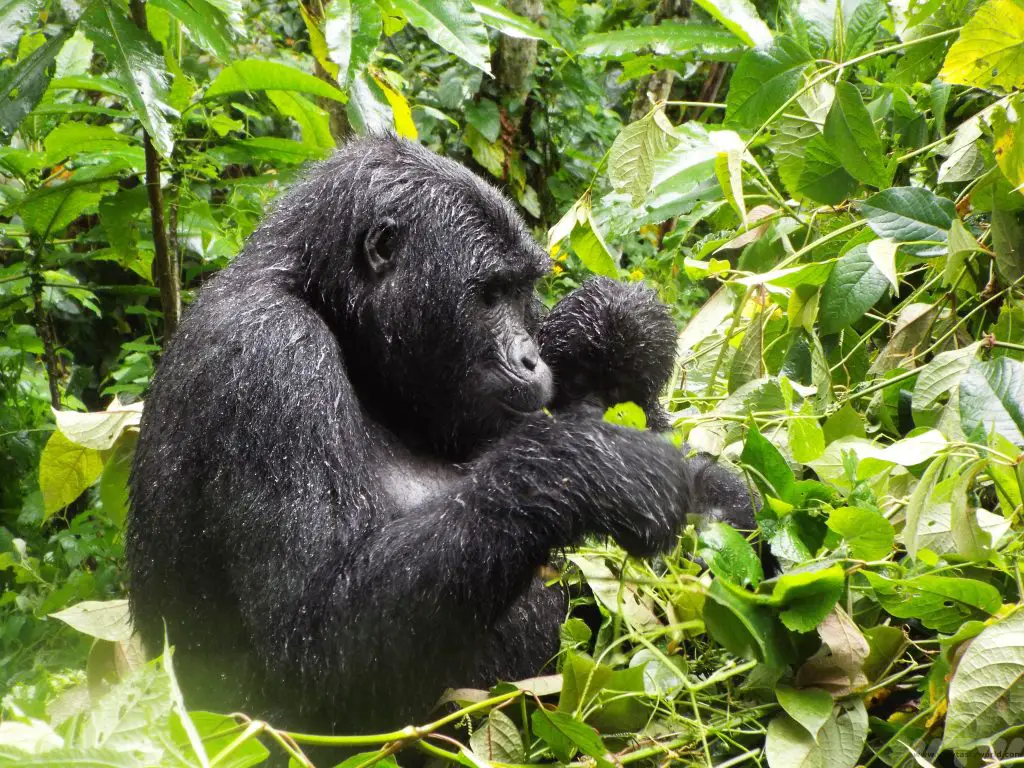
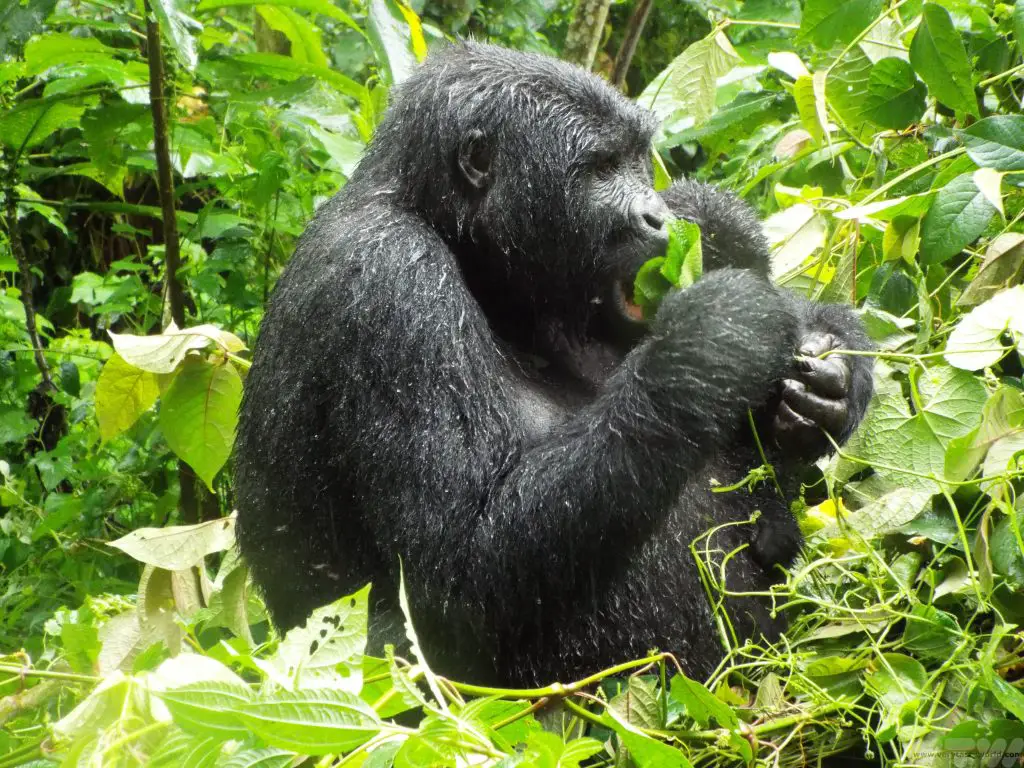
…and a mother and child.
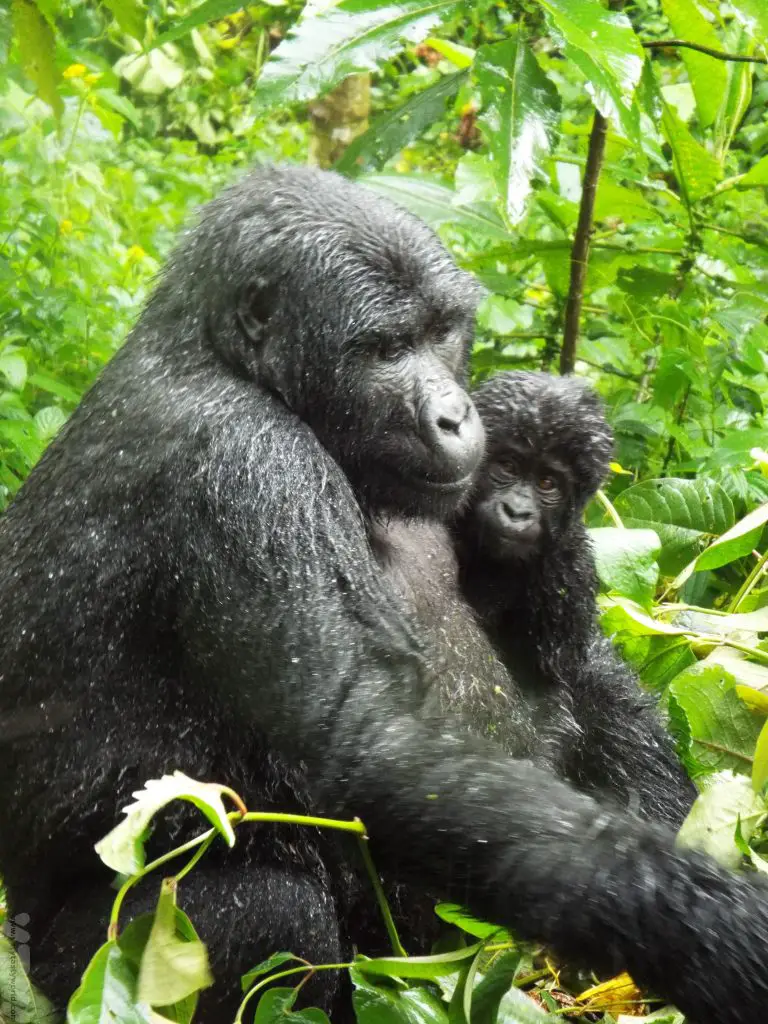
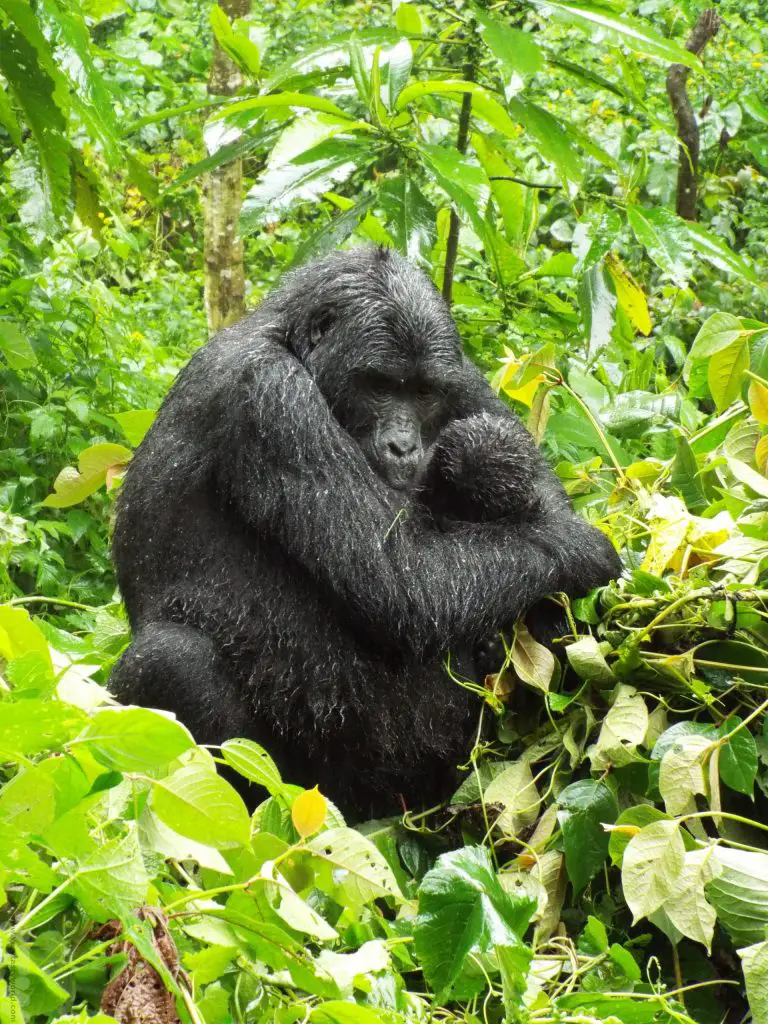
It’s difficult to find the words to describe how magical it was just being in their presence. The rules say that you are allowed one hour with these amazing creatures. It flew by. Then there was the slippery, steep trek back to base. It was a tough climb but we made it without difficulty. Gorilla trekking in Uganda was one of the most amazing things we have done. We were exhausted but elated.
The gorillas were feeling a bit sleepy too.
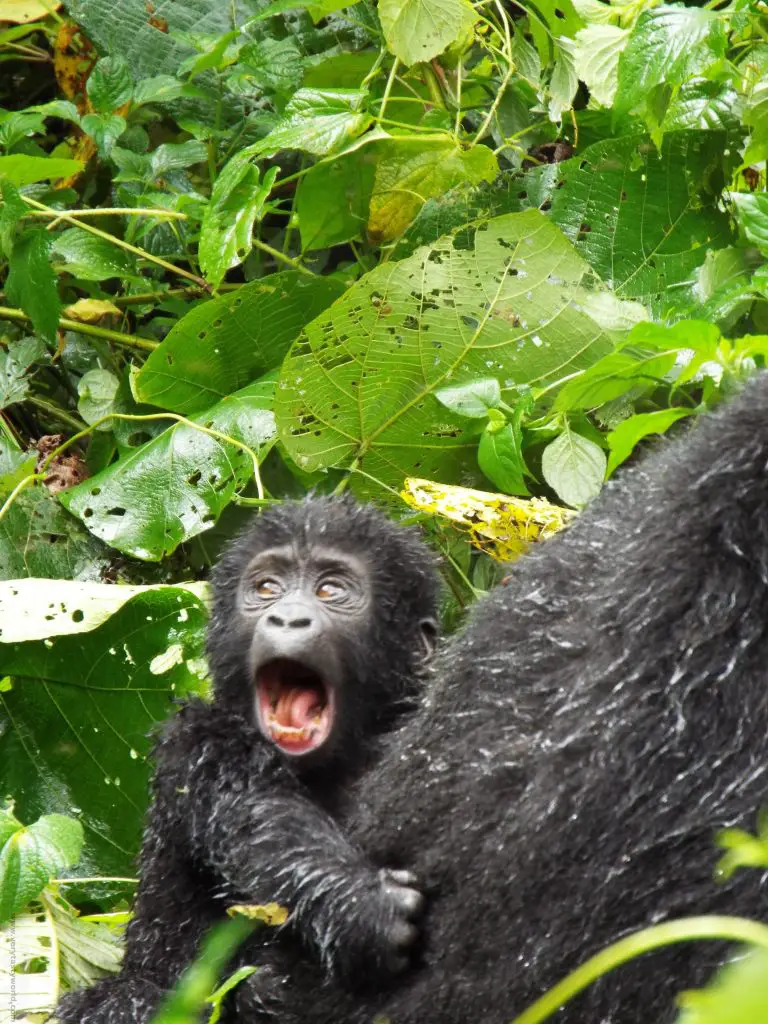
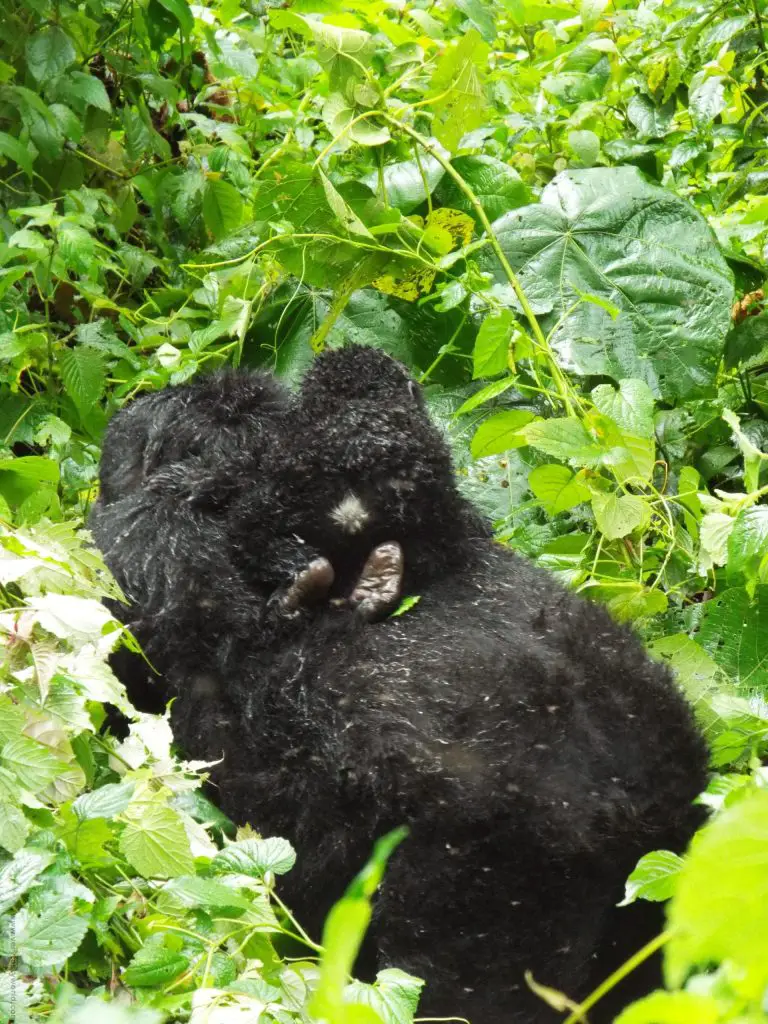
At the Elizabeth National Park we managed to purchase some Gorilla Coffee. Made from arabica beans it is grown, processed and roasted in Uganda, and is delicious. It has a lovely aroma – it smells of sweet, buttery caramel and has a smooth taste with just a touch of distinctive coffee bitterness. Even better, some of the profits from its sales go towards conservation efforts to help the marvellous mountain gorillas.
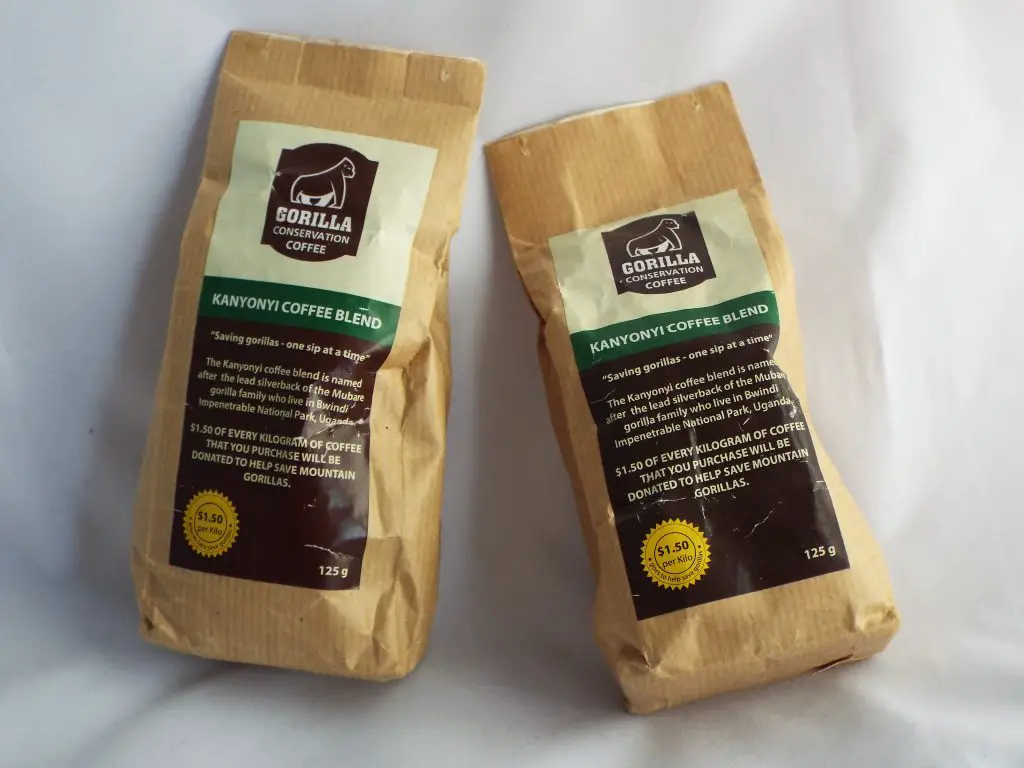
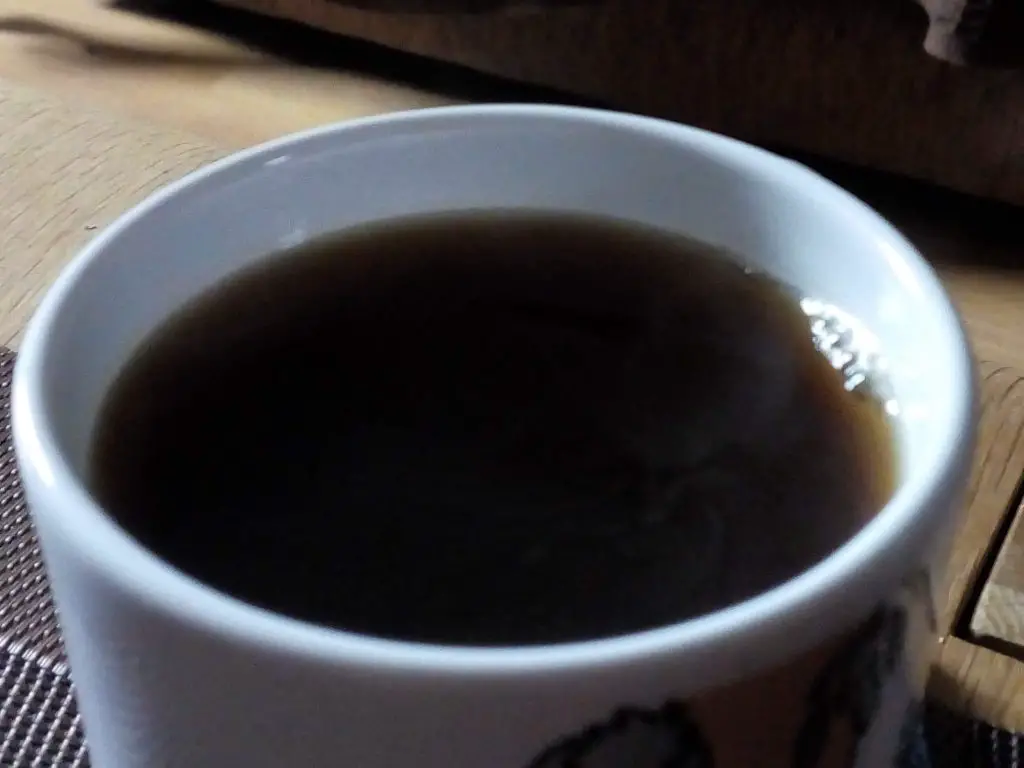
Related Posts You May Enjoy

Temple of Heaven, Beijing
The Temple of Heaven, along with the Forbidden City, is a must-see attraction in Beijing. Both of these amazing building complexes were constructed in the 15th century by the Yongle Emperor, the third emperor of the Ming Dynasty.
The Temple of Heaven comprises a complex of beautiful buildings set inside a lovely and extensive park. Its purpose was for the Emperor to pray for good harvests.
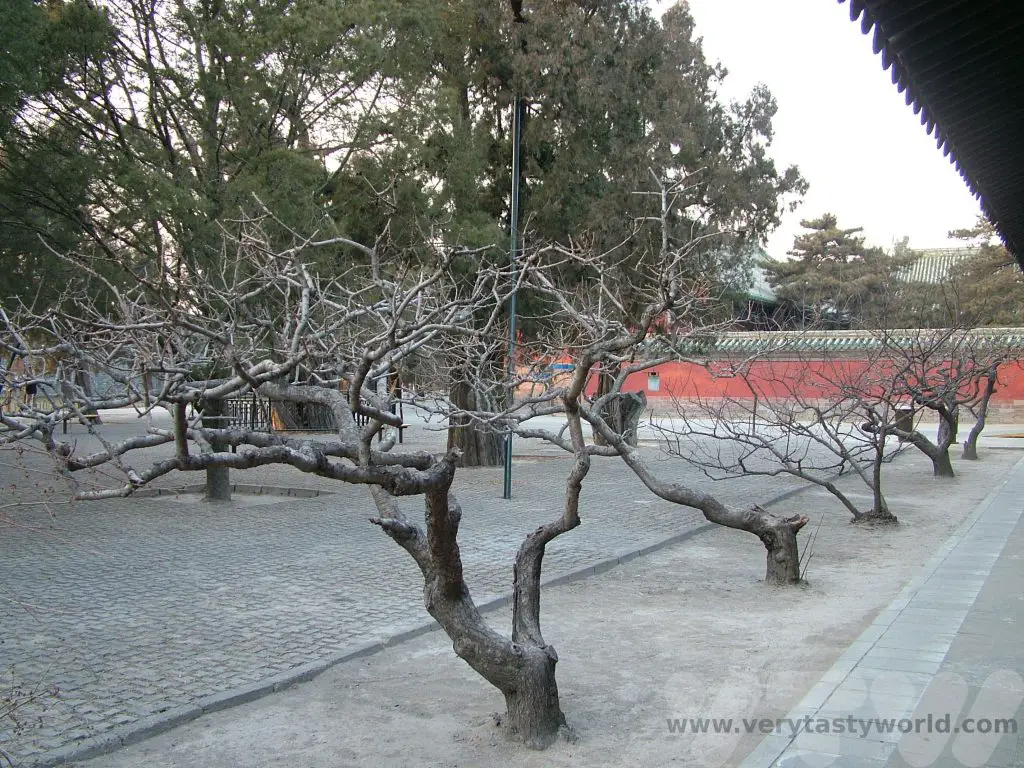
The Circular Mound Altar was constructed in the 16th century in the time of the Ming Dynasty. Its purpose was for the Emperor to pray for favourable weather, particularly in times of drought. It has three circular terraces, each of which has four entrances with precisely nine steps. The number nine plays a significant part of the architectural design with many of the numbers of pillars and slates being multiples of nine. It is surrounded by gorgeous marble carvings. The design also allows sound to resonate throughout the construction creating an echo that amplifies a voice – useful for the Emperor to make certain that the gods would hear his prayers.
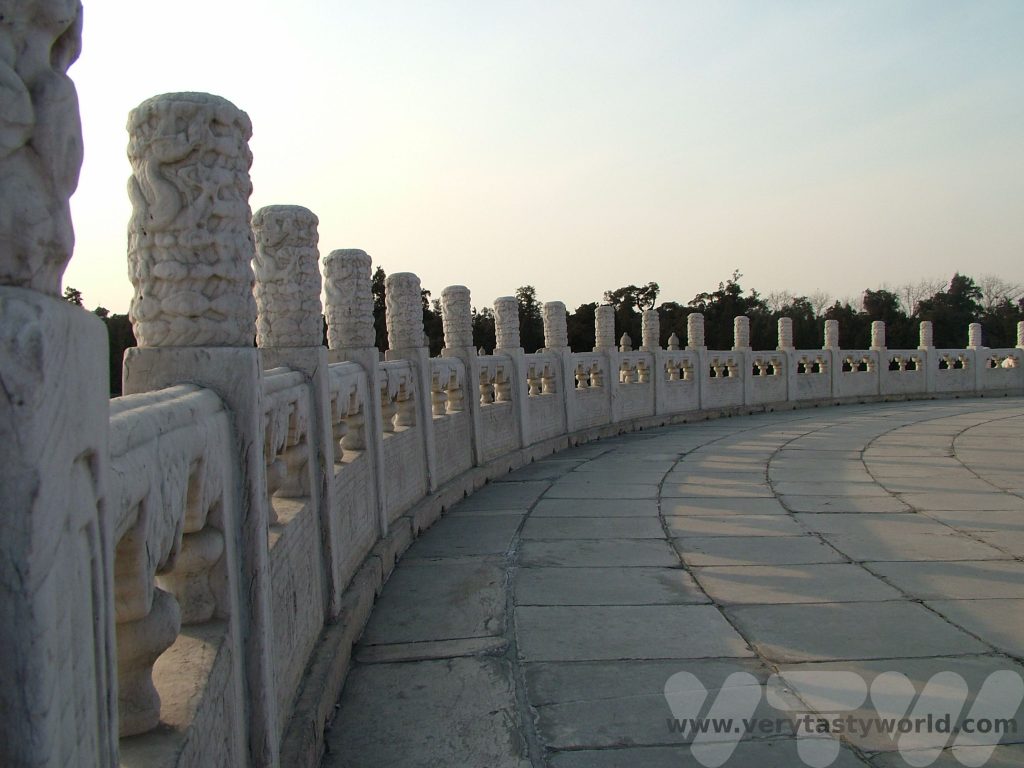
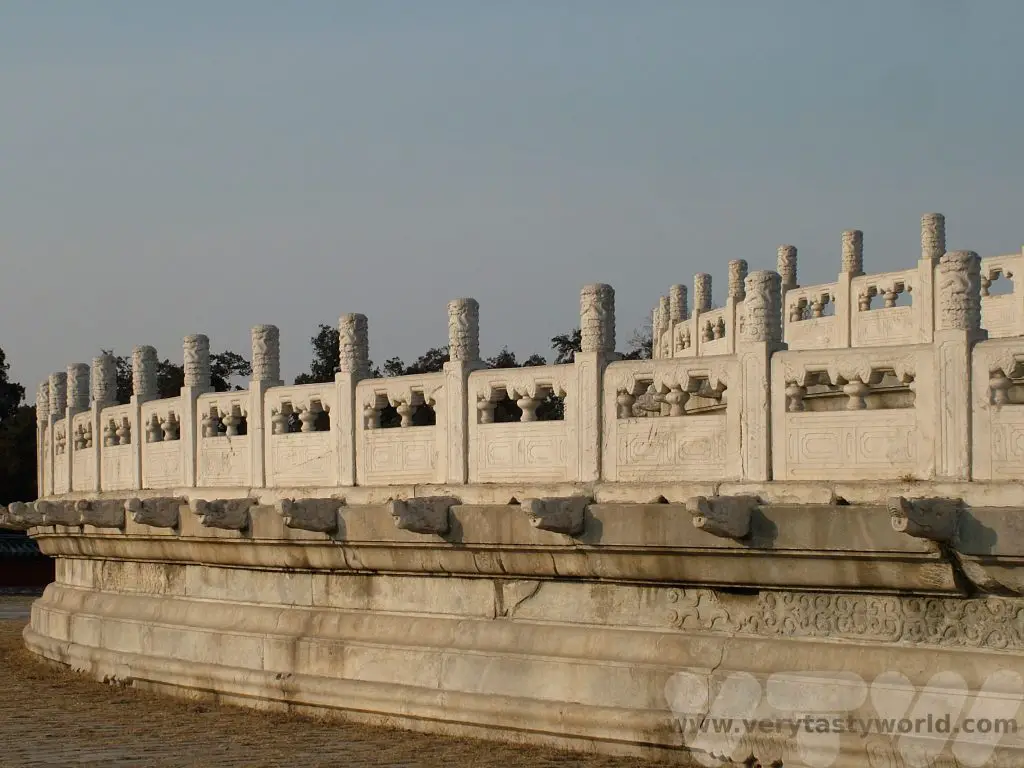
The Imperial Vault of Heaven is circular building, one storey tall.
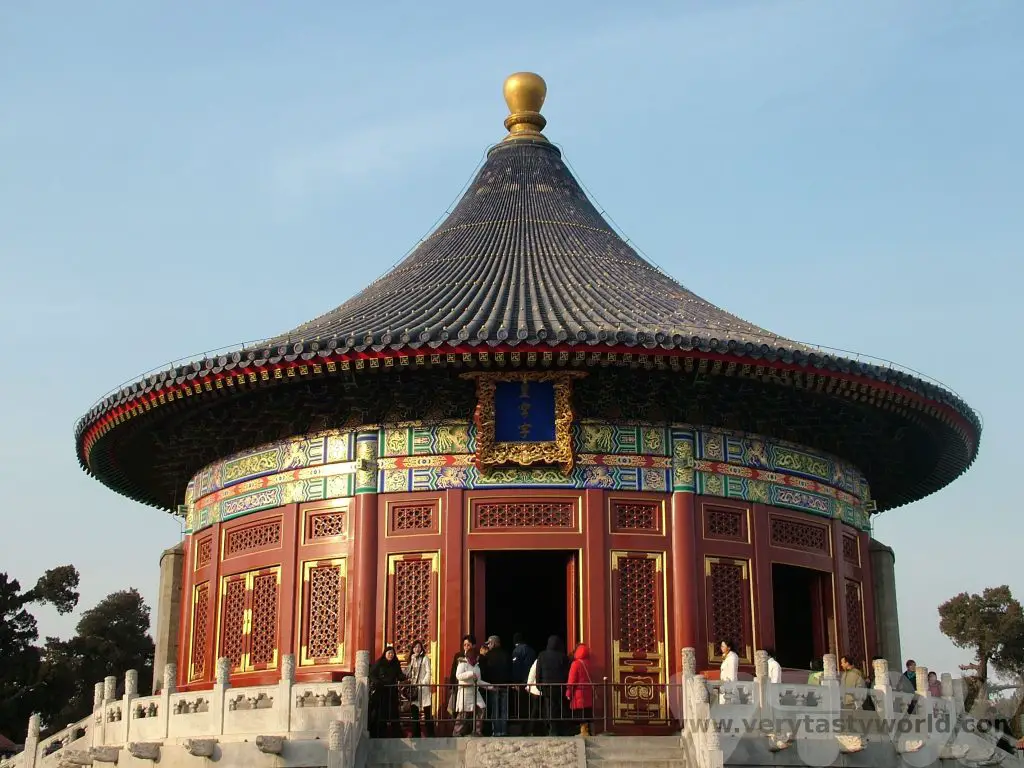
From this, a walkway leads to the Hall of Prayer for Good Harvests. Like the Imperial Vault, it is a gorgeous circular construction, and large too, at 36 m across and 38m high. As its name suggests, it was here that the Emperor prayed for good harvests. A wooden construction, apparently built without using nails. The decoration is marvellous – highly detailed and intricate. The detailed decoration contains images of mythical creatures and birds and radiates with a wonderful glow as the light of the setting sun casts its rays upon the building.
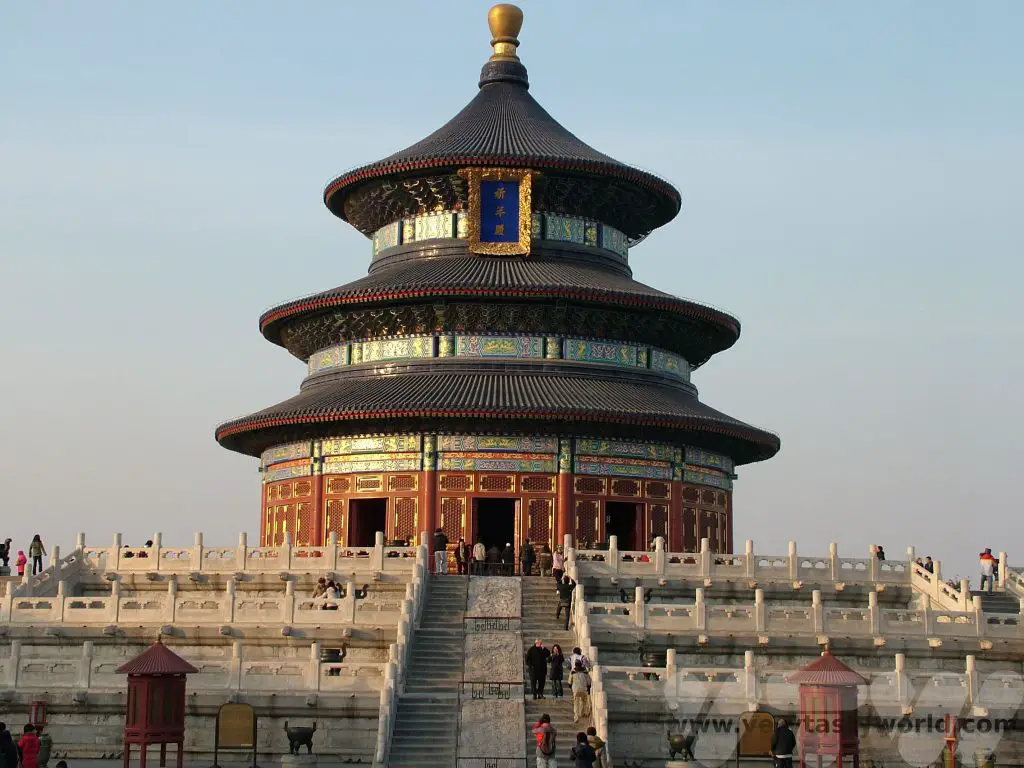
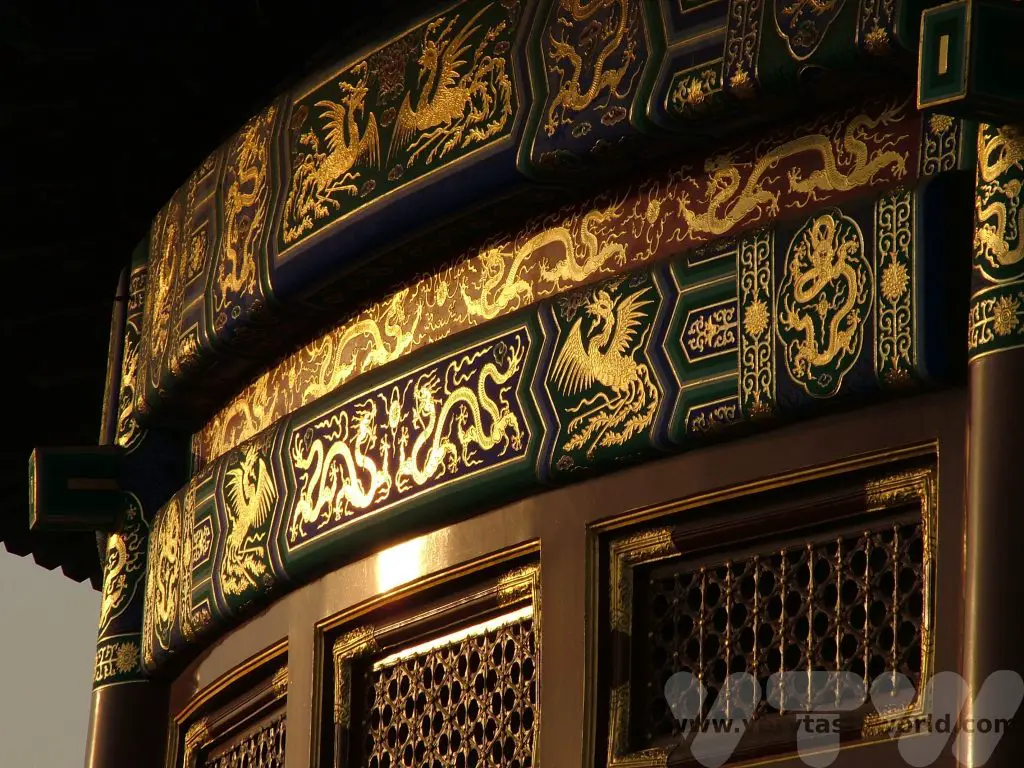
Tea Houses Outside the Temple of Heaven Beijing
There are a number of tea houses just outside the Temple of Heaven. They provide an opportunity to taste a variety of Chinese teas.
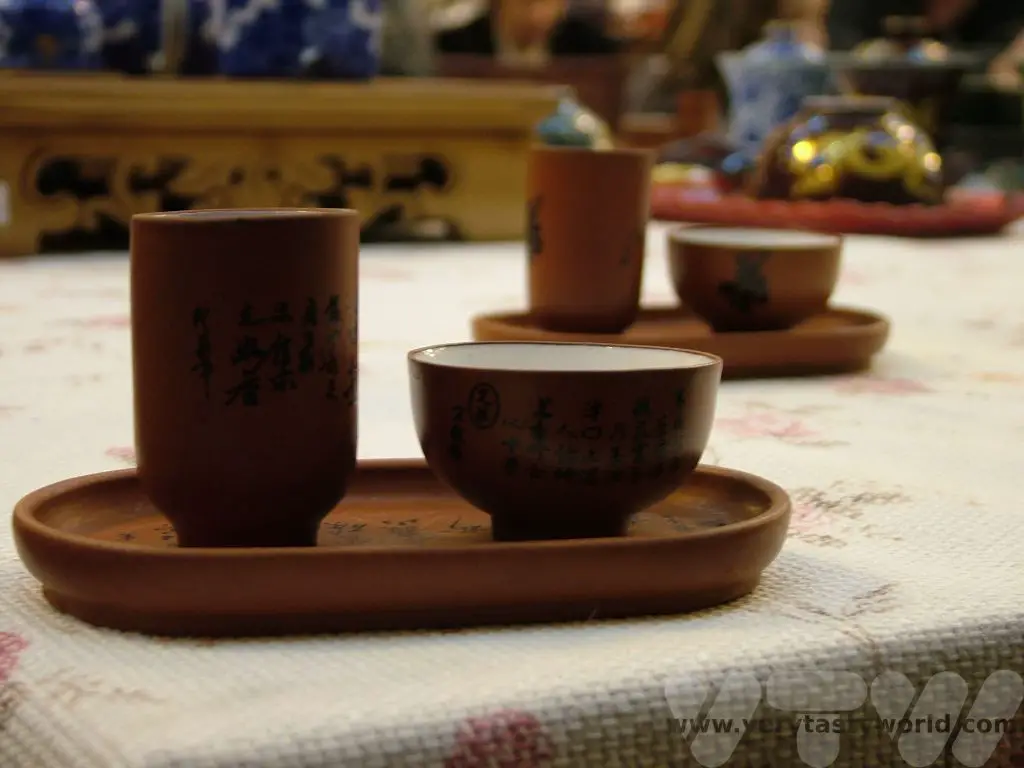
It was in one of these that we discovered blooming teas. These are neatly crafted hand-bundled into a small ball, a little smaller than a ping pong ball. They look rather nondescript folded up.

But pop them into some boiling water and they bloom into a flower whilst infusing the water to create tea. They are usually comprised of white tea or green tea leaves. Sometimes jasmine or similar flowers are used.
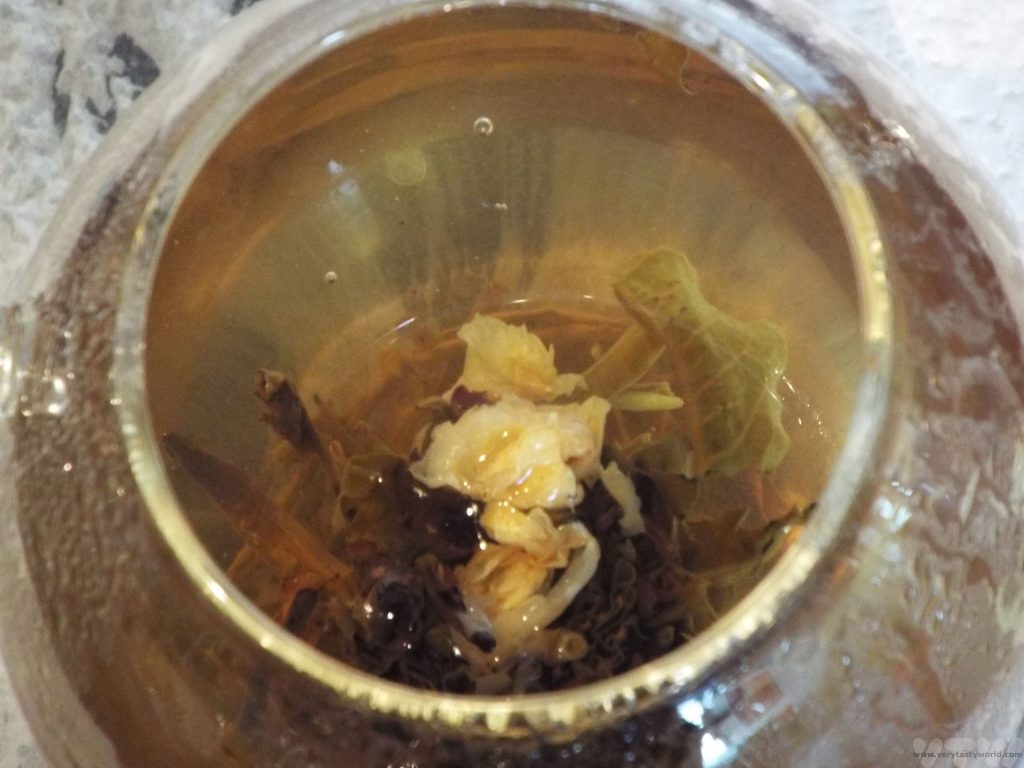
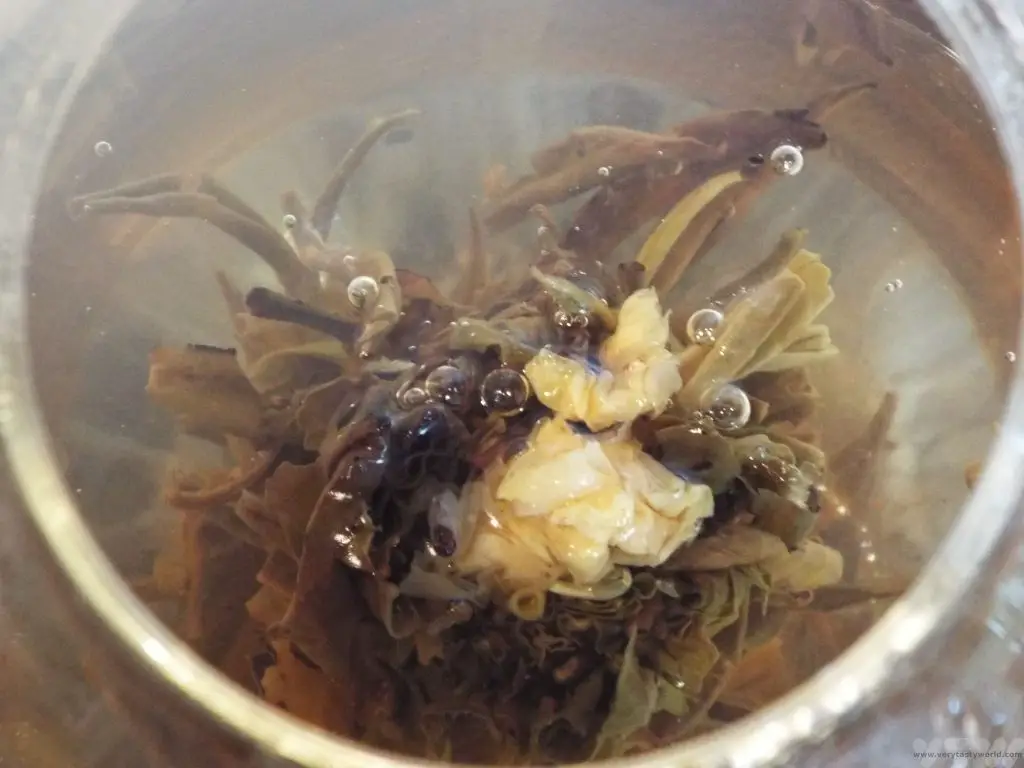
The flavour is mild but some have a touch of tannin.
Delicious and beautiful. You can buy these online. We also treated ourselves to a splendid glass teapot so that we could enjoy watching the flower bloom.
Couple of things worth noting. If you are on a tour you are likely be invited to purchase products in the inevitable shop that can be found alongside museums, factories, tourist attractions and tea shops. Our experience was that we weren’t pressured to buy anything. We also found that in some factory outlets prices were regulated by the government which meant that we didn’t have to haggle, much to our relief, because we’re rubbish at it. Although we did somehow come home bearing a vaccuum-packed silk duvet from one emporium because it was genuinely good value.
There are some scams whereby friendly people approach you and invite you to drink tea with them at a local tea house. It may be perfectly legitimate and genuine but there have been situations where you are taken to what appears to be a charming, authentic tea house and when the bill arrives it is considerably higher than you might expect for a pot of tea.
Related Posts You May Enjoy
Sacred Valley Highlights to Explore in Peru
The Sacred Valley of the Incas describes the 100 km corridor between the Andean city of Cusco, the ancient capital of the Inca empire, and the remarkable citadel of Machu Picchu. While Machu Picchu is undeniably the main attraction, there are so many other sites to visit. Here is a guide to some of the other Sacred Valley highlights to explore while you are visiting the area.
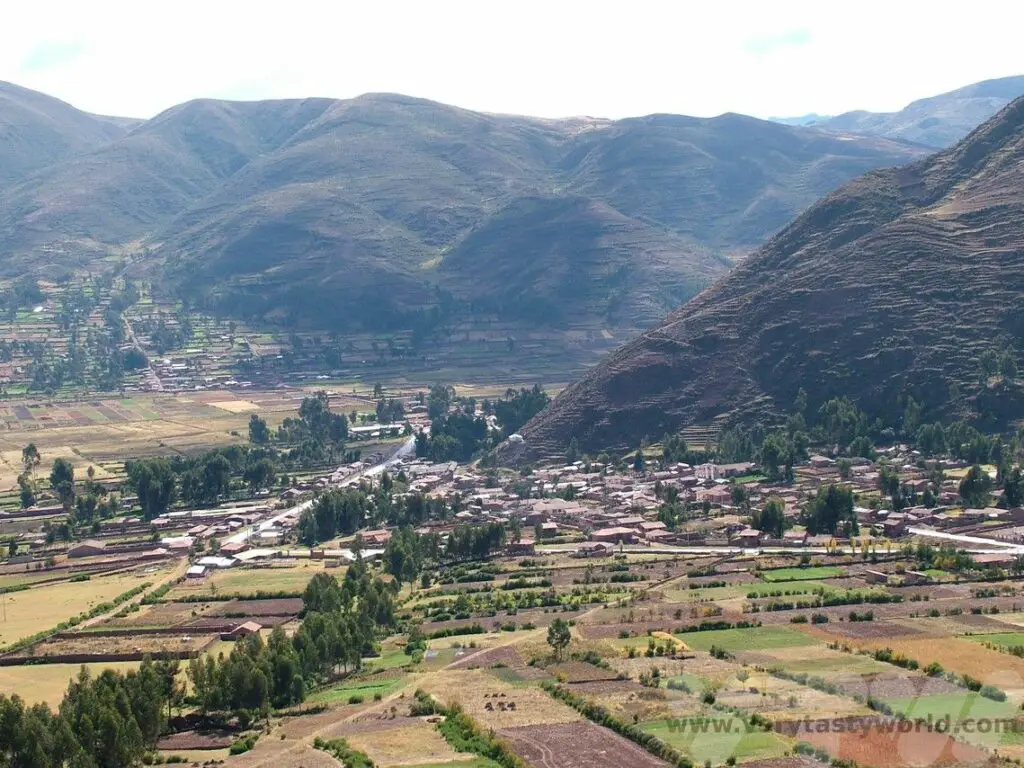
Please note that this post contains affiliate links. If you click through and decide to make a purchase we will earn a small commission, at no extra cost to you, which will help towards the costs of running this site.
Getting to the Sacred Valley
Most people fly into Cusco. Flights are available from all over Peru, notably its capital Lima, but also from other regions. We flew in from Puerto Maldonado having visited the Peruvian jungle some days previously. One thing to note is that Cusco is at an altitude of 3400m and if you are flying in from sea level, it is definitely worth spending a couple of relaxing days in the city and surrounds to acclimatise to the altitude.
An alternative route is to catch a bus up to the Andes. It takes around 22 hours from Lima. There are a few advantages to using the bus: it is cheaper, you can enjoy the mountain scenery and also it means that you climb up to the altitude at a more leisurely pace than flying in, which means that you can adjust more slowly.
Sacred Valley Highlights
Cusco
Cusco is the main city in the region and the most popular location to use as a base for exploring the Sacred Valley. The city was occupied by the Killke people from roughly 900CE until the arrival of the Inca in the 13th century.
It was to become the capital of the Inca Empire meaning that Cusco was, in its time, the most important city in South America. Cusco grew from a small village to a vast city thanks to Pachacuti Inca Yupanqui, who expanded the Inca Empire to cover a huge area of the South American continent. It is believed that Machu Picchu itself was constructed as an estate for Pachacuti.
Cusco’s Centro Historico is a UNESCO world heritage site and, like much of the Sacred Valley, sees colonial architecture blend alongside Inca ruins in a fusion of cultures and history. The main square is located right at the heart of the city centre. There are various shops and restaurants lining the perimeter of the square and it is frequently used for bands, who play concerts, and dance troupes. It’s a lively place where locals and tourists intermingle.
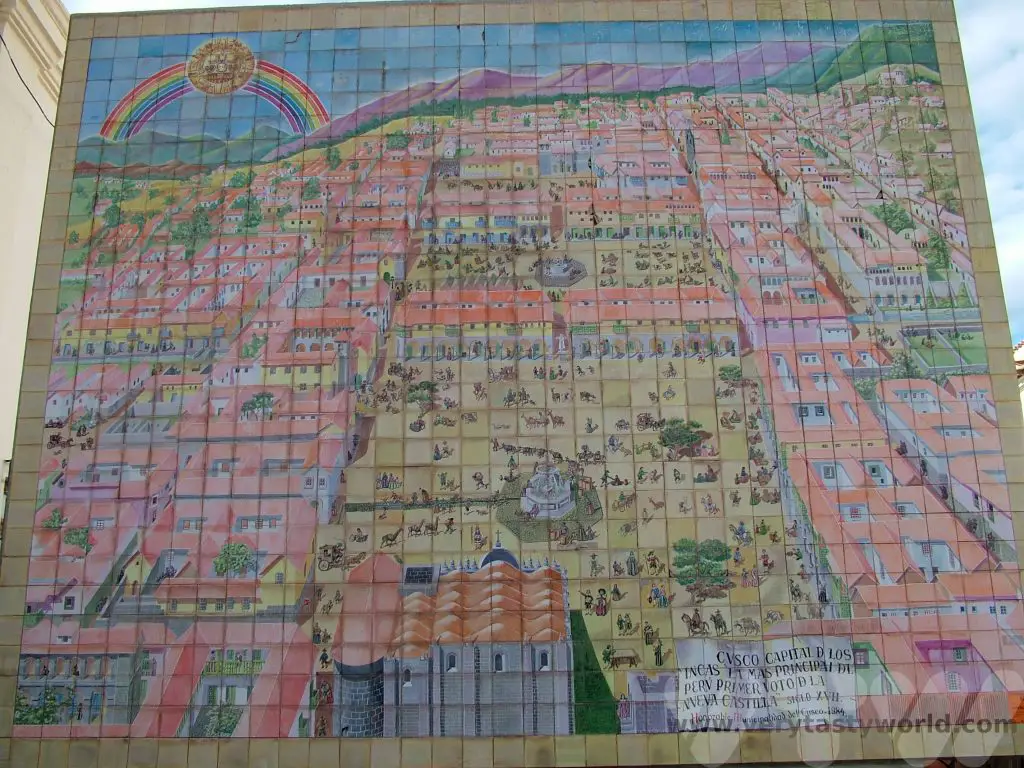
The city’s cathedral located in the north-east corner.
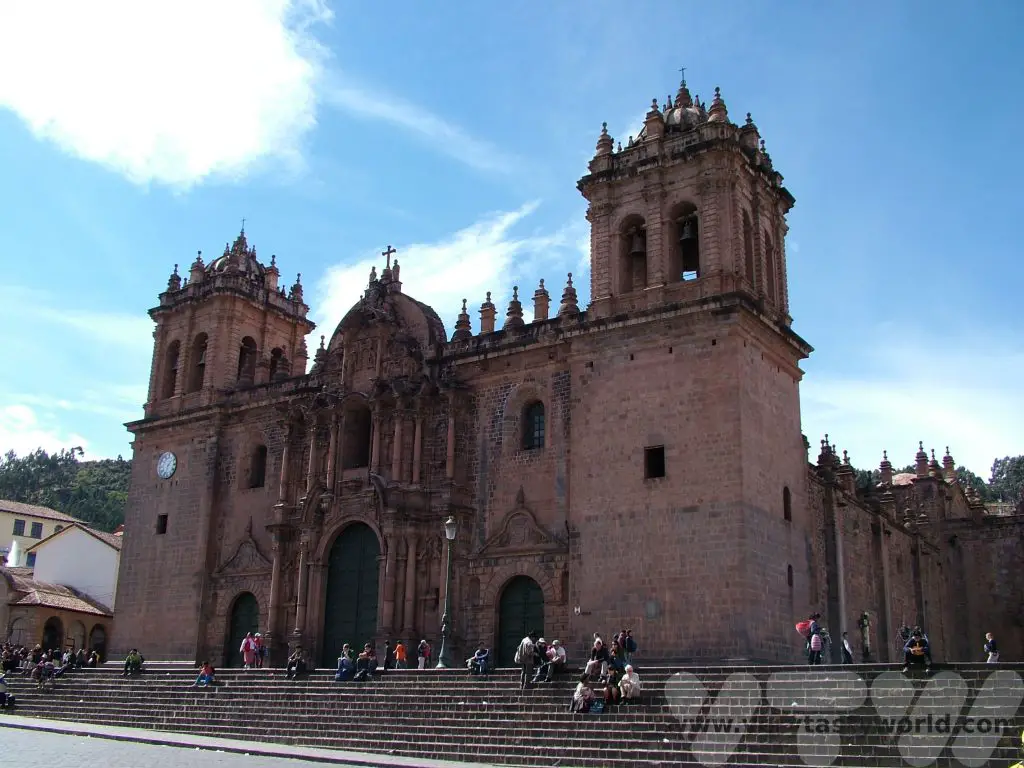
Another church that is of particular interest is the Church of Santo Domingo. It was built directly on top of the most important Inca temple of the region, Coricancha, and hence encapsulates the blending of indigenous and colonial cultures over the centuries.
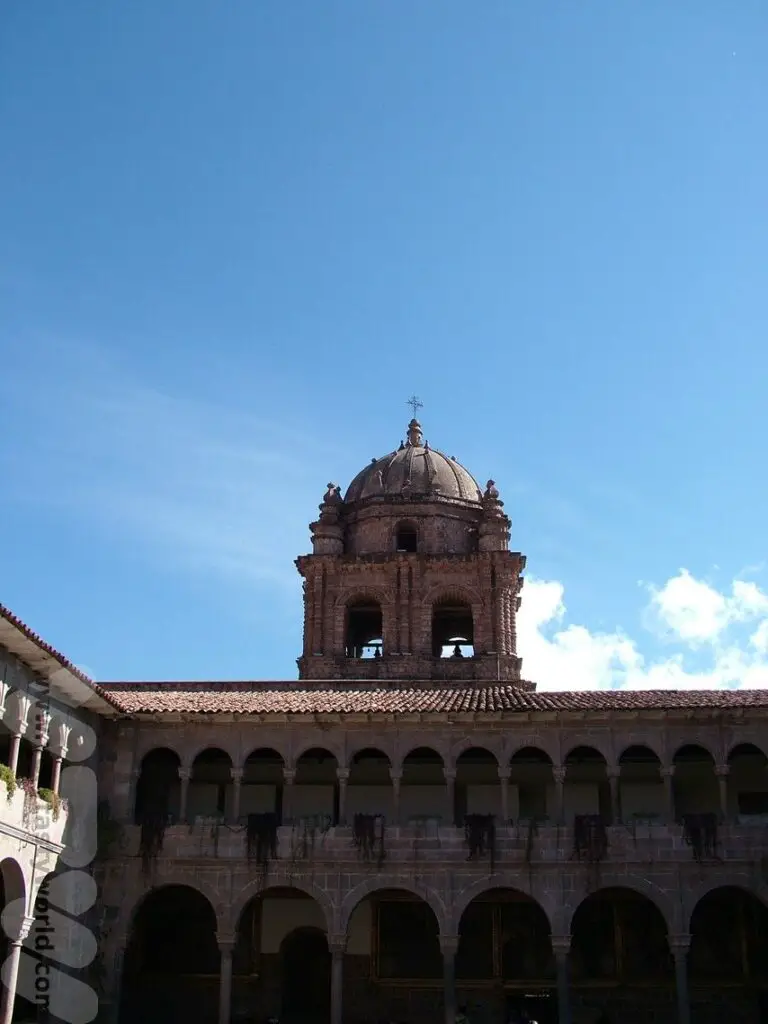
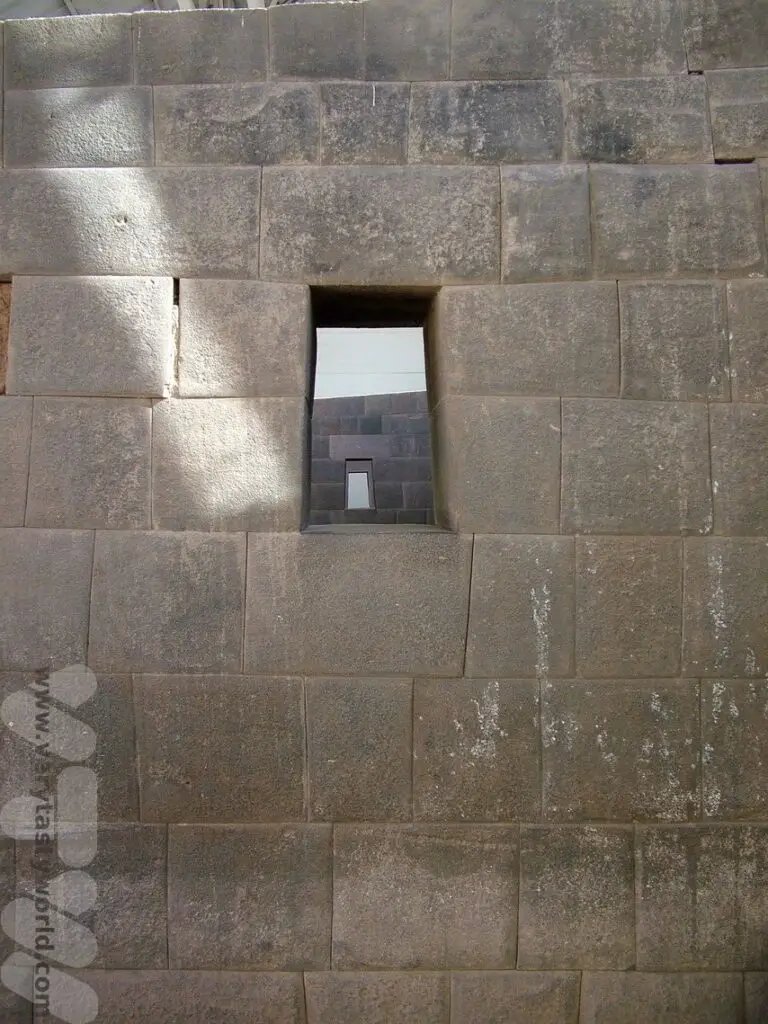
Sacred Valley Sites On The Outskirts of Cusco
There are a number of fascinating Inca sites located very close to Cusco. In fact, they are so close you could even walk to some of them if you were feeling energetic. Some are further out (up to 8km), so we recommend either booking a half-day tour with a local company, which would include a visit to all the sites, or getting a taxi, a bus or colectivo (a van/minibus that runs a particular route on no particular schedule – you usually go when the vehicle is full). You can buy a ticket that covers entry to Sacsayhuaman, Q’enqo and Tambomachay as well as the fortress of Pucapucara.
Sacsayhuaman
Sacsayhuaman is a dramatic citadel initially established by the Killke and significantly expanded by the Inca, located on a hillside overlooking Cusco.
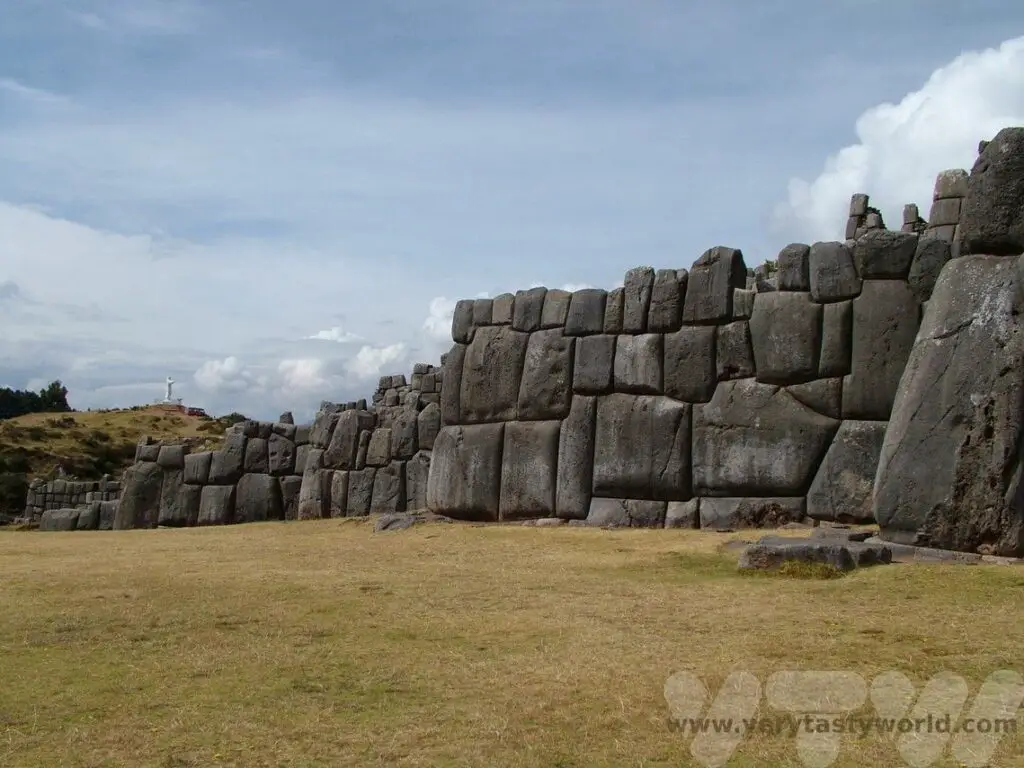
The construction is remarkable, notably the enormous stones that form the terrace wall which is adjacent to the plaza. The tallest parts of the wall reach over 6m in height and the huge stones are apparently packed so tightly that it’s impossible to slip even a single sheet of paper between them.
If you’re lucky you might even get an impromptu concert from a visiting band.
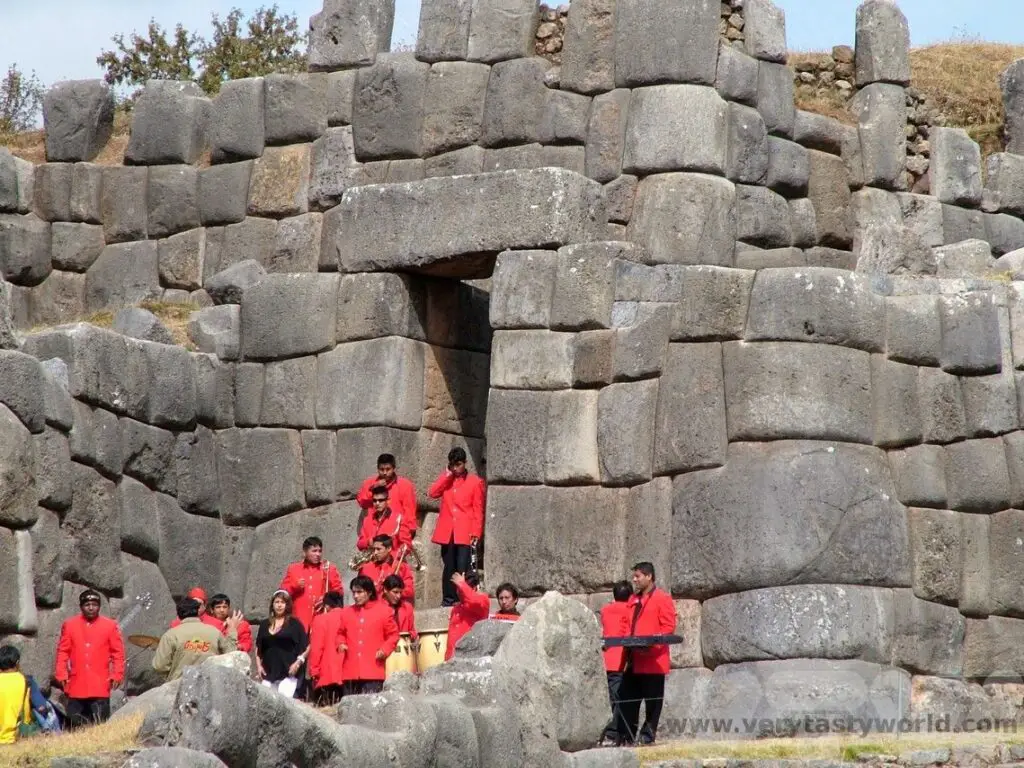
There’s a lovely view of Cusco from the site as well.
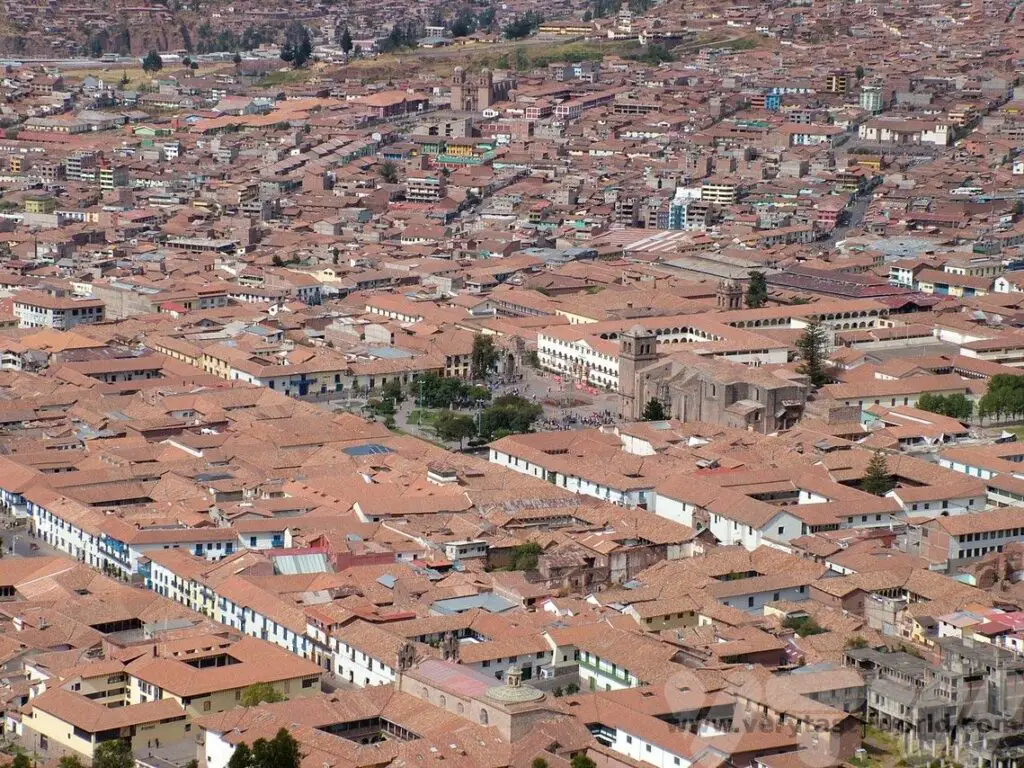
Tambomachay
This fascinating site, located near a number of springs, is comprised of canals and aqueducts that run through the rock terraces and flow into three waterfalls. The purpose of the site isn’t really known but it is thought that it may have been a sort of spa resort for the Incas or possibly a religious site.
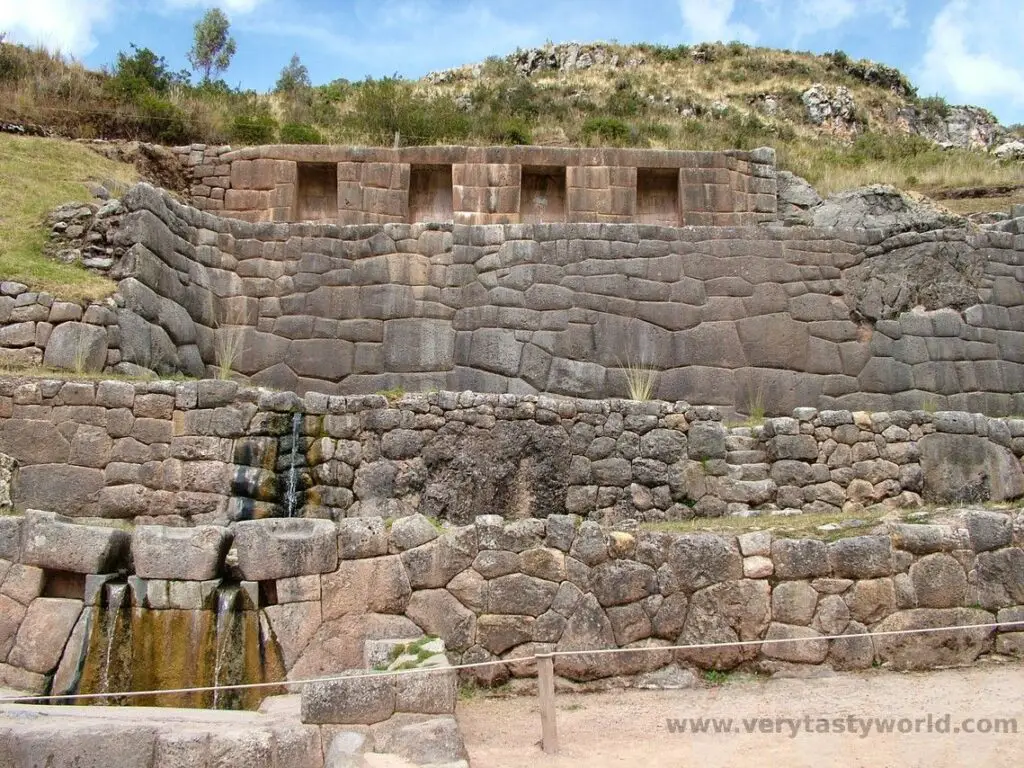
There is a legend that the water has particular qualities that may help those that are follically challenged. Yes, the water is purported to cure baldness! Further along the site, Colin was encouraged to wash his head under the water but, sadly, we can only report that the water’s reputed magical powers did not prevent further balding, nor produce any additional tresses. So it goes…
Q’enqo
This is an archaeological site thought to be a holy place or huacas. Huacas used existing rocks as a site for religious ceremonies. It is thought that sacrifices may have taken place here.
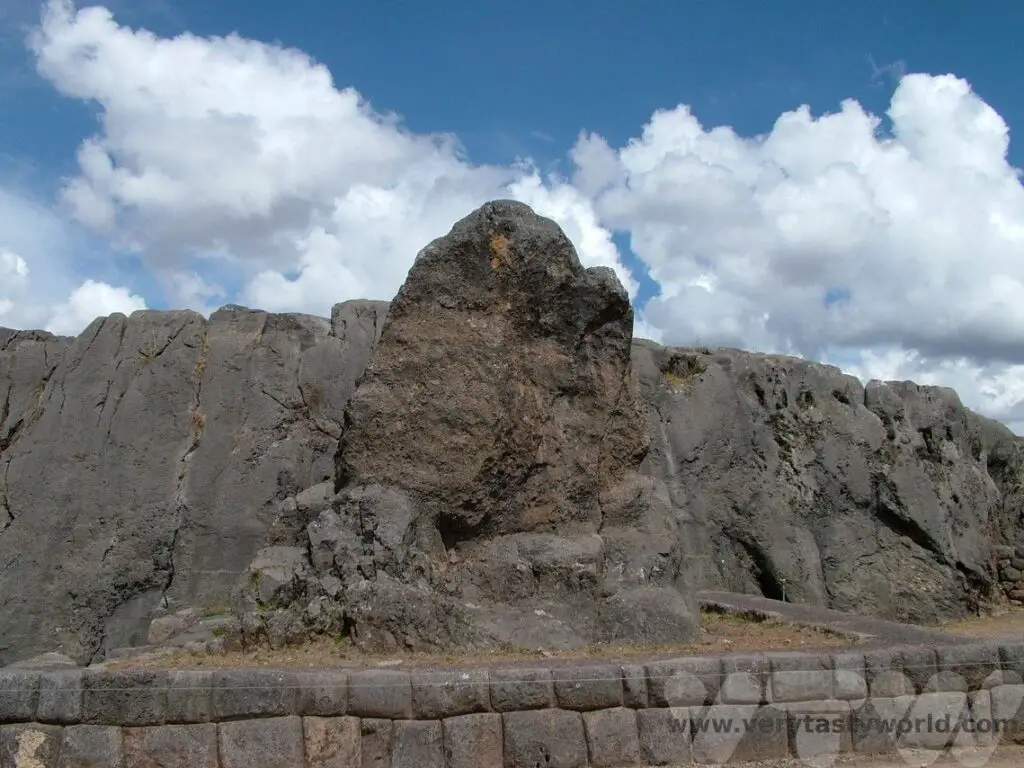
The name Q’enqo is thought to derive from the Inca word for ‘labyrinth’ possibly on account of the winding passages carved into the rock. These include several features such as altars. It’s possible to wiggle inside and explore the carved rock within.
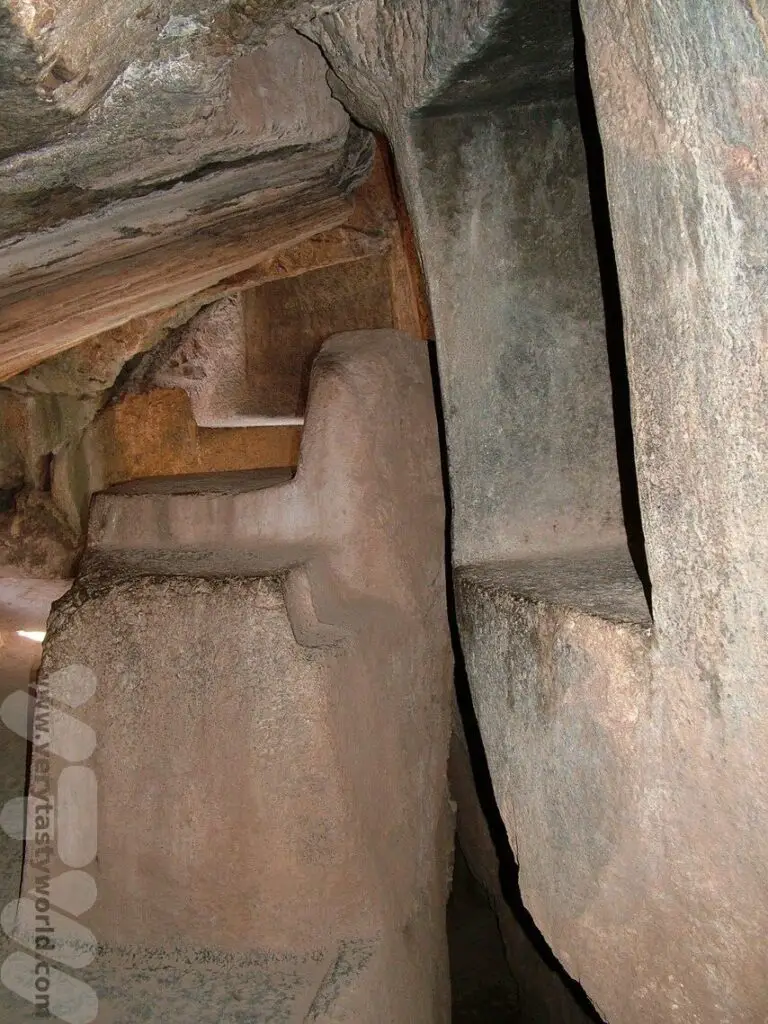
Further Along the Sacred Valley – A Day Trip
Depending on how much time you have, you can explore the Sacred Valley at your leisure. There are various transport options for travelling to the main towns in the region. There are taxis (most expensive), buses and colectivo (cheapest) available in the major towns. If you are short on time there are a number of companies that can offer day trips to the sites across the Sacred Valley. Many will offer a pickup from your hotel. These are usually full day tours and will often start early in the morning.
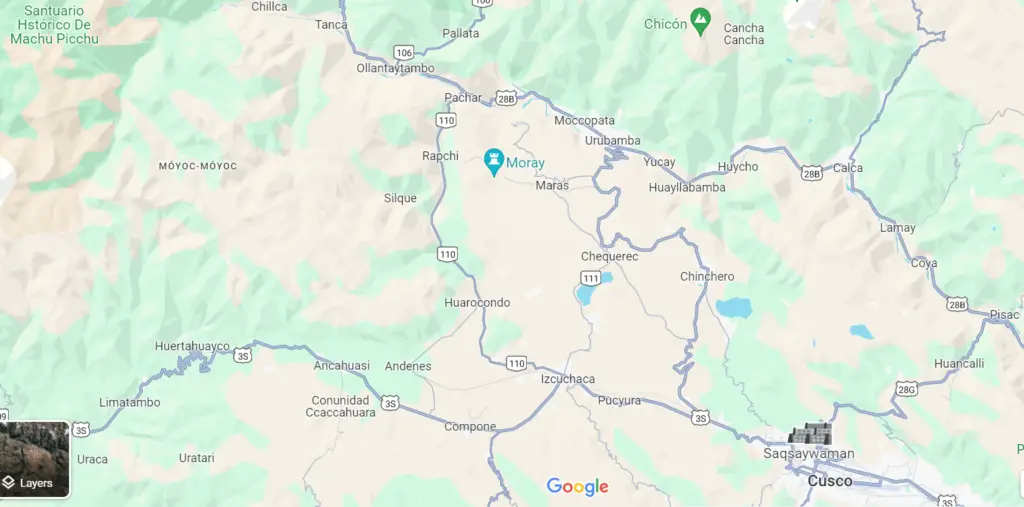
There are many sites to see in a day, so some tours may prioritise some sites or activities over others. For example, some may take you to Pisac’s market but not its Inca ruins. It’s worth shopping around to decide which towns and activities are of most interest to you.
Pisac
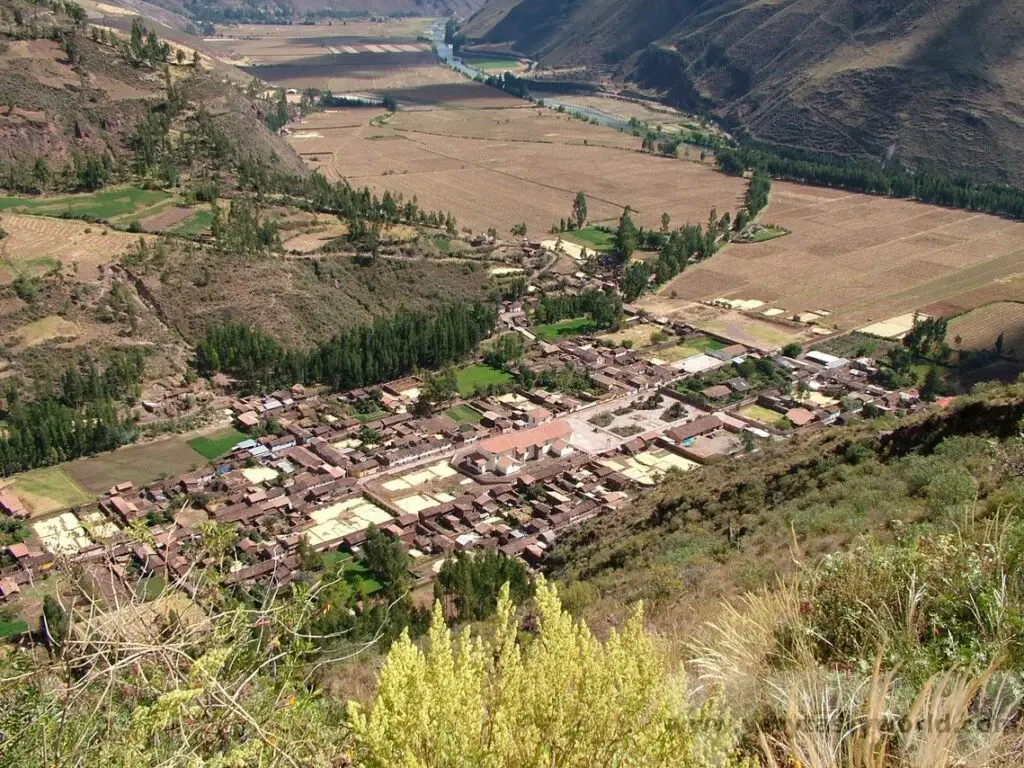
This town nestled in the Sacred Valley is famous for its market, the largest in the region. Officially it was a Sunday market but it is so popular that it runs pretty much every day. It is a bit touristy but if you are after souvenirs – and you like shopping – it is worth a visit. Arrive as early as possible to avoid the crowds.
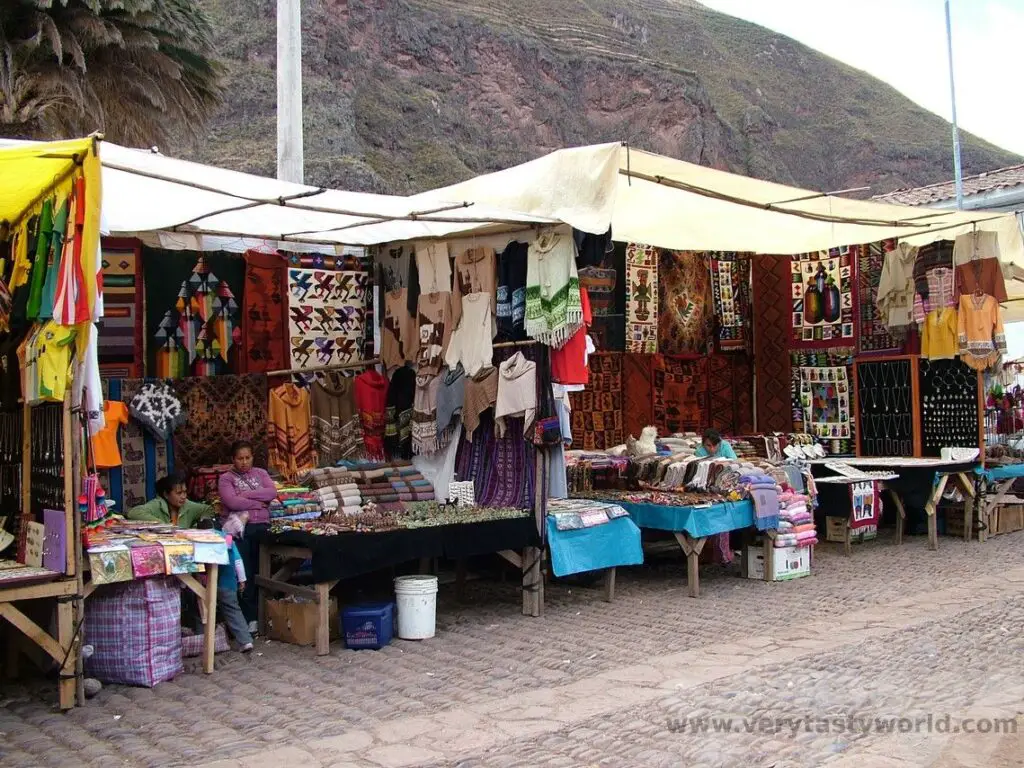
Pisac also has some splendid Inca ruins if you don’t want to haggle for souvenirs but check whether a visit to this site is included in the tour as some prioritise the market.
Chinchero
This is a charming village which has a lot of history and offers another blend of Inca and colonial architecture.
Túpac Yupanqui (the son of Pachacuti) who was the emperor of the Incas between 1471 and 1493, built a grand palace in this area. (Curiously, some academics believe that it was the Incas, led by Yupanqui, who discovered the Galapagos Islands. Although there is no evidence for this, it does reflect the vastness of the Inca empire in its heyday.) The terraces were used for agricultural purposes.
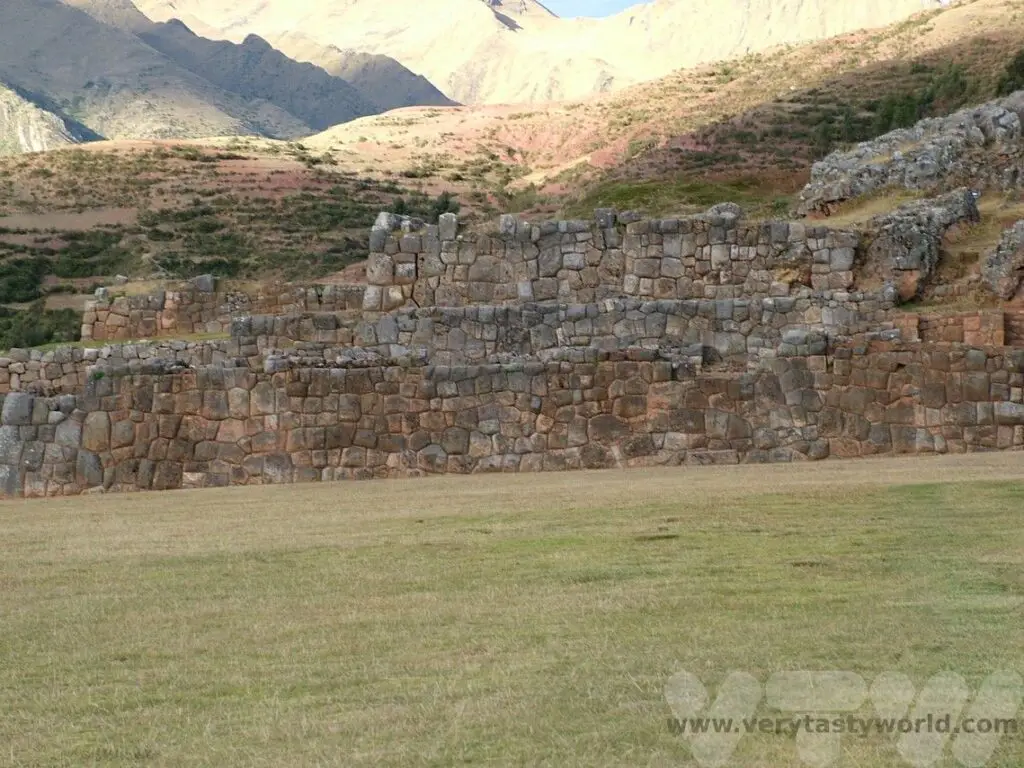
The walls with multi-angular and trapezoidal stones perfectly illustrate the complexity and sophistication of the Inca construction techniques.
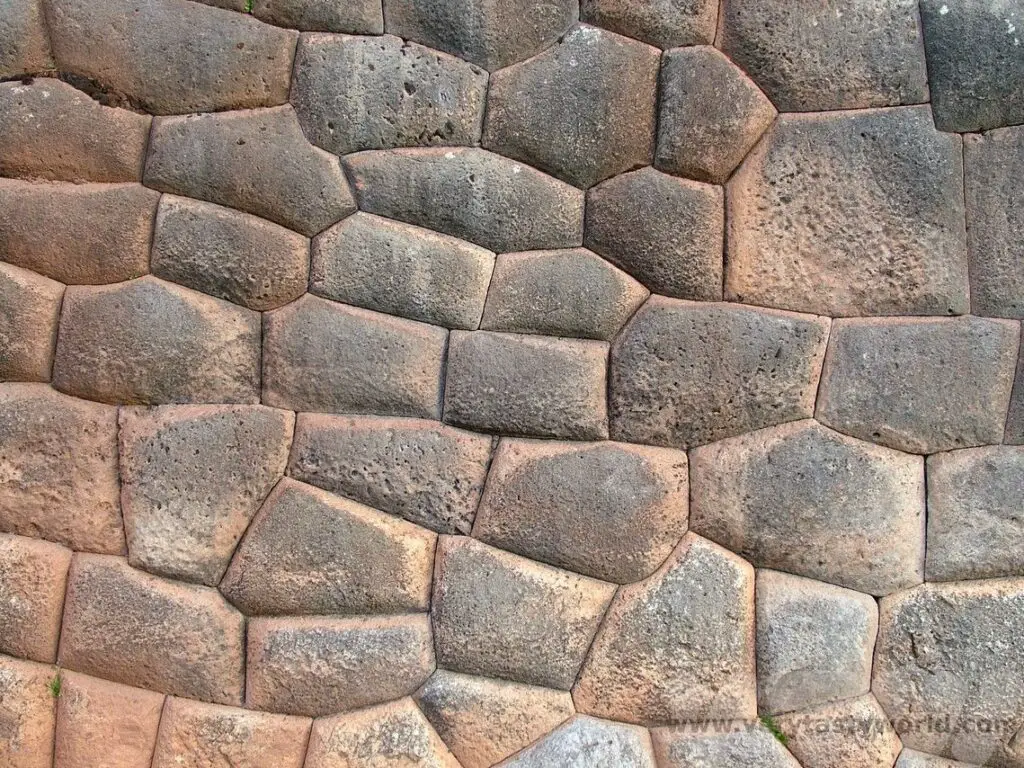
Chinchero was destroyed by rebel Manco Inca, who set it alight in 1540 in order not to leave any resources for the Spanish conquistadors, as he retreated from their unwavering advance.
When the Spanish finally settled in this town they built the Church of Our Lady of Monserrat on the remains of Yupanqui’s grand residence. It uses some of the Inca palace walls for its foundations and very much reflects the way that the cultures have integrated over the centuries.
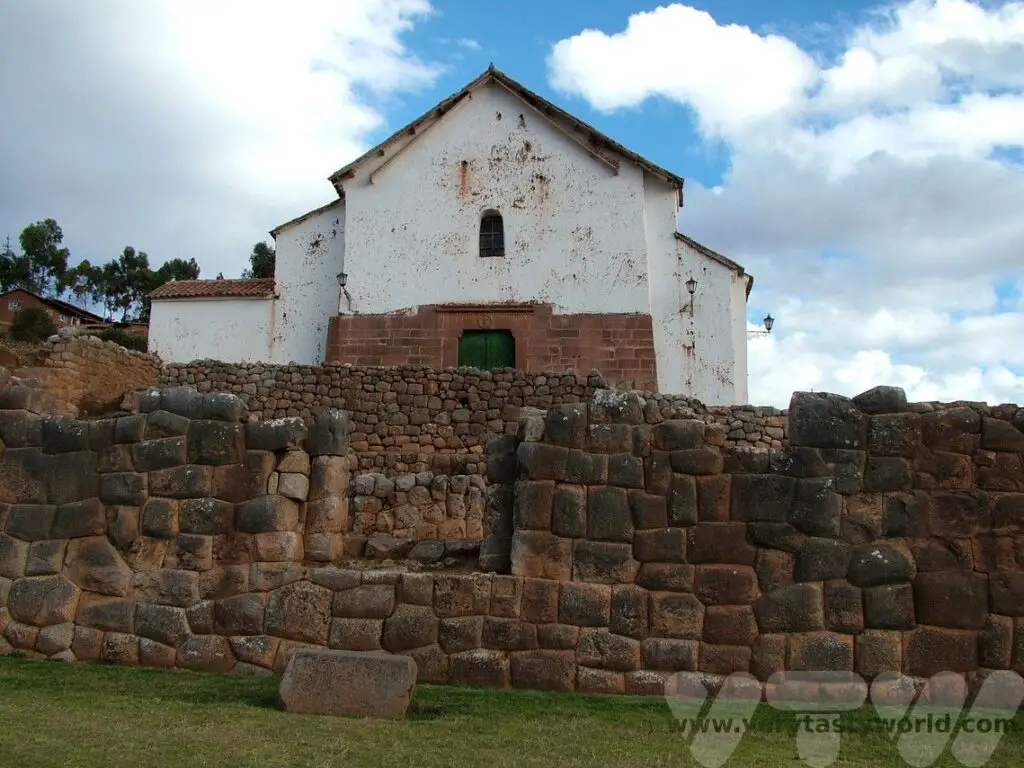
The church contains some of the best religious art in the region.
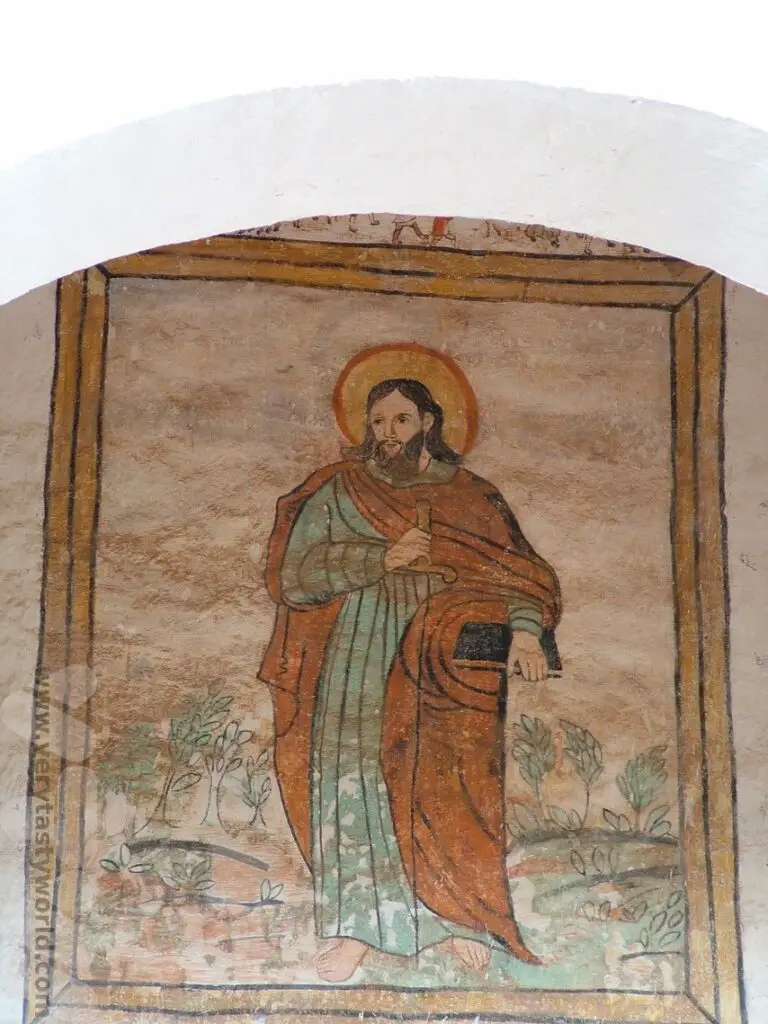
Also a centre for textiles, you may see the local women weaving colourful cloth in the streets of Chinchero. It’s very much a community working together as a co-operative.
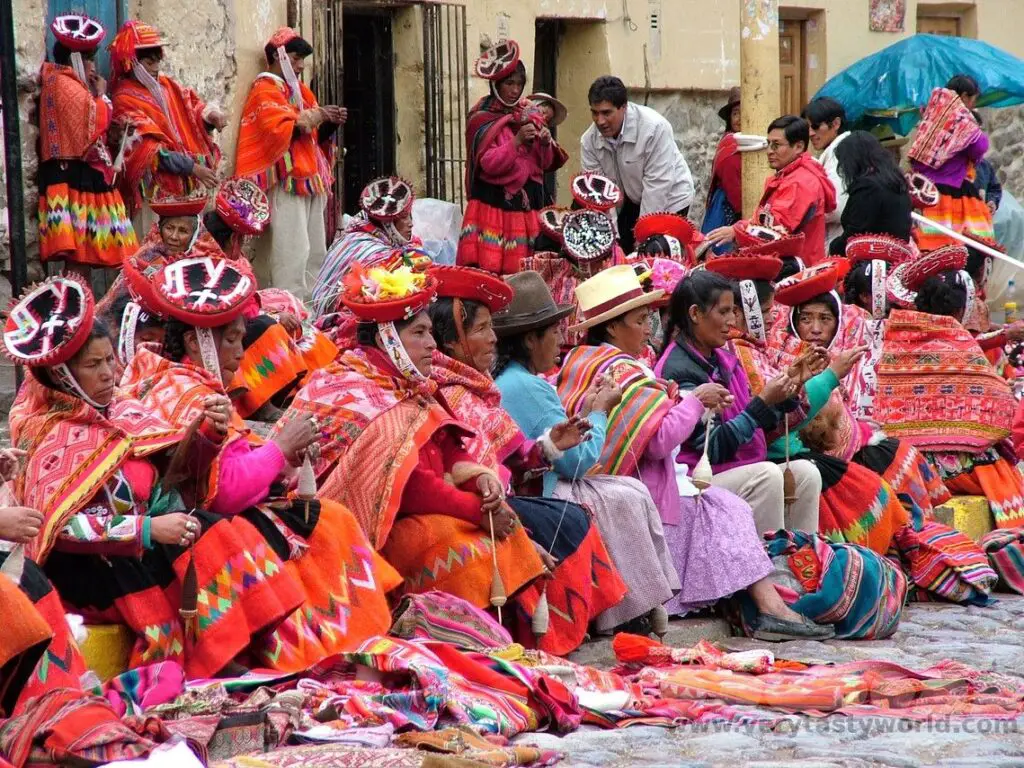
Ollantaytambo
The furthest town from Cusco on this day trip, located about 60 km away (and around 2/3 of the way to Machu Picchu as the crow flies), Ollantaytambo was established by Inca emperor Pachacuti and served as his royal residence.
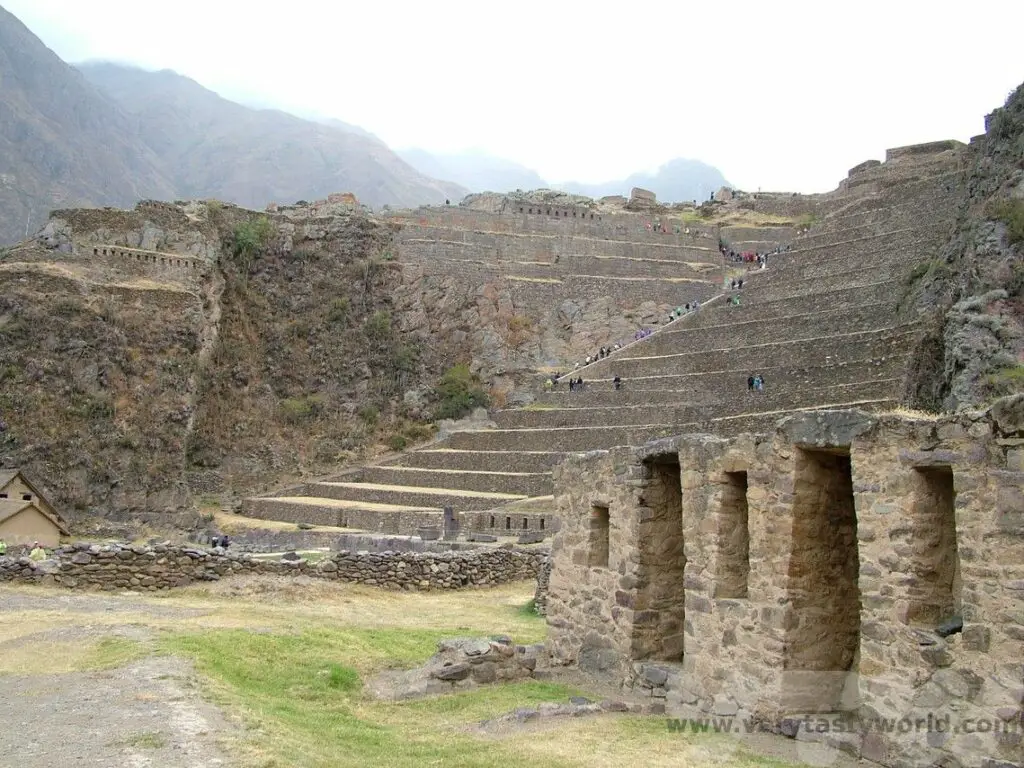
Ollantaytambo’s ruins are extremely well preserved and reflect the agricultural practices of the Incas in this area, notably the quality of the construction due to their prestigious status. The terraces are very well constructed, with high walls, and they scale the tall mountain. This has a practical effect which ensures that the Inca could grow many types of crops which flourished under the different micro-climates on the terraces.
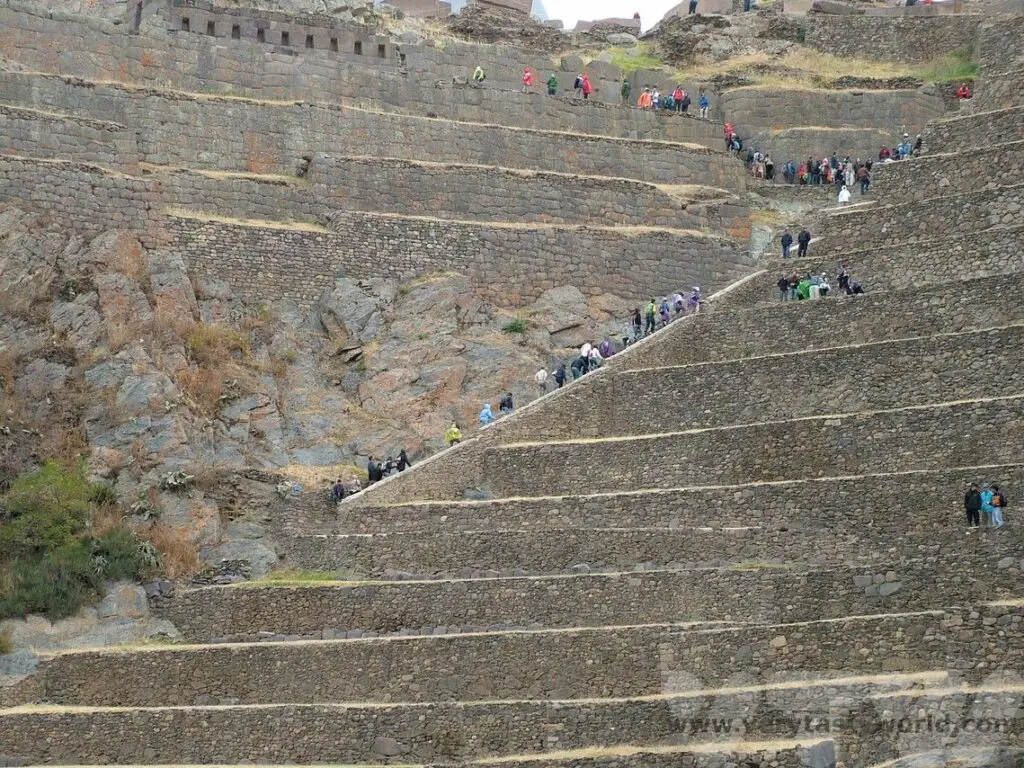
Storehouses for food can also be seen.

Ollantaytambo was the last bastion of the rebel Manco Inca Yupanqui who led the resistance against the Spanish conquistadors. After Cusco had fallen Manco Inca successfully blocked a Spanish expedition and defended Ollantaytambo, but was unable to hold his position. He eventually retreated into the jungle of Vilcabamba and became the leader of the Neo-Inca state.
There are a number of other interesting sites to visit. These include the salt pans of the Salinas de Maras and the concentric terraces at Moray, thought to be a location where the Inca experimented with growing particular crops. If you’re feeling active, whitewater rafting on the Urubamba River is a popular activity.
Essential Drinks to Try in the Sacred Valley
Peru is deservedly cited as having one of the world’s most interesting cuisines with all sorts of delicious delicacies to taste all over the country. But we also enjoyed some typically Peruvian drinks whilst visiting the Sacred Valley.
Chicha
If you see a flagpole outside a local house, this represents a chicha place where you can try a glass of corn beer. You are welcome to come in and buy some for a modest price.
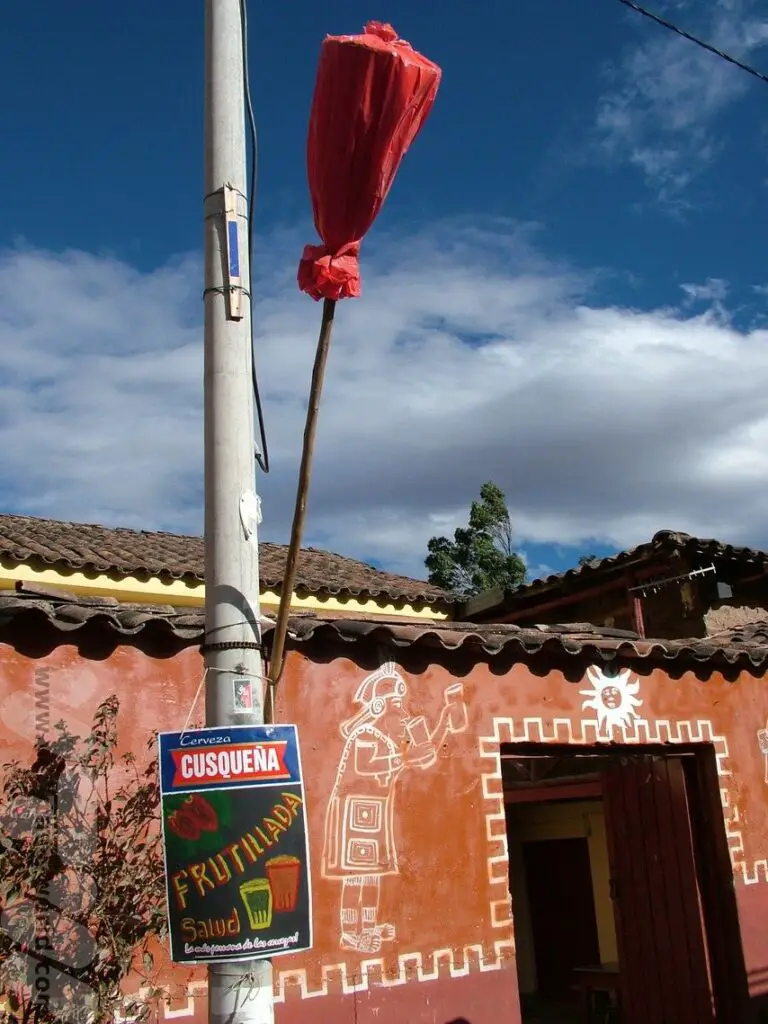
Chicha is brewed from maize and fermented in earthenware vats. It’s usually made by the women of the family and can provide a good income for the household.
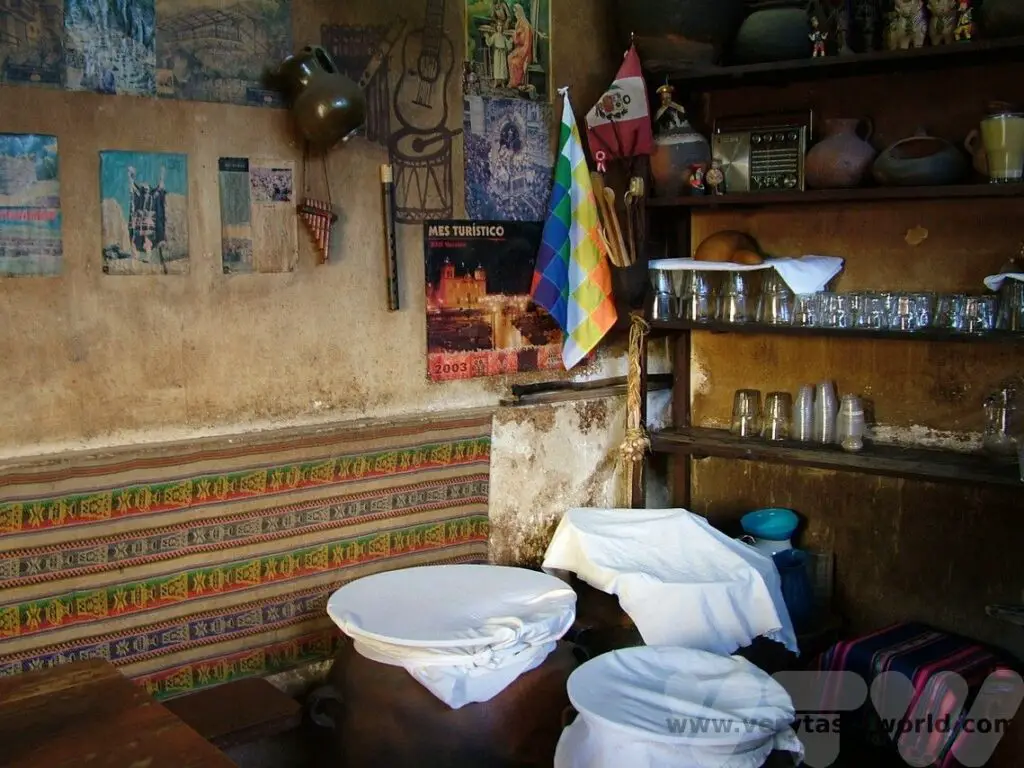
Chicha made in a very similar way to standard beer but it uses maize/corn instead of barley. It is a very special drink that had a huge cultural importance to the Inca people. It’s not very alcoholic – about 3-5% – but it is very refreshing and tasty too.
Chicha de jora is made from yellow maize and chicha morada from purple corn, with fruit such as pineapple or strawberry added with spices such as cinnamon or cloves to add flavour. Both types of beer have a glorious colour.
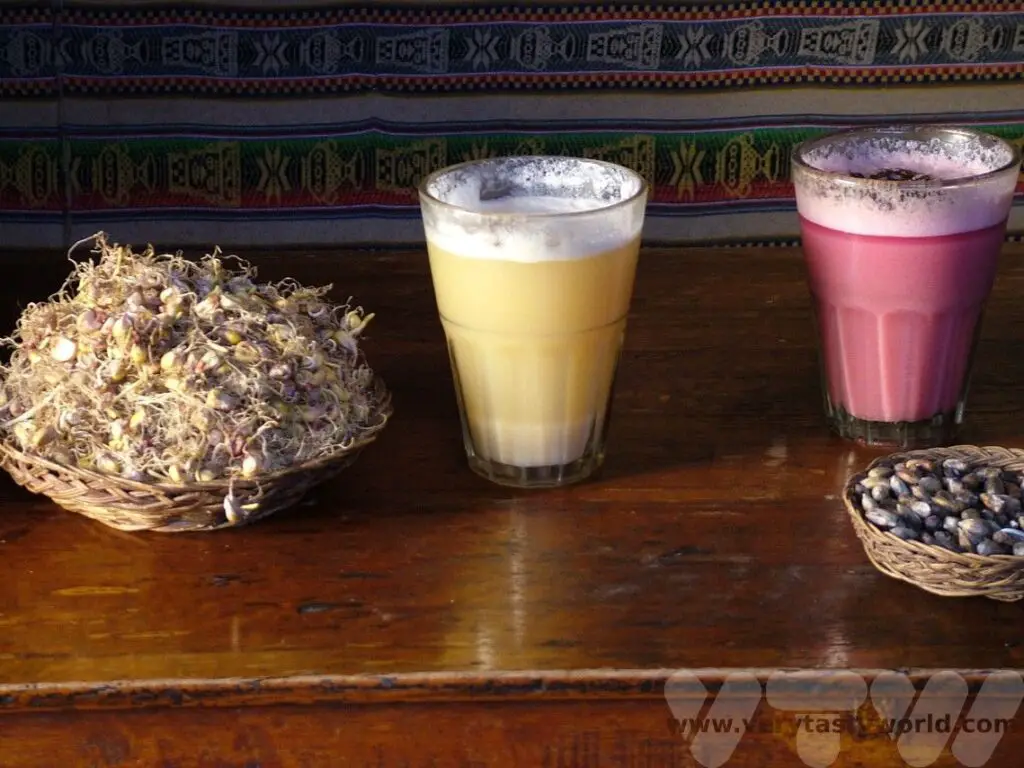
Coca Tea
At altitude you really notice the thinner air and the lack of oxygen. You may not feel it initially but climbing a seemingly innocuous flight of stairs, even a single storey, can leave you puffing and panting and wondering whether you need to be working out more. Some people have more serious reactions which include headaches, nausea, tiredness and dizziness. There is no knowing whether you are likely to suffer from altitude sickness, and fitness isn’t a factor – it seems as though either you are or you aren’t susceptible. If you do feel poorly, stop and rest. Make sure you are well hydrated. Avoid consuming alcohol and smoking.
One local remedy that is reputed to help with mild symptoms is coca tea. It won’t cure altitude sickness but apparently helps alleviate the headaches. (It’s not recommended for those with high blood pressure, heart problems or diabetes.) And as acute mountain sickness can be fatal – if symptoms get worse, seek medical advice immediately.
Our hotel had free coca tea available all the time and this is the case with most accommodation in the city. A nice cup of hot tea after a morning or afternoon’s sightseeing was always welcome. The tea is brewed from the leaves of the coca plant, which the Incas considered to be sacred. It’s not tannic and has a pleasing flavour, a mild, refreshing taste that is a bit like green tea.
You can buy coca tea bags in Peru to bring home. They last ages and can still be enjoyed at altitudes much closer to sea level.
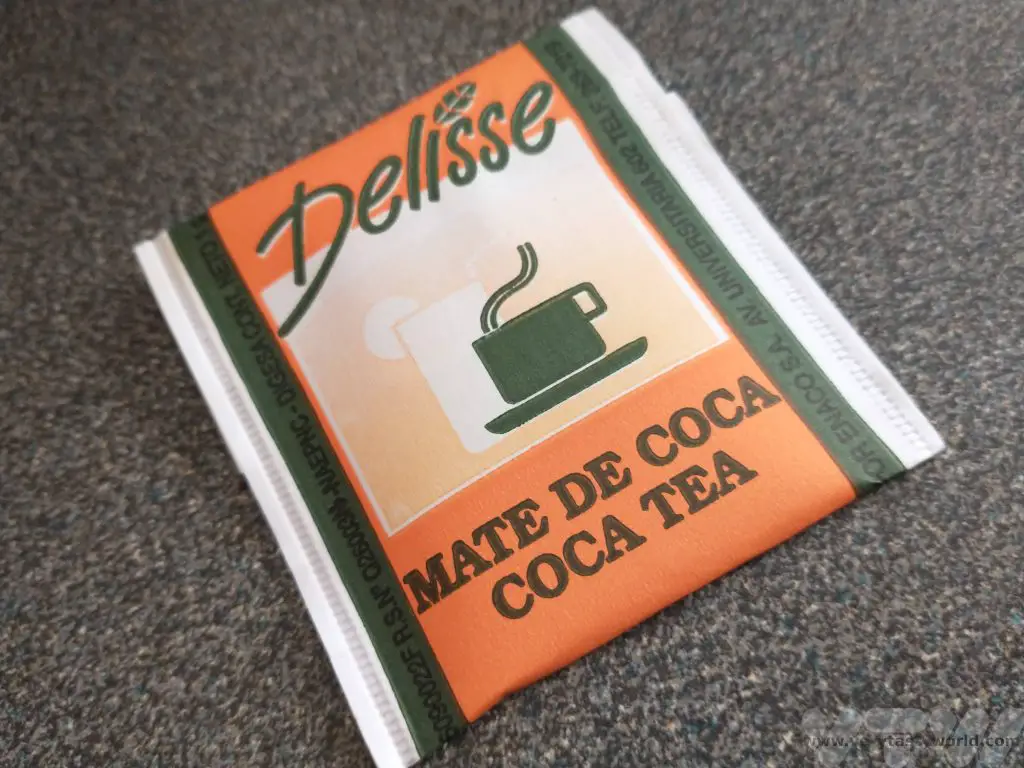
Just brew them as you would any cup of tea: teabag in a cup, add boiling water, steep to the strength you like, sit back, put your feet up and quaff.
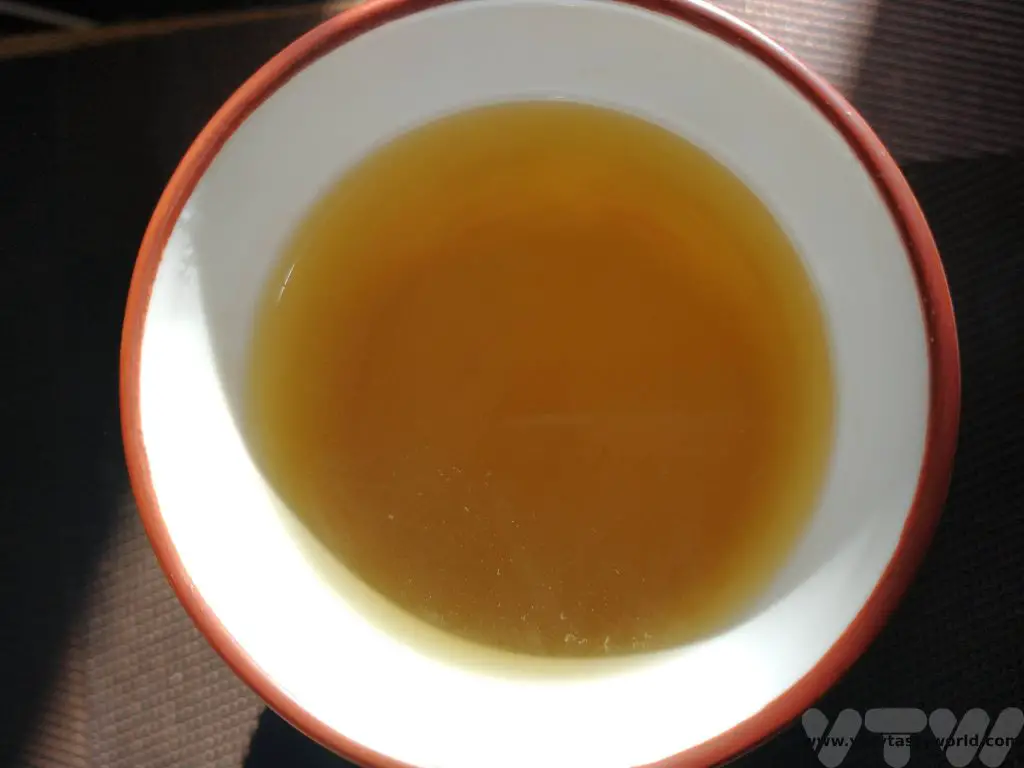
Although often considered to be the gateway to Machu Picchu, Cusco and the Sacred Valley have so much to offer the visitor. It is definitely worth spending time in this area, not only to acclimatise to the altitude, but also to explore and discover more of the region’s fascinating history and culture.
Related Posts You May Enjoy

- Best Time To Visit Machu Picchu 2024 Update
- A 2 Week Patagonia Itinerary
- Day of the Dead in Campeche
- A Galapagos Land Based Itinerary
- RECIPE: How to Make Costa Rica’s Gallo Pinto
- A Tasty Puebla Food Tour
- Costa Rica Wildlife Sanctuary – Caño Negro
- Visit Torres del Paine National Park in Patagonia
- Atacama Desert Itinerary
Ultimate Laos Coffee In Vientiane
We’re not really fans of coffee culture. We love coffee but we like to keep it simple: brew it “black as midnight on a moonless night,” to quote the wonderful 1990s (revived in 2017) TV series Twin Peaks, a show that relished “damn fine coffee.” When we visited a local barista in Lao’s capital Vientiane we didn’t have very high expectations of the drink we were about to be offered. But we ended up being very pleasantly surprised.
Laos Coffee In Five Easy Steps
Step 1: Make sure you don’t plan to sleep for any time within the next 8 hours.
Step 2: Our barista had a basic coffee filter set up. She brewed a very strong brew…
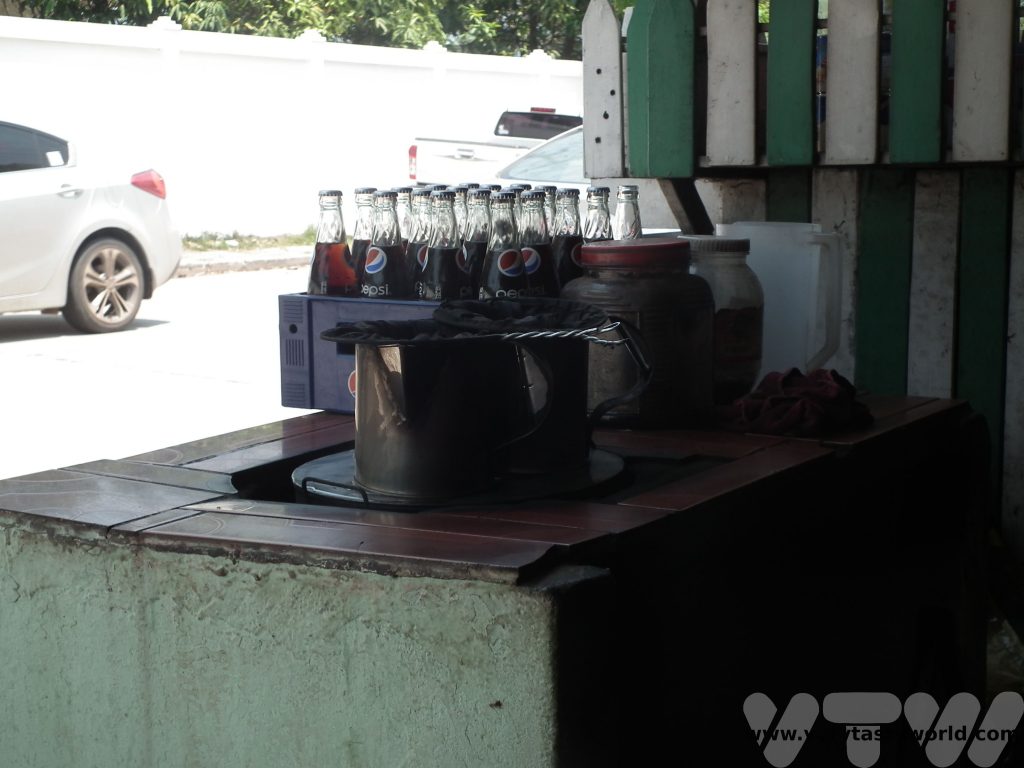
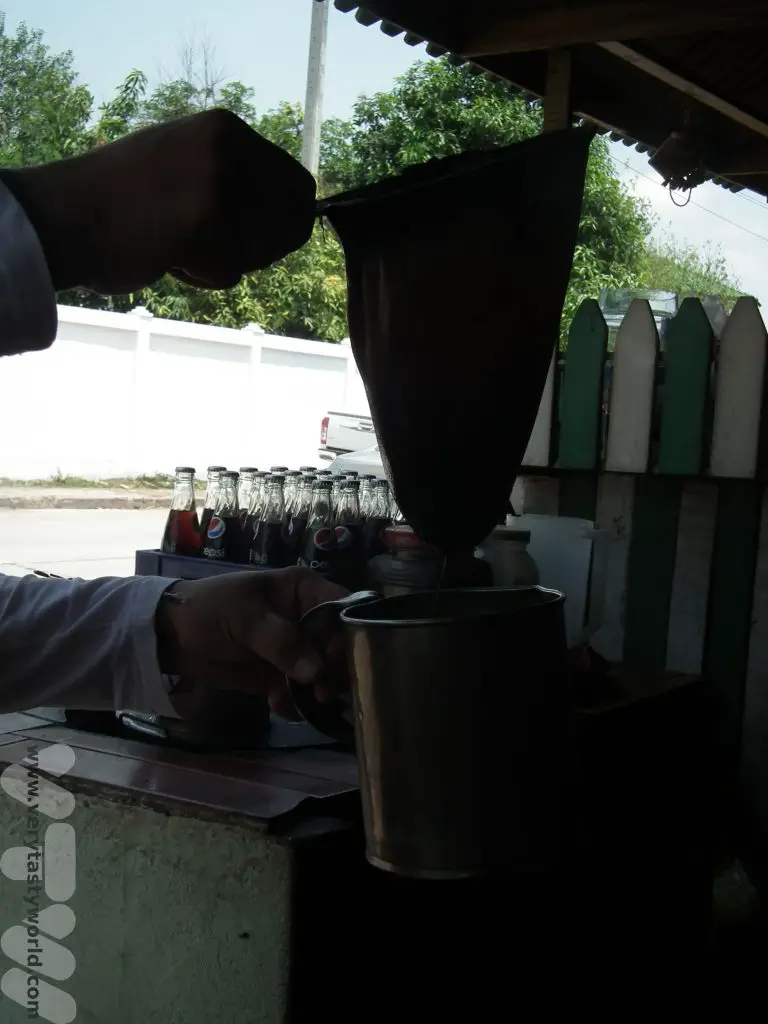
Step 3: Brewed, of course, into a can of condensed milk which is milk plus, plus, plus: thick, smooth, creamy and outrageously sweet. Yes, that is an entire can of sweet, syrupy, gloopy, delicious condensed milk.
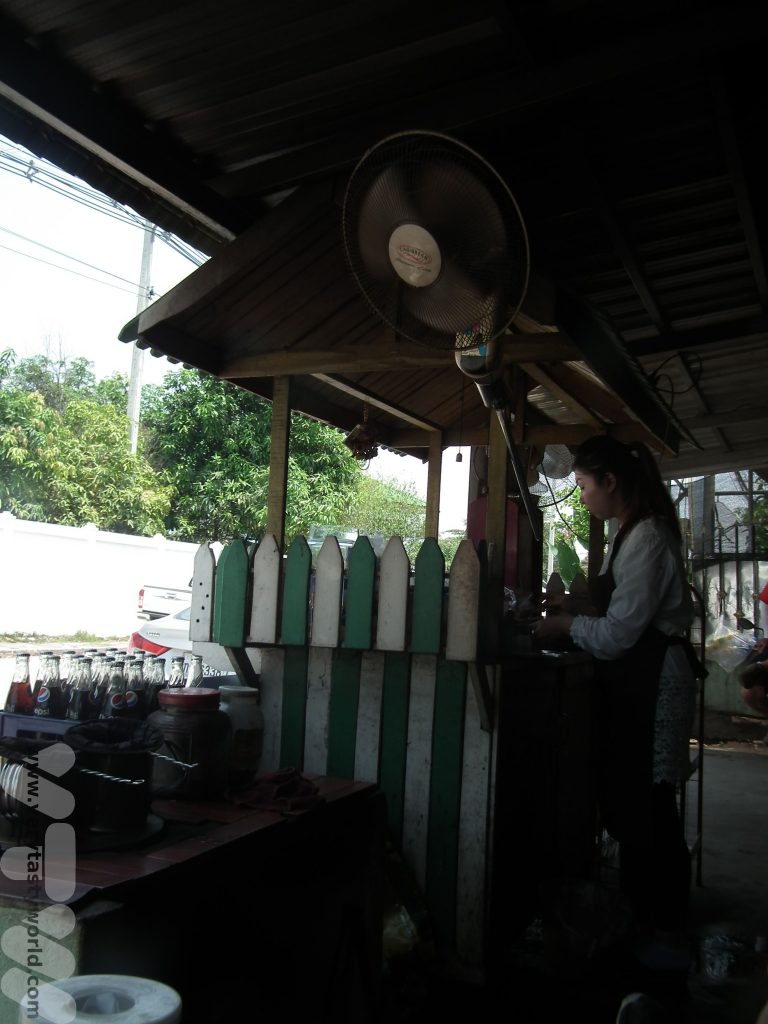
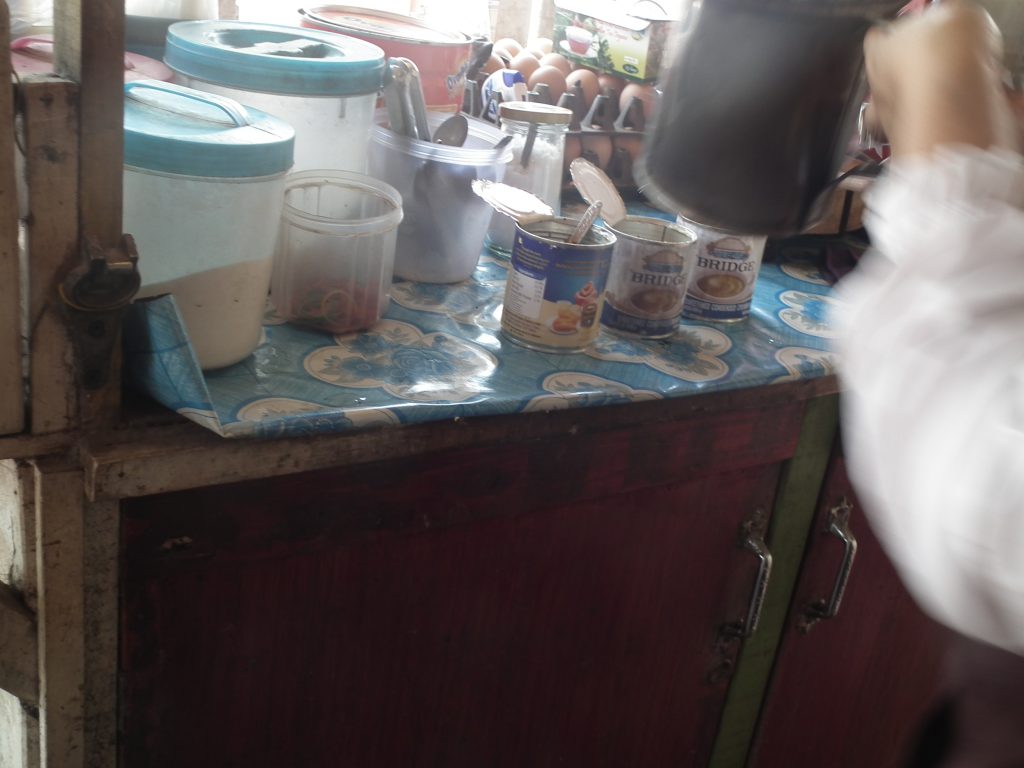
Step 4: Don’t forget that it’s a lovely day. The weather is HOT. Why would you want a hot coffee on a hot and humid day? Of course you would actually want your coffee to be cold! Fill a mug with ice.
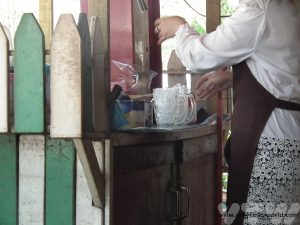
Step 5: Pour the delicious coffee/condensed milk mixture on top. If you want a sugar rush on top of the caffeine, add a tablespoon or so of sugar. Stir, then serve.
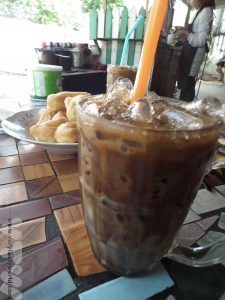
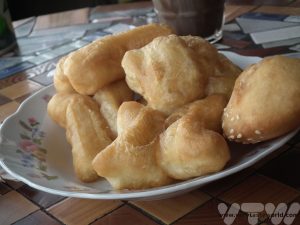
Just in case you aren’t consuming enough calories, why not enjoy some scrummy home-made doughnuts which are a delightful accompaniment to the Lao coffee.
Beats anything by any of the big coffee chains any day of the week. Delish!
But what was really nice about this experience that after making Ultimate Coffee for us our barista settled down to eat her lunch inside her house (just beyond the shop front) with her mum. They offered us some to try – it was frog stew: whole frogs in a spicy sauce with lots of fresh herbs. It was very good indeed. Really.
Related Posts You May Enjoy

